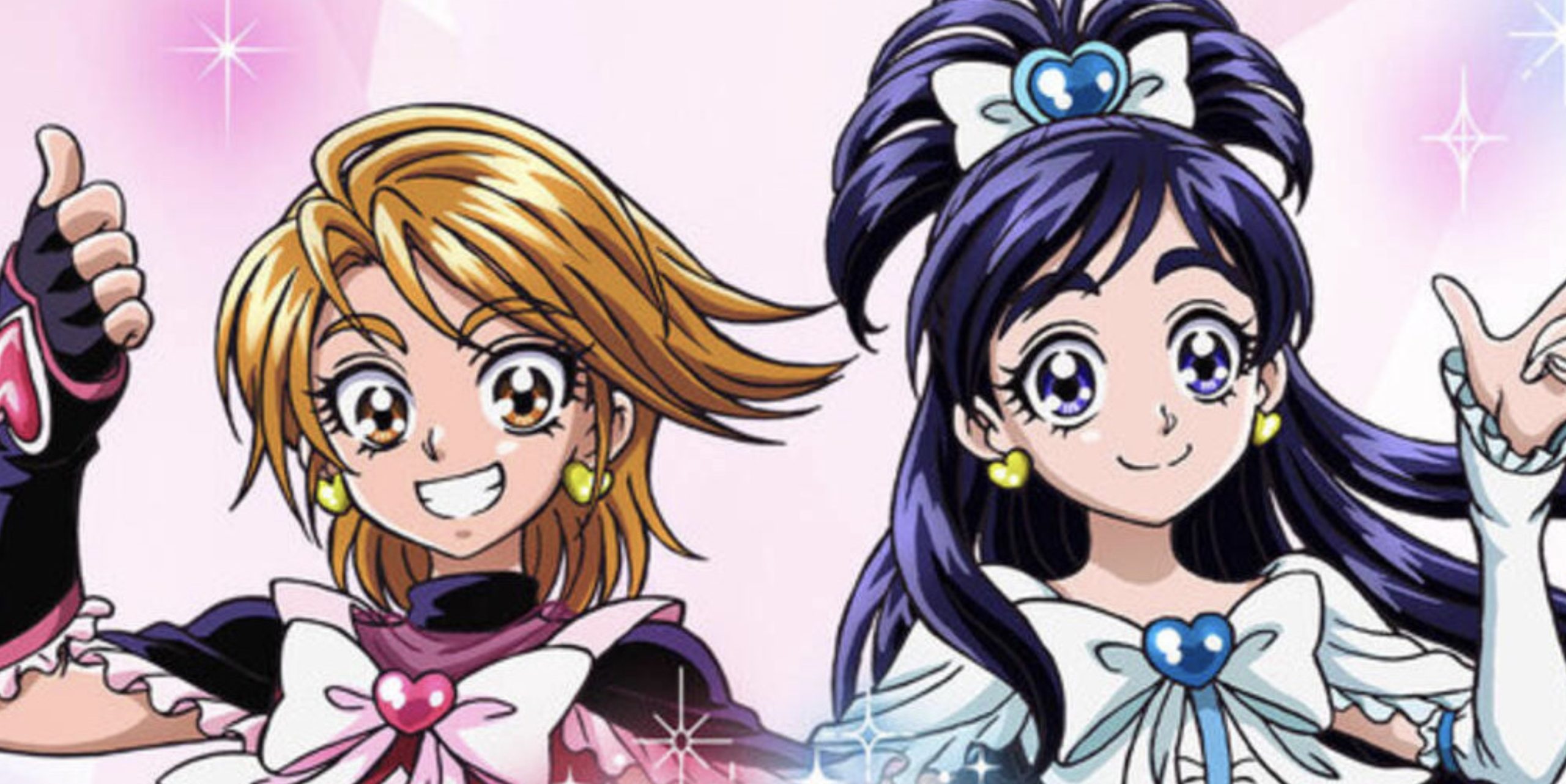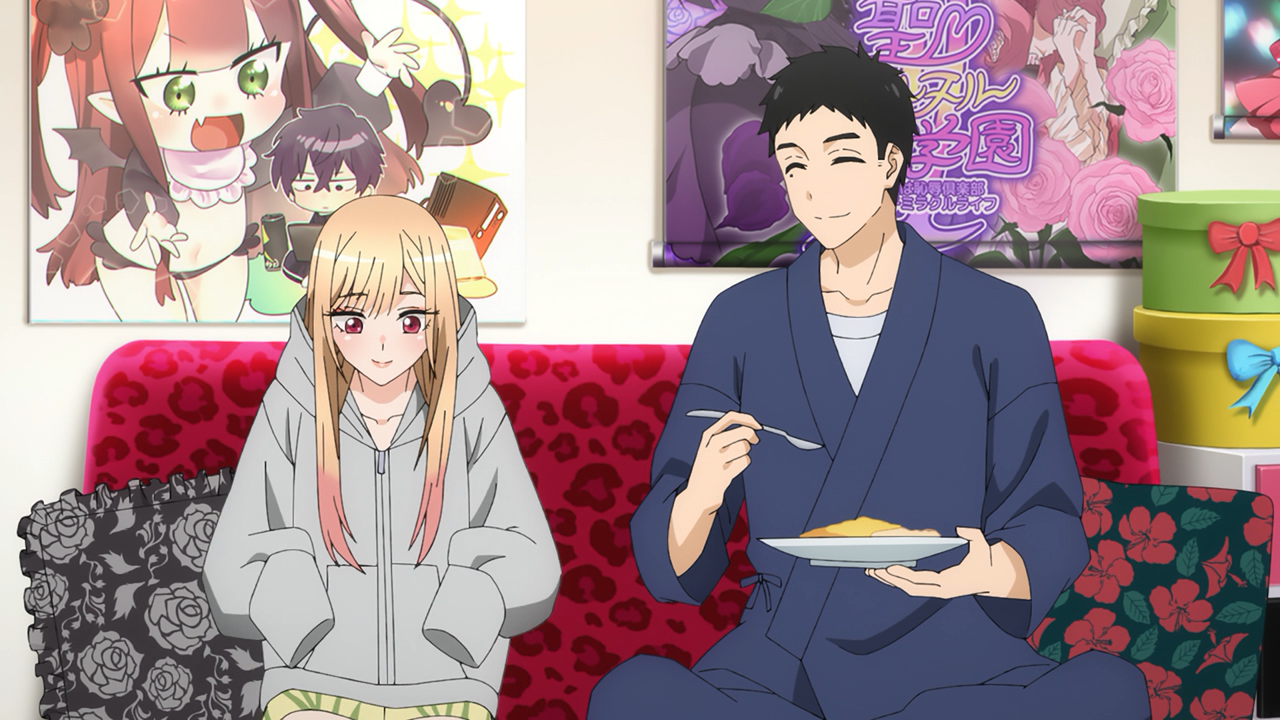The anime industry has grown exponentially since its early beginnings. Widespread access through both streaming services and traditional broadcasters has helped the medium flourish, transforming it into one of Japan’s most impactful cultural exports. What was once a niche fascination has become a thriving, multibillion-dollar market that shows no signs of slowing down.
Even the most passionate fans struggle to keep up with the steady stream of new titles. As anime continues expanding into global markets, the sheer volume of content available often feels overwhelming — yet that same abundance is what sustains the industry’s incredible momentum and widespread appeal.
While there are many ways to assess the impact of an anime, commercial results remain the clearest indicator. Franchises that consistently pull in high earnings tend to mirror cultural currents, with their popularity rising or falling depending on new releases or prolonged inactivity.
Considering this ever-shifting scene, the roster of top-grossing anime franchises continues to evolve. With fresh data and renewed interest, five more series have been added to the list of industry giants, showing how financial triumph often reflects deeper fan devotion and global relevance.
15. Pretty Cure
While Pretty Cure may not enjoy the same level of recognition globally as it does in Japan, it stands tall as one of the nation’s most lucrative anime franchises.
Despite emerging on the scene long after the magical girl craze had waned, Pretty Cure made an immediate impact upon its debut in 2004, swiftly asserting itself as the dominant force in magical girl anime throughout the 2000s.
The bulk of Pretty Cure’s revenue stemmed from its extensive range of merchandise, raking in an impressive sum of nearly $9 billion solely through sales. A key factor in its enduring success and dedicated fanbase lies in its accessibility.
Each new installment of Pretty Cure caters to a fresh generation of viewers, ensuring the franchise’s perpetual relevance in the high-grossing anime.
While its sales figures are certainly commendable, Pretty Cure finds itself at the lower end of the spectrum among the top earners despite amassing a substantial $8 billion in revenue.
14. Demon Slayer
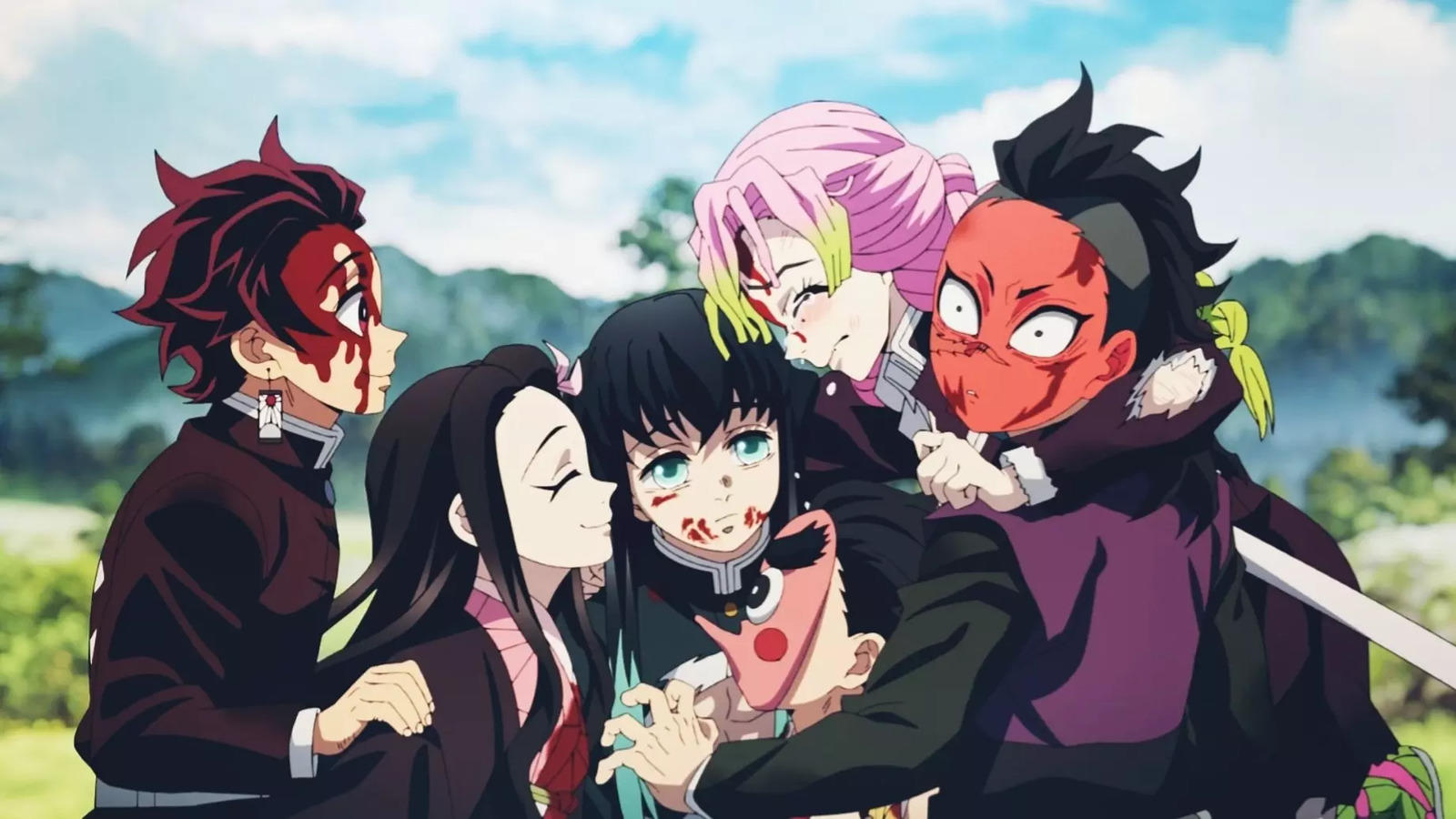
Demon Slayer stands out as the lone contender from the 2010s to secure a spot among the highest-grossing anime of all time. A fusion of impeccable animation, gripping narrative, and fortuitous timing propelled this standout series from a surprise hit in 2019 to a powerhouse of profitability in the anime world.
The immense success of Demon Slayer not only raised its status but also catapulted the original manga by author Koyoharu Gotouge to the summit of best-seller lists.
At present, Demon Slayer boasts a staggering global sales figure exceeding 150 million manga volumes. Its formidable net worth is further augmented by stellar television and streaming ratings, while its cultural and political relevance only serves to enhance its already illustrious reputation.

With the anime adaptation still ongoing, Demon Slayer’s financial success is poised to ascend even higher before it reaches its much-anticipated end.
Demon Slayer carries a sharp emotional edge from the very start. It’s a tale about family, sorrow, and perseverance, framed by stunning visuals and memorable characters. At its core is Tanjiro Kamado, a kind-hearted boy whose life changes drastically when demons destroy his family, leaving only his sister, Nezuko—transformed into a demon herself.

The story begins with quiet mountain life. Tanjiro, the eldest sibling, supports his family by selling charcoal. This peaceful routine is shattered when he returns home one day to find his entire family slain. The only survivor is Nezuko, but she’s no longer human. Instead of turning monstrous, she clings to what remains of her humanity.
This powerful emotional hook sets the tone. Tanjiro’s pain is immediate, and his compassion is unwavering. Rather than seeking revenge, his goal is to save Nezuko. This sets him apart from other shonen leads who often pursue vengeance. His journey is rooted in love and hope, which gives the series its emotional warmth.

Tanjiro enters the Demon Slayer Corps, a secret organization that hunts demons across Japan. His training is harsh, and the path is full of loss. Along the way, he meets allies like Zenitsu and Inosuke. Their personalities differ drastically, but they create a dynamic team full of tension, humor, and heart.
Zenitsu is fearful, constantly trembling, but reveals great power when unconscious. Inosuke is brash and wild, wearing a boar’s head and charging into danger. Their exaggerated quirks create contrast against Tanjiro’s calm and gentle nature. Despite the comedic interactions, each character has painful backstories that slowly unfold over time.
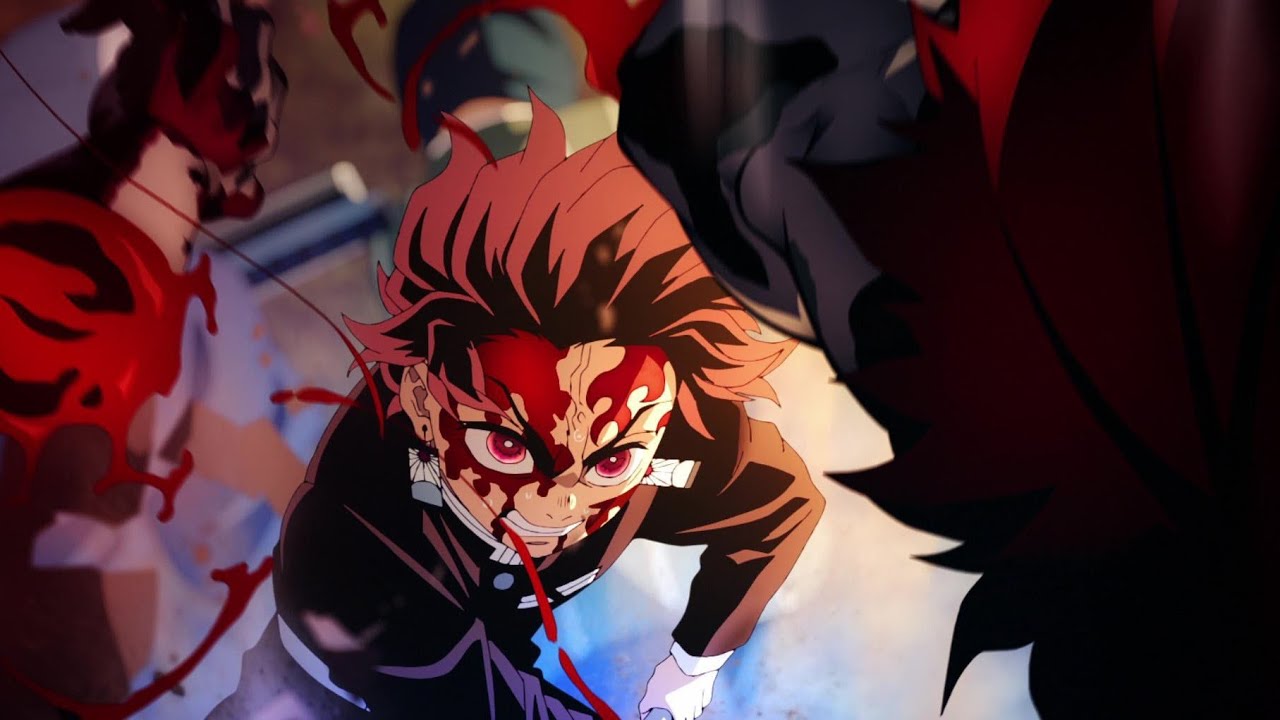
What Demon Slayer handles well is emotional layering. Even demons are given sympathy. Instead of being portrayed as pure evil, they often have tragic pasts. As Tanjiro battles them, he shows empathy, sometimes holding their hands as they fade into ash. These moments build a strong sense of humanity within the violence.
Visually, the anime is breathtaking. The animation, especially during battles, sets a high standard. Ufotable’s direction uses vibrant colors, flowing movement, and artistic effects that mimic brush strokes or water flow. Each fight becomes a visual spectacle, especially when breathing techniques are unleashed in full force.
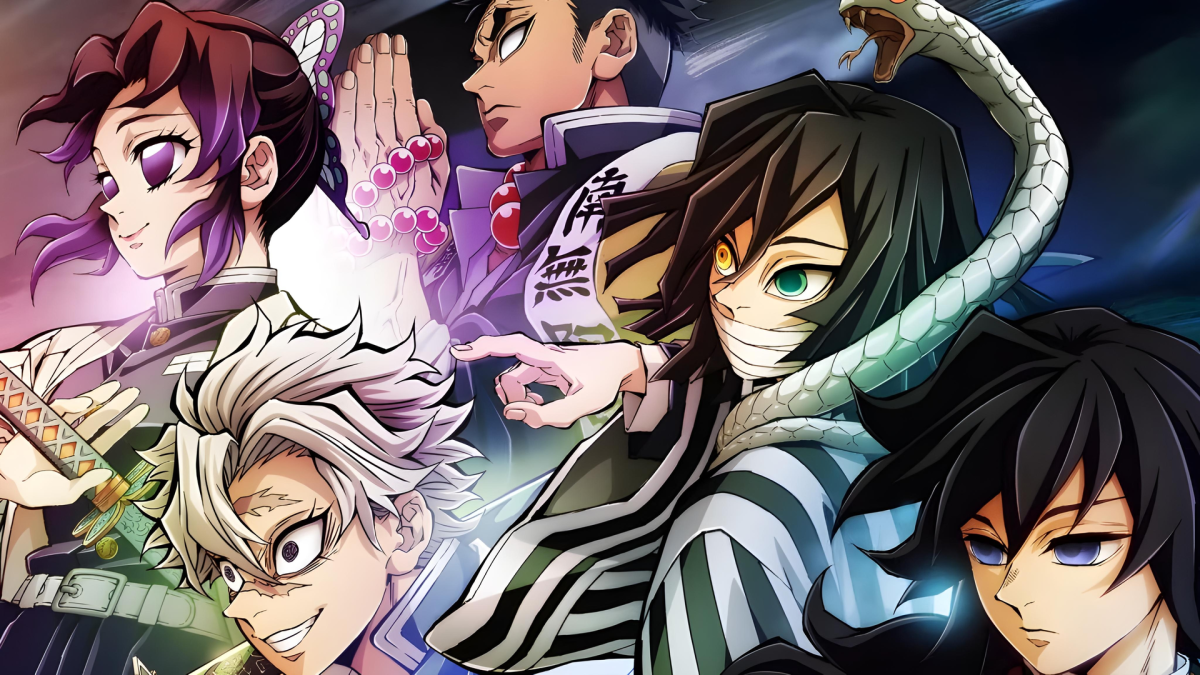
The Water Breathing forms, used by Tanjiro, have a graceful and elegant quality. Flame Breathing, Thunder Breathing, and other styles bring their own aesthetics. These abilities don’t just look good—they’re symbolic of each user’s spirit. It’s not about flashy power, but the emotion and discipline behind every move.
One of the standout arcs is the Mugen Train storyline. This arc transitions seamlessly from television to film, showcasing not only top-tier animation but a heart-wrenching emotional climax. The introduction of Kyojuro Rengoku, the Flame Hashira, adds a burst of energy and honor that leaves a deep impression.
Rengoku’s final moments are not just tragic—they’re inspiring. His presence reminds others what it means to live with conviction. He burns brightly, even when faced with overwhelming odds. His sacrifice stirs something in the remaining team, pushing them forward. It becomes a defining moment in Tanjiro’s development.
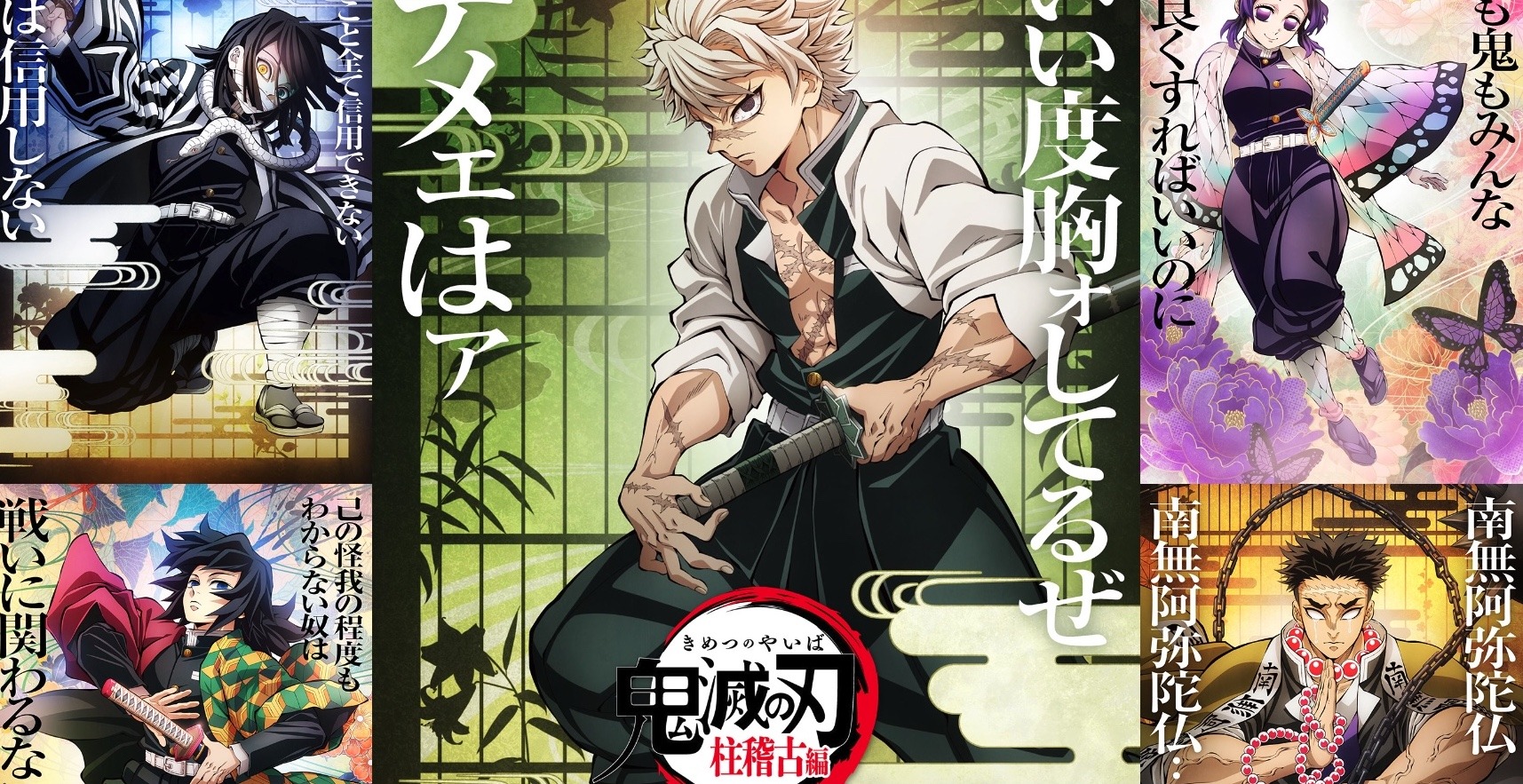
The Hashira, elite demon slayers, are a diverse group with unique fighting styles and personalities. Each represents a different aspect of the Corps, from discipline to chaos. As the story progresses, we’re gradually introduced to their lives, motivations, and past scars. This slow reveal helps build connection.
Tengen Uzui, the Sound Hashira, brings flair and bravado during the Entertainment District arc. Despite his showy nature, his dedication to his three wives and sense of duty show emotional depth. His battle against Upper Rank Six is intense, mixing humor, teamwork, and devastating consequences.
Upper Rank demons present real danger. They’re not disposable villains—they’re carefully developed, dangerous, and emotionally complex. Characters like Akaza or Daki have layered backgrounds that make battles feel more than physical contests—they’re ideological confrontations about pain, desire, and regret. Tanjiro often acts not just as a warrior, but as a witness.
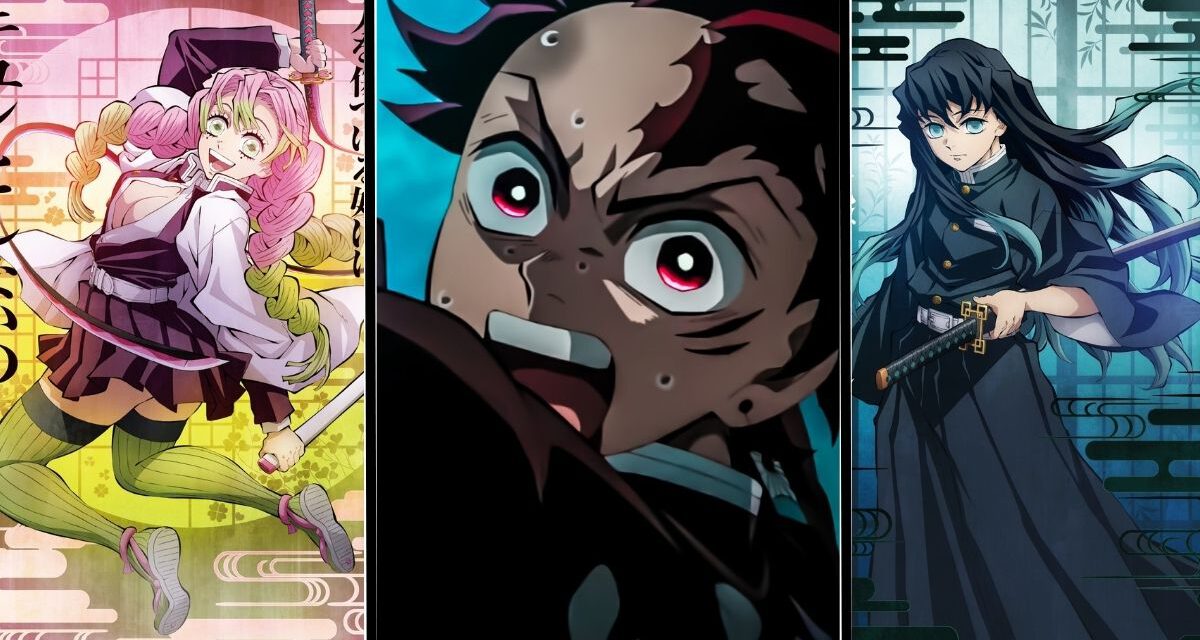
What helps Demon Slayer stand apart is its pacing. Each season progresses steadily without filler. The focus remains tight, which allows emotional weight to build without distraction. That consistency has contributed to its rapid rise in popularity, even among viewers who aren’t seasoned anime fans.
Nezuko’s role, while mostly silent, grows with time. Her strength evolves beyond brute force. She symbolizes endurance and innocence in the face of corruption. Her relationship with Tanjiro is the emotional core, a reminder that even in battle, the bond of family gives purpose to everything.
The setting, a Taisho-era Japan, adds a layer of history and atmosphere. There’s a sense of change in the air—traditional values clashing with modernization, and demons lurking beneath society’s surface. That duality gives the world texture, making it feel grounded even with supernatural elements.
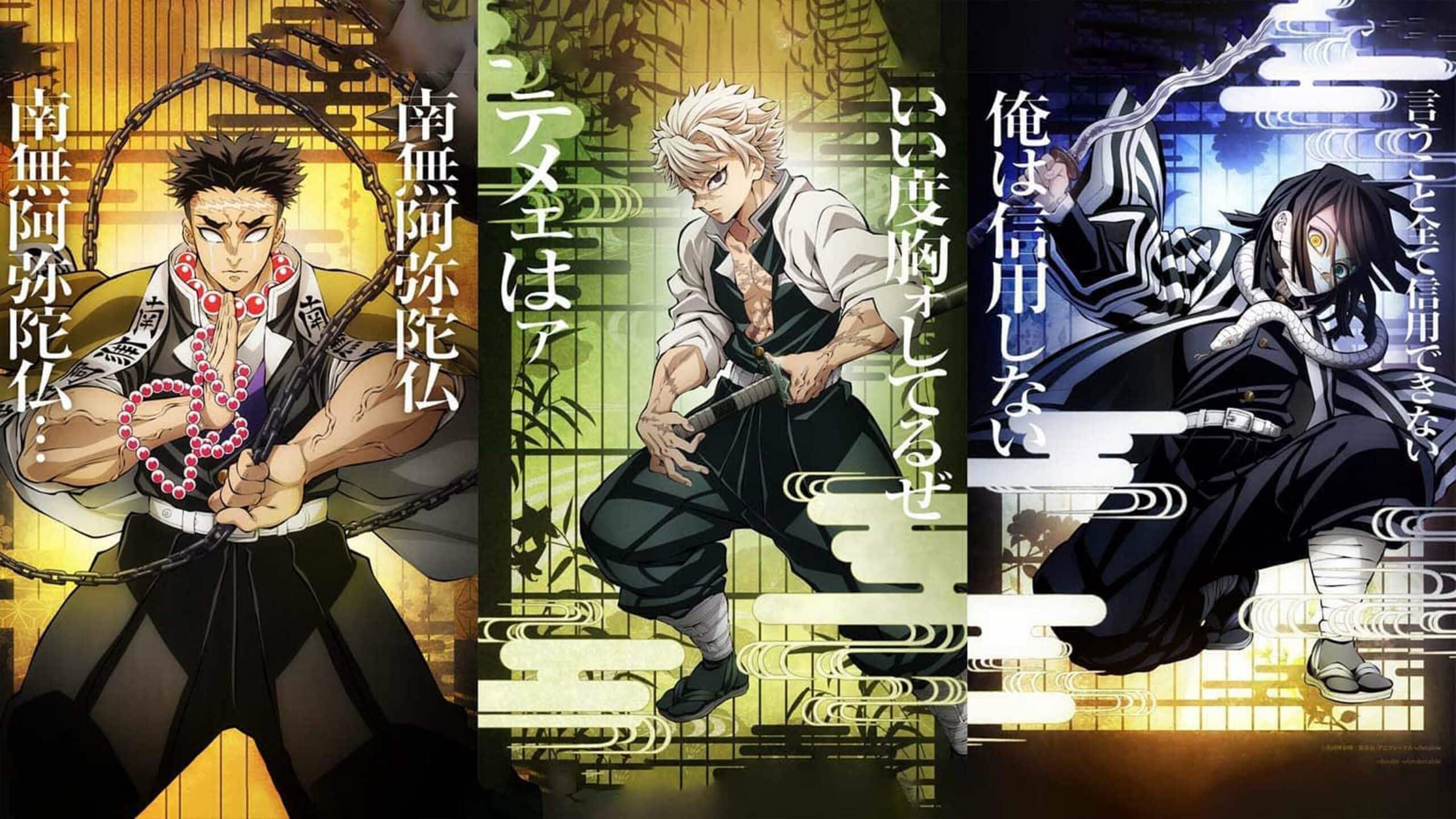
Music enhances everything. From haunting vocal pieces to adrenaline-charged battle tracks, the soundtrack shapes each scene’s tone. LiSA’s “Gurenge” and Aimer’s opening songs became hits for a reason—they reflect the story’s emotional intensity. The background score never overwhelms, but always reinforces the scene’s core feelings.
Tanjiro himself is not without flaws. He can be overly idealistic, sometimes naive. But it’s that purity that becomes his strength. He doesn’t let the horrors change his principles. He wants to believe there’s something left to save, even in the worst moments. That belief gives the show a steady heartbeat.
Demon Slayer doesn’t reinvent the genre, but it refines it. It takes familiar elements—training arcs, rivalries, power scaling—and gives them emotional substance. The animation helps, but it’s the story’s sincerity that connects. Every slash of a blade feels earned, every tear justified.
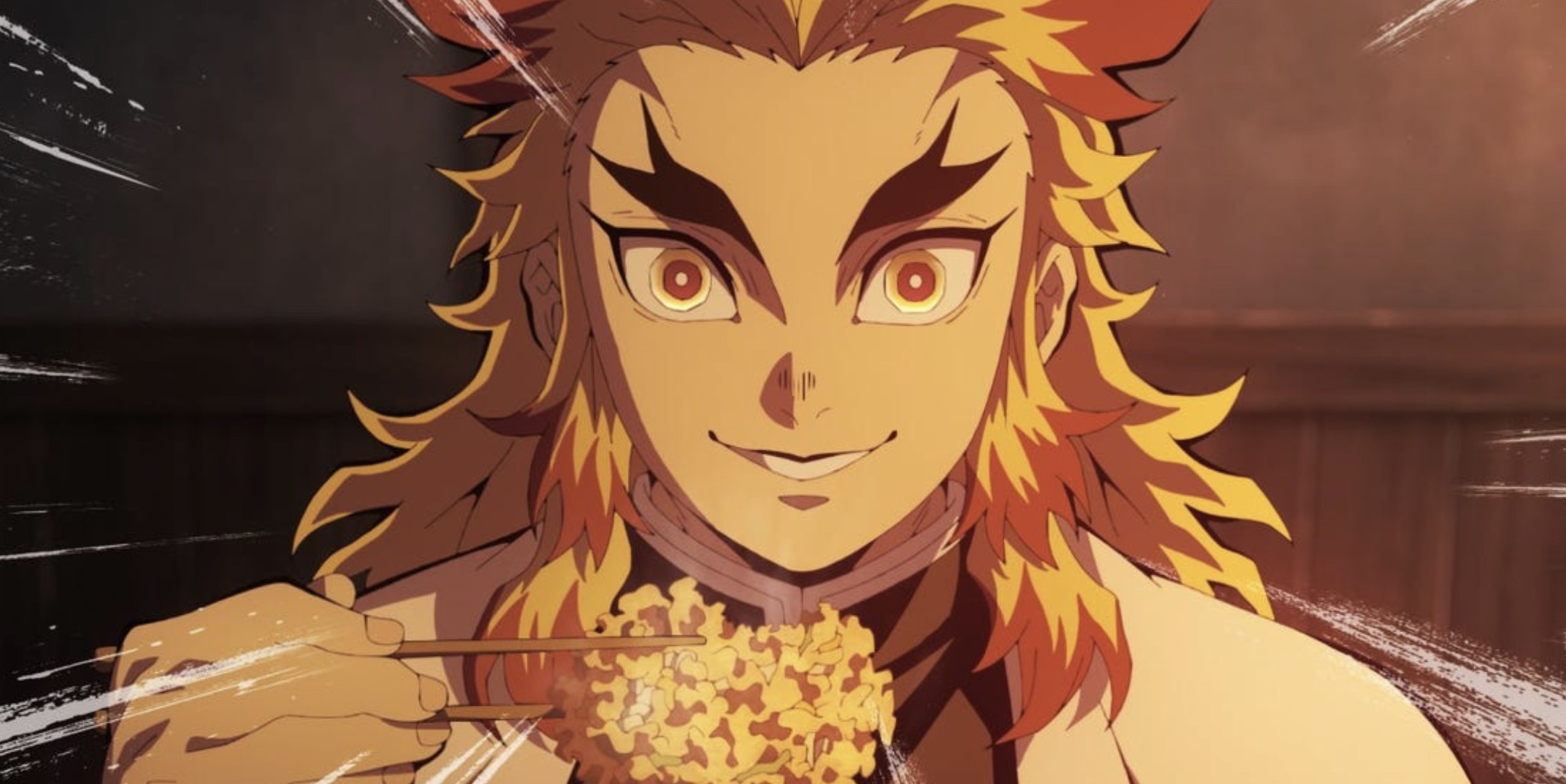
While some critics point out predictable beats or overused tropes, those aspects are often balanced by the care shown in execution. Characters aren’t just vessels for fights—they’re reflections of loss, survival, and the will to protect what matters. That emotional grounding gives Demon Slayer surprising depth.
As the series moves toward its finale, anticipation continues to build. The remaining Upper Ranks, the truth behind Muzan, and the fate of the Demon Slayer Corps promise powerful moments ahead. Fans know the end is near, but the story has built enough trust that the journey will be worth it.
At its heart, Demon Slayer reminds us of the strength that comes from compassion. It shows that even in a cruel world, kindness can cut through darkness. Through every breath and every blade, it carries a message of hope—a rare gift in a genre often focused only on strength.
13. JoJo’s Bizarre Adventure
For many English-speaking enthusiasts, JoJo’s Bizarre Adventure truly gained traction in 2012 with the release of its anime adaptation.
However, in Japan, the saga had already established itself as one of the highest-grossing anime franchises since its inception in 1987. Prior to its anime breakthrough, Hirohiko Araki’s JoJo’s Bizarre Adventure enjoyed immense success as a manga, boasting sales exceeding 120 million copies.
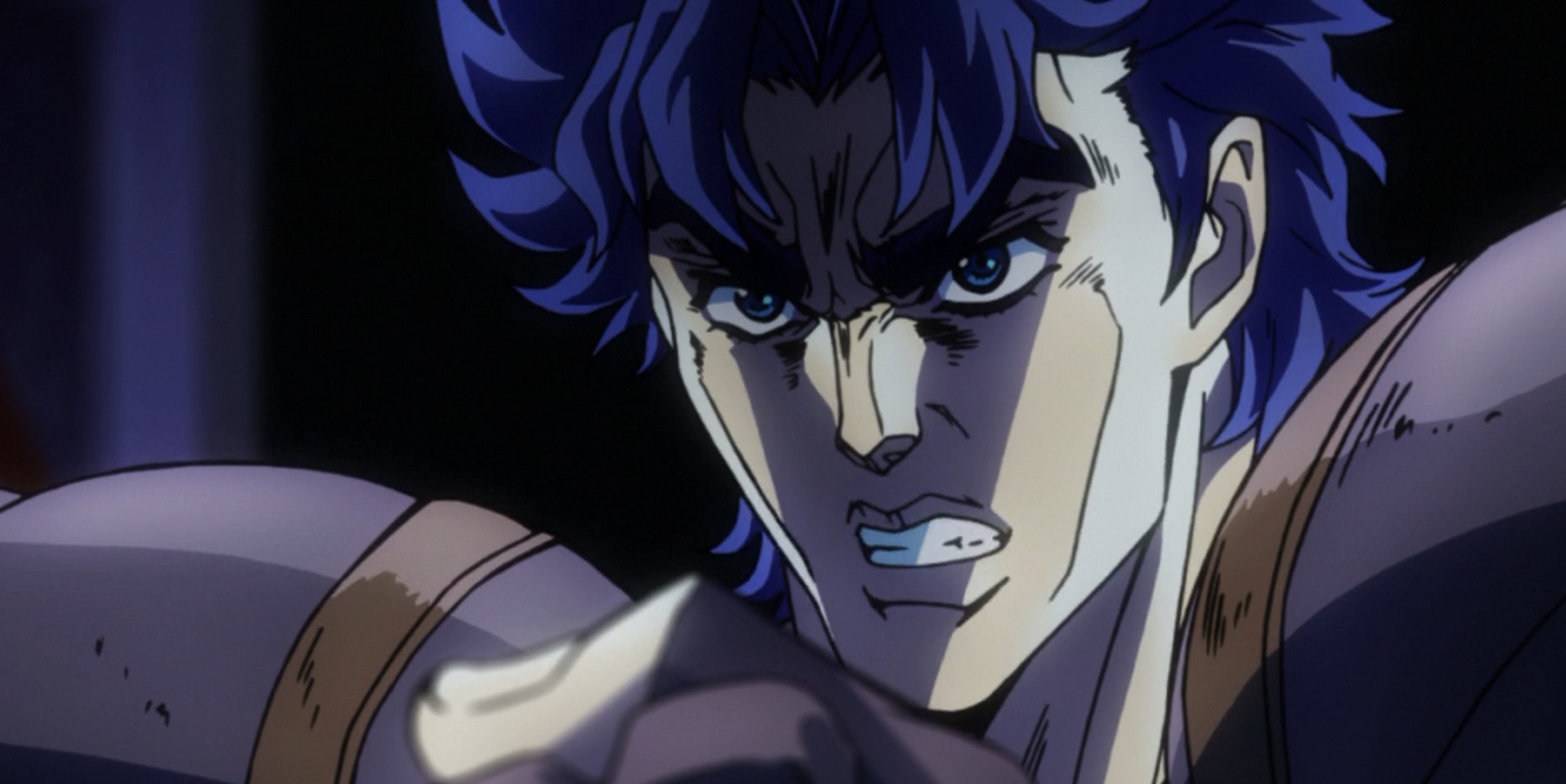
The franchise’s triumph in Japan transcended mere manga sales, as it ventured into worlds ranging from video games to live-action adaptations.
Yet, perhaps the most significant measure of its groundbreaking impact lies in its transformative influence on the shonen storytelling.
The innovative approach of JoJo’s Bizarre Adventure reshaped the conventions of narrative delivery in the genre, leaving an indelible mark that continues to reverberate throughout contemporary anime.
12. Naruto

Given its profound cultural impact on audiences worldwide, it comes as no surprise that Naruto’s financial standing has propelled it to the ranks of the highest-grossing anime in history.
The martial arts odyssey of Naruto primarily owes its success to its manga roots, yet its anime adaptation, immortalized as one of Shonen Jump’s Big Three, undeniably played a pivotal role in solidifying its status as a household name.
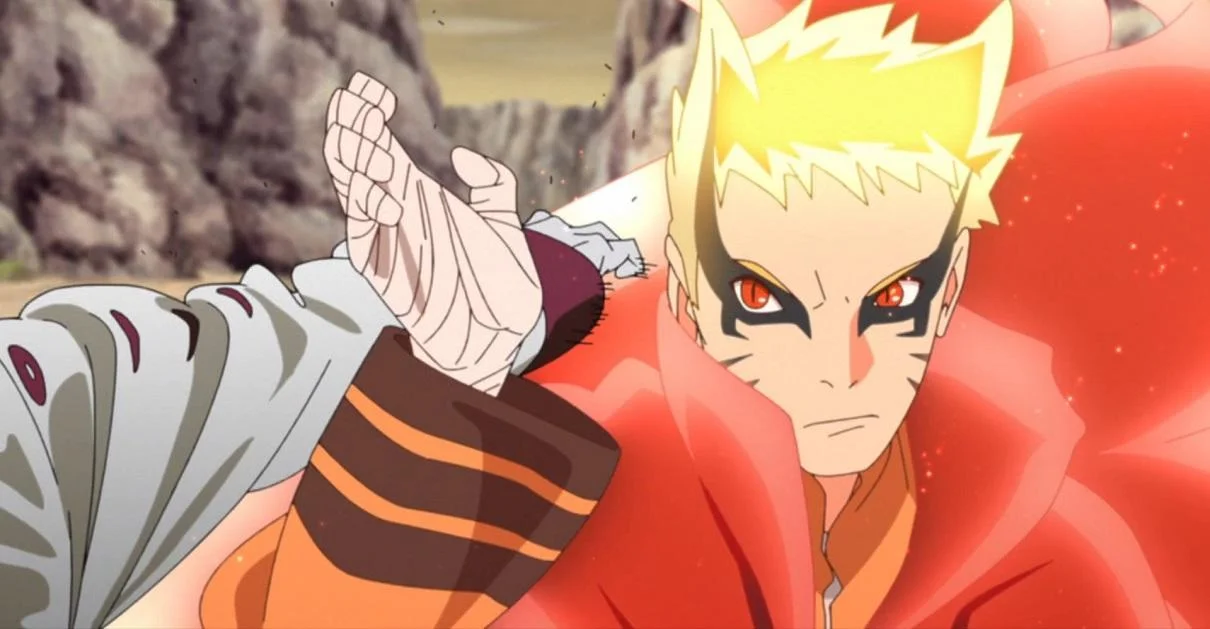
Naruto’s triumph extended beyond animation, branching out into movies, video games, and collaborations with other equally iconic anime franchises. A key factor in its enduring prosperity lies in its sprawling narrative, which seems boundless in its scope.
Despite the divisive reception of Boruto: Naruto Next Generations as a legacy sequel, it undeniably contributed to sustaining Naruto’s profitability.
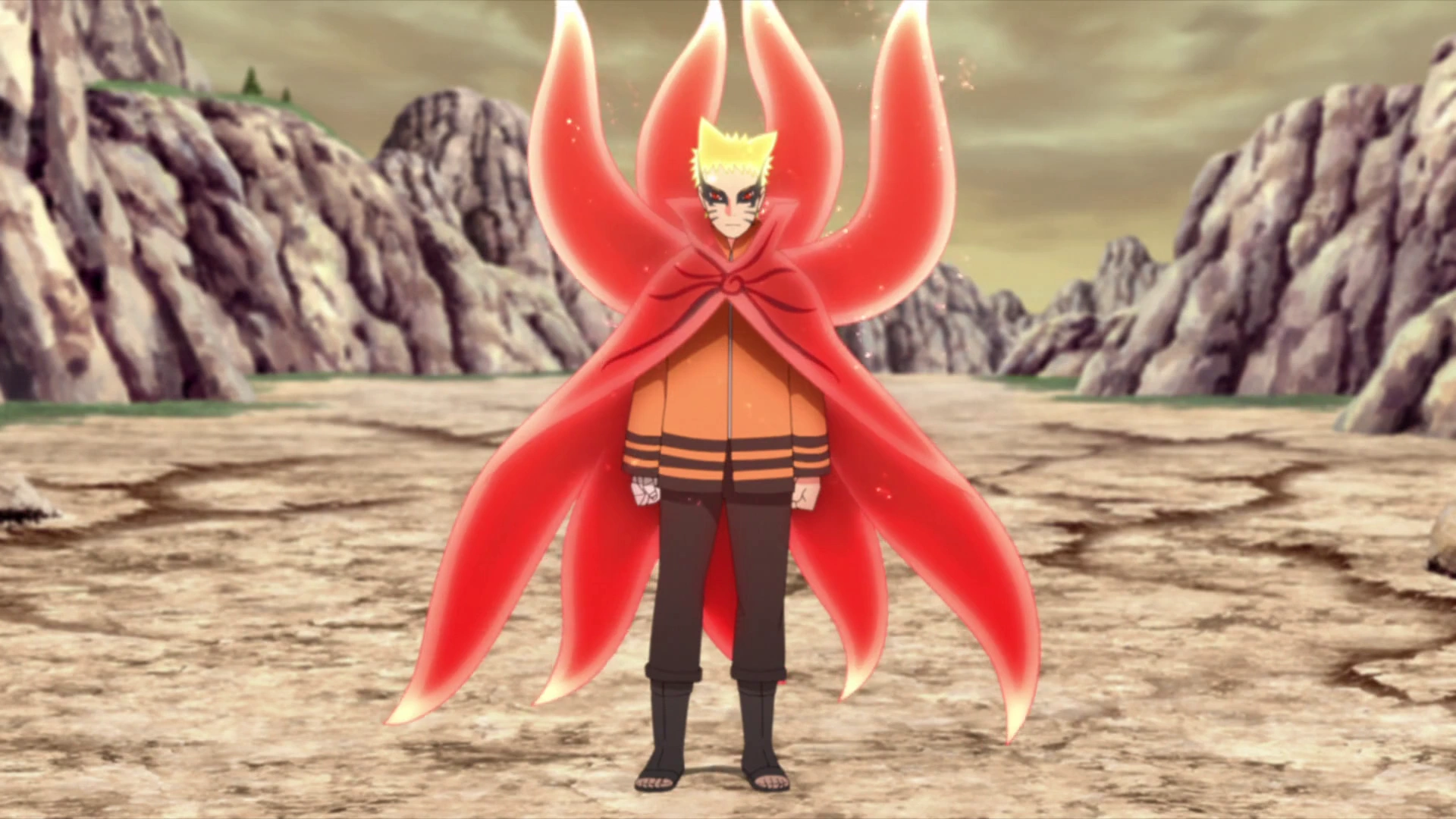
At its core, Naruto is a profoundly resonant tale centering around the indomitable spirit of its protagonist, Naruto Uzumaki.
His journey, marked by unwavering determination and a commitment to surmounting prejudice and enmity, resonates deeply as a timeless saga of perseverance, redemption, and the pursuit of global harmony.
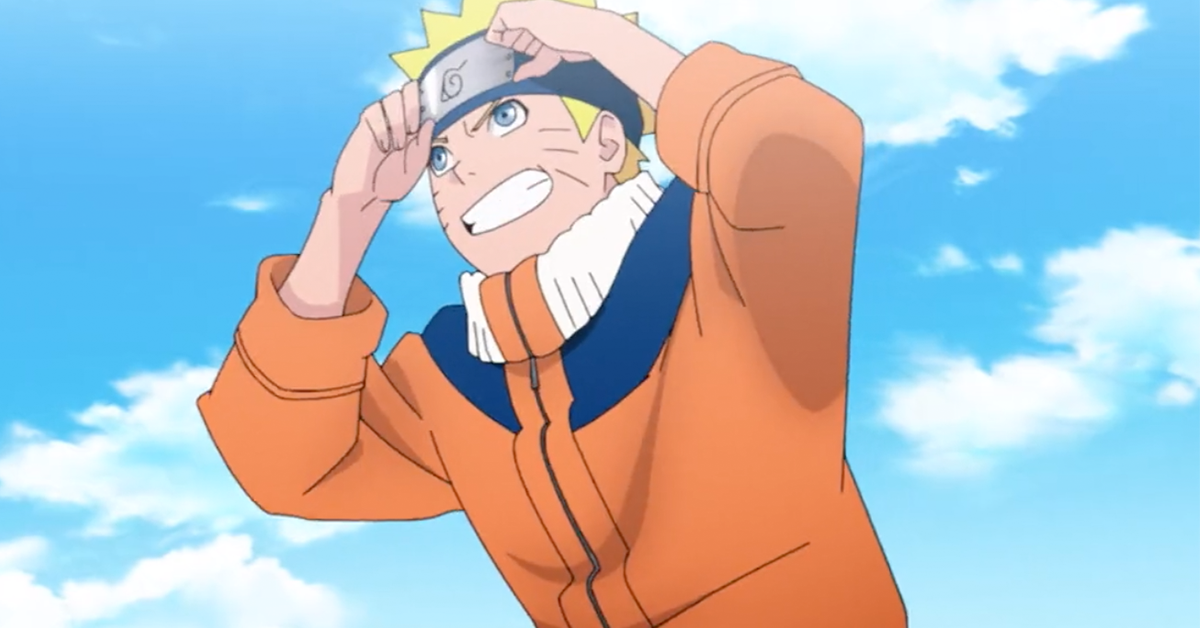
Naruto isn’t just a story about ninjas—it’s a story about pain, ambition, and finding your place. At the center is Naruto Uzumaki, a loud, misunderstood boy bearing a dark burden. His journey from outcast to hero is filled with setbacks, growth, and emotional trials that continue to connect with audiences across generations.
The anime opens in the Hidden Leaf Village, where Naruto is viewed as a troublemaker. Unknown to many, he’s the host of the Nine-Tailed Fox, a creature that once devastated the village. His isolation pushes him to seek recognition, not through resentment, but through determination. He wants to be Hokage—the leader everyone respects.
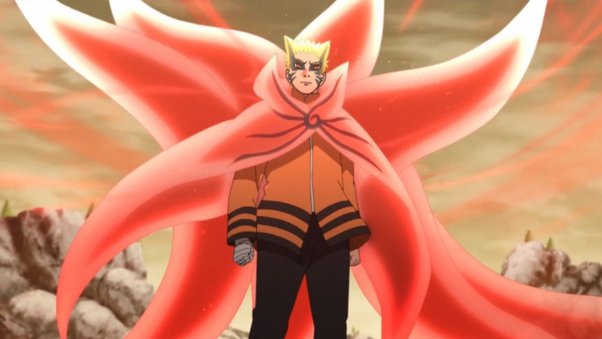
This drive to be acknowledged forms the core of his development. While other ninja chase power or revenge, Naruto clings to his ideals. He fails often, but keeps getting back up. His persistence becomes his most defining trait. His progress isn’t quick, and that makes it real and impactful.
The bond between Naruto, Sasuke, and Sakura adds emotional tension to the early arcs. Sasuke, with his brooding past, serves as Naruto’s rival and mirror. Their differences lead to one of anime’s most complex friendships. Sakura’s early obsession with Sasuke slowly evolves as she matures and begins finding her own strength.

Kakashi, their mentor, plays a huge role in shaping them. His calm exterior hides immense pain, and his teachings go beyond combat. He emphasizes teamwork and purpose, trying to keep the trio grounded despite their differing paths. His presence often anchors moments of emotional chaos.
The Chūnin Exams arc is where the series truly comes alive. With new characters like Rock Lee, Gaara, and Neji entering the picture, the story widens. Each new fighter brings distinct philosophies and personal struggles. It’s not just about battles—it’s about the ideals clashing behind those battles.
Rock Lee, for instance, becomes a fan favorite because of his reliance on hard work. Born without the ability to use ninjutsu, he fights purely with taijutsu. His perseverance speaks to many viewers who understand what it’s like to be underestimated and still try anyway.

Naruto’s impact increases when it begins examining darker themes. The idea of inherited hatred, cycles of violence, and the cost of revenge becomes more prominent. Gaara’s trauma parallels Naruto’s, but shows what could’ve happened if Naruto had no one to believe in him. Their confrontation marks a major shift in the story’s emotional weight.
As the series transitions into Naruto: Shippuden, the tone matures. Characters age, and the stakes grow. The Akatsuki—a shadowy group of rogue ninja—become central antagonists. Each member brings philosophical depth, making the conflict less about good vs. evil and more about understanding pain and ideology.
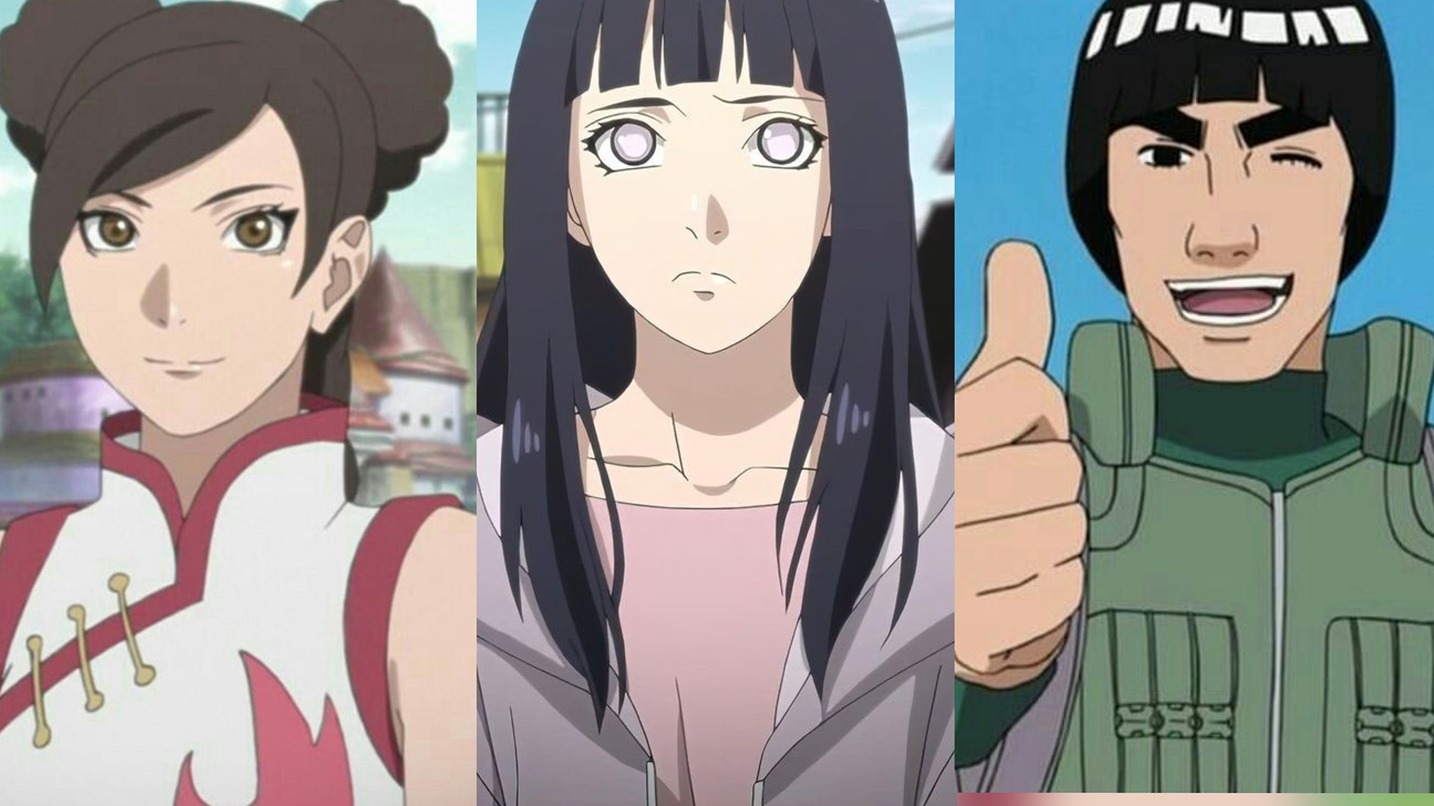
It’s during this period that Naruto’s empathy begins to shine. He doesn’t just fight enemies; he tries to understand them. His conversation with Nagato (Pain) stands out as one of the most powerful moments in the series. Rather than kill him, Naruto chooses to listen, forging a path different from those before him.
Sasuke’s descent into darkness provides constant contrast. While Naruto seeks peace through connection, Sasuke turns toward vengeance. Their paths feel inevitable, and their eventual confrontation is both tragic and cathartic. Their bond remains central, even when they stand on opposite sides of conflict.
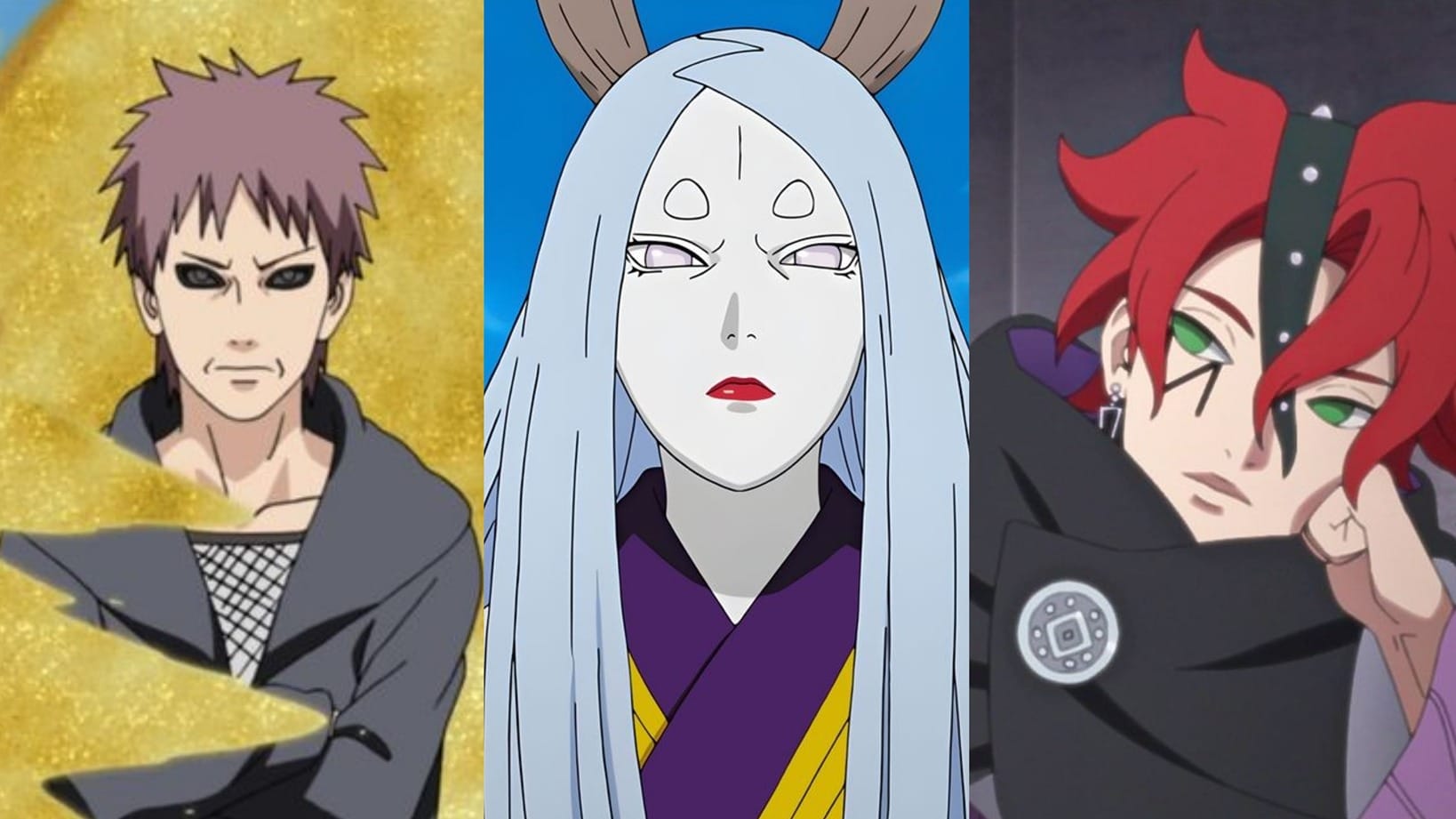
The female characters, often a point of critique, have their moments too. While Sakura’s early characterization revolves around love and jealousy, she eventually trains under Tsunade and becomes a powerful medic-ninja. Her emotional arc might not be as prominent as Naruto or Sasuke’s, but it’s a quiet story of resilience.
Shikamaru’s growth deserves mention as well. His intelligence, once dismissed as laziness, proves invaluable. After Asuma’s death, Shikamaru matures rapidly, stepping up as a leader. His journey reflects the burden of war, responsibility, and the loss of innocence that comes with conflict.
Jiraiya’s mentorship leaves an unforgettable mark on Naruto. More than a teacher, he becomes a father figure. His lessons go beyond strength—they teach Naruto how to carry pain with grace. Jiraiya’s death and the aftermath showcase some of the most heart-wrenching storytelling in the entire series.
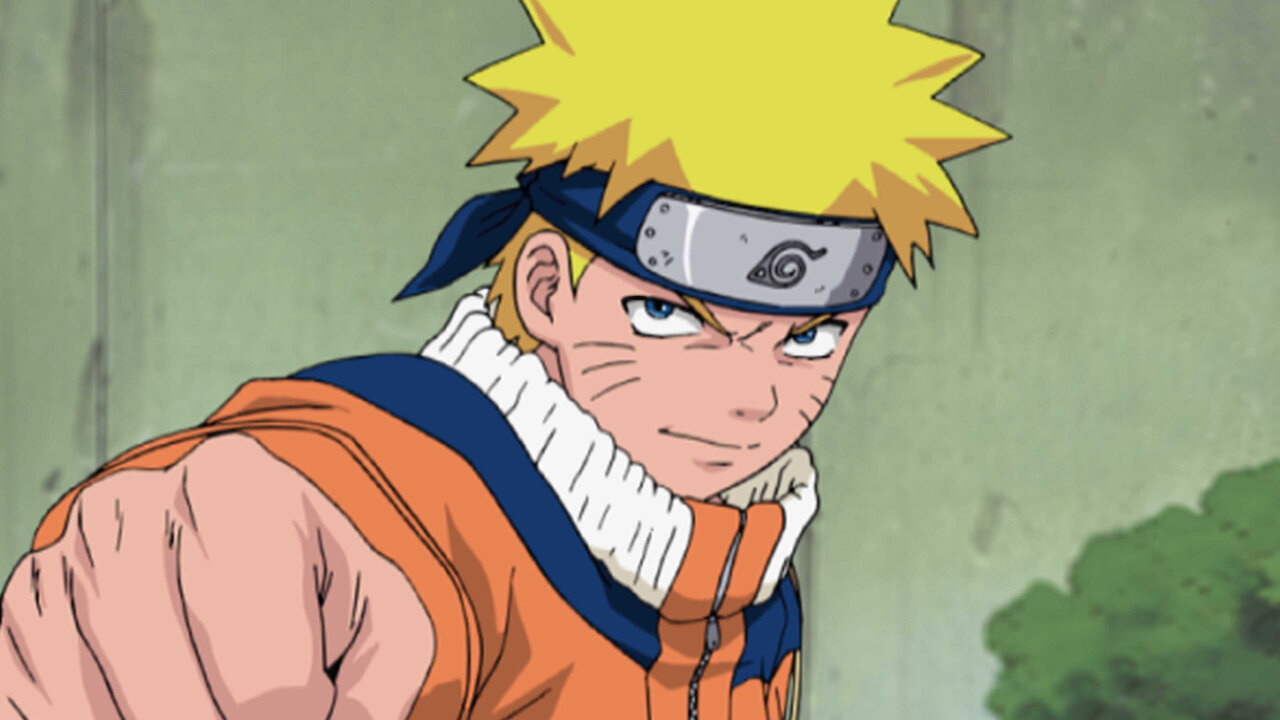
The war arc stretches across many episodes, combining action and introspection. It brings together nearly every character introduced, showing how much everyone has changed. Naruto becomes a symbol of hope, no longer chasing acknowledgment but inspiring others through his actions.
The final battle between Naruto and Sasuke is both inevitable and necessary. It’s not just about resolving rivalry—it’s about letting go of pain, guilt, and expectation. That fight condenses the emotional and ideological tension built over hundreds of episodes. And when it ends, it feels earned.
Music and animation contribute heavily to the show’s emotional weight. From the haunting piano themes to adrenaline-pumping fight tracks, the score heightens every key moment. The animation can vary in quality, but during pivotal scenes, it often reaches breathtaking intensity.
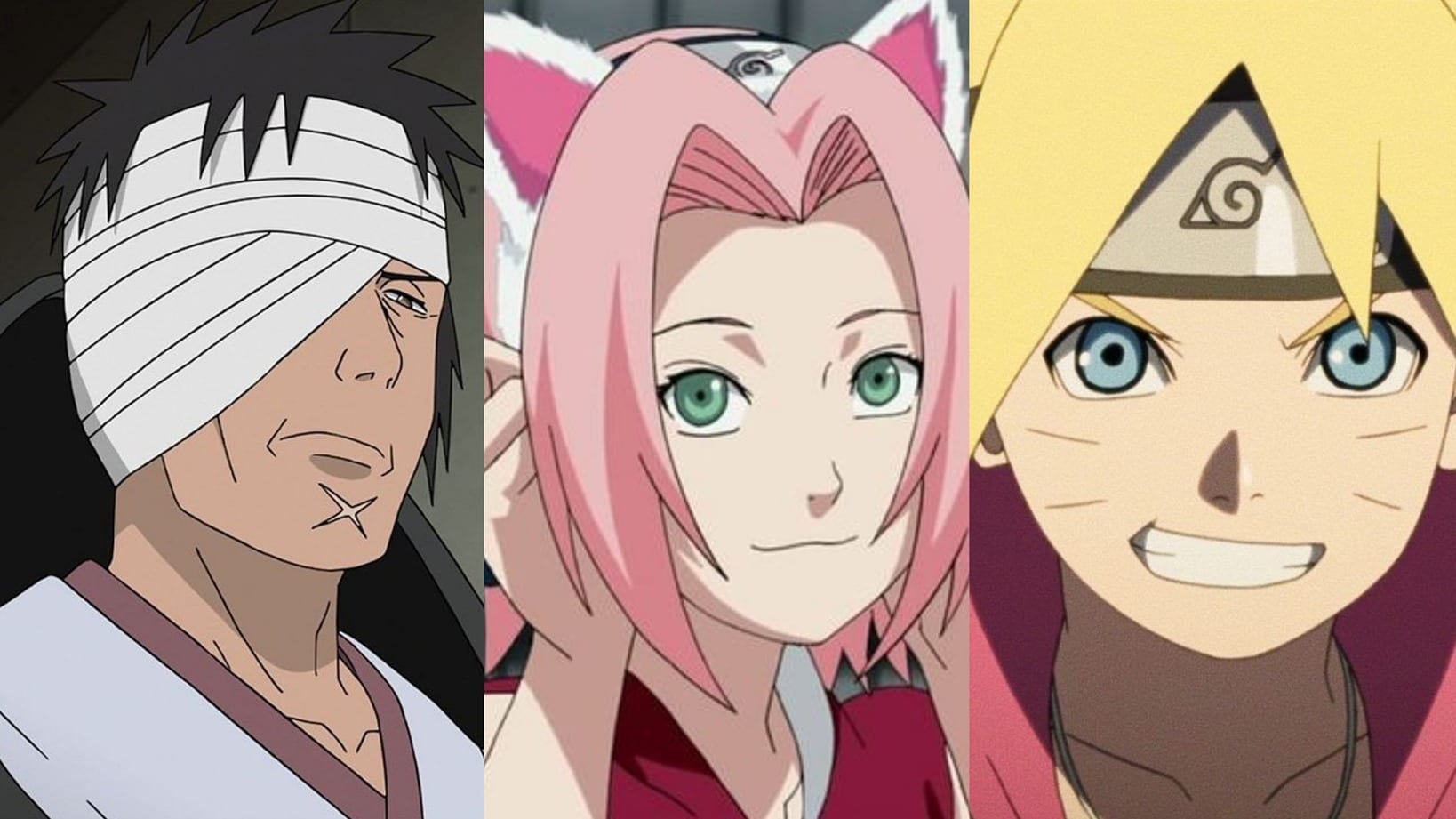
There are flaws—filler episodes often disrupt pacing, especially in the original series. Certain female characters are underused, and some themes are repeated more than necessary. Still, these issues don’t overshadow the depth and sincerity at the story’s core.
One of Naruto’s lasting strengths is how it treats its cast. Side characters have purpose and arcs. From Hinata’s quiet devotion to Neji’s fatalistic views, each character reflects different ways people deal with hardship, expectation, and choice. Their presence builds a living world.
Even after Naruto ends, its story continues through Boruto. While reception to the sequel is mixed, Naruto’s arc as a father and Hokage adds new dimensions to his character. It shows the challenges of leadership and parenting, keeping his legacy relevant.
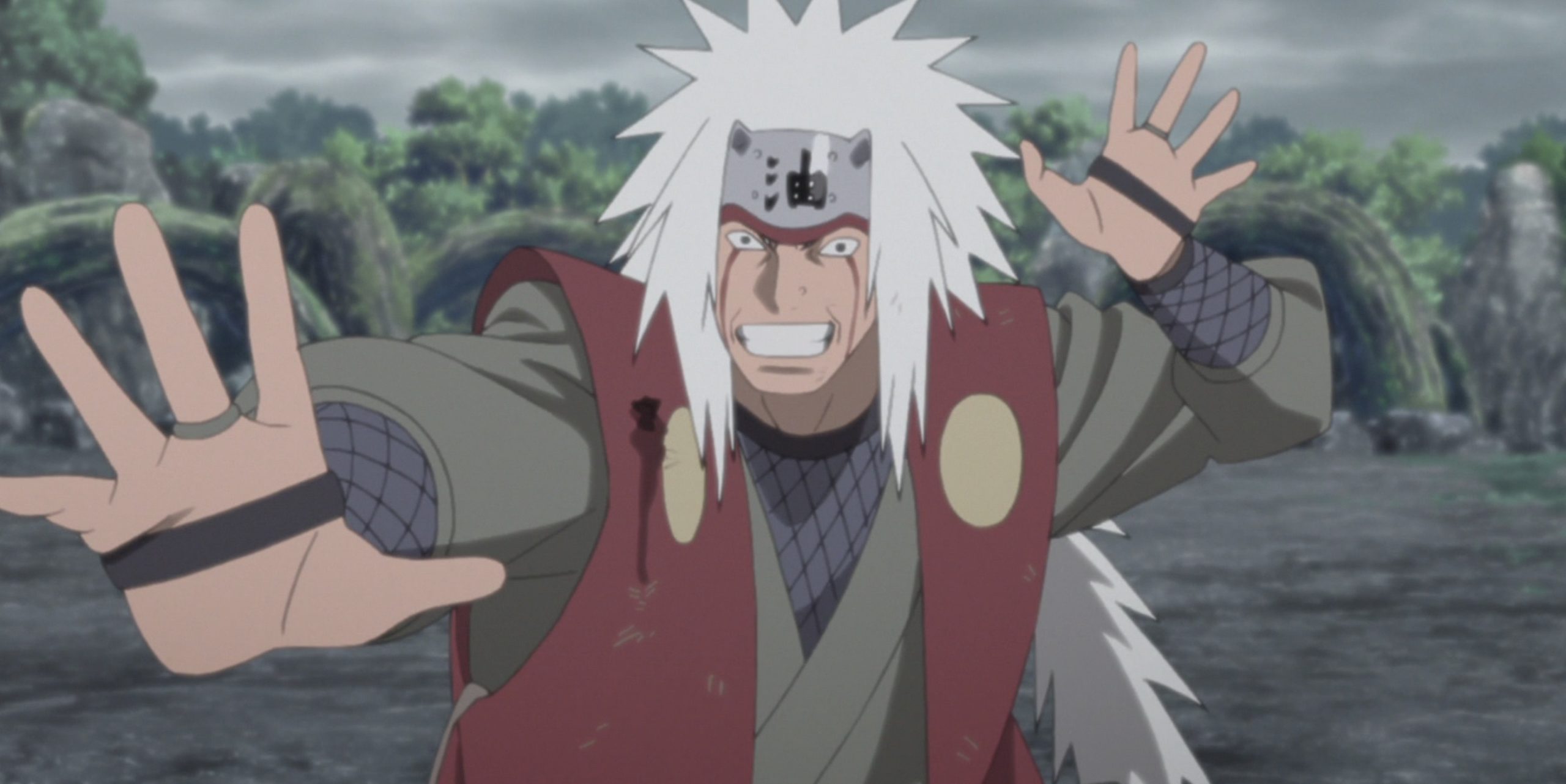
What makes Naruto resonate is its emotional honesty. It never hides the pain of loneliness, the desire for belonging, or the weight of expectations. Through every fight, failure, and friendship, it reminds viewers that growth comes from struggle, and that compassion can be stronger than hate.
The anime’s legacy is undeniable. It introduced millions to anime, inspired countless fan works, and influenced other creators. It has moments that are etched into the memories of those who watched it weekly, waiting for the next step in Naruto’s climb toward his dream.
Whether you’re returning for nostalgia or watching it for the first time, Naruto offers more than action. It offers heart. It offers a boy who, despite everything, kept believing in himself—and made others believe too.
11. Sailor Moon
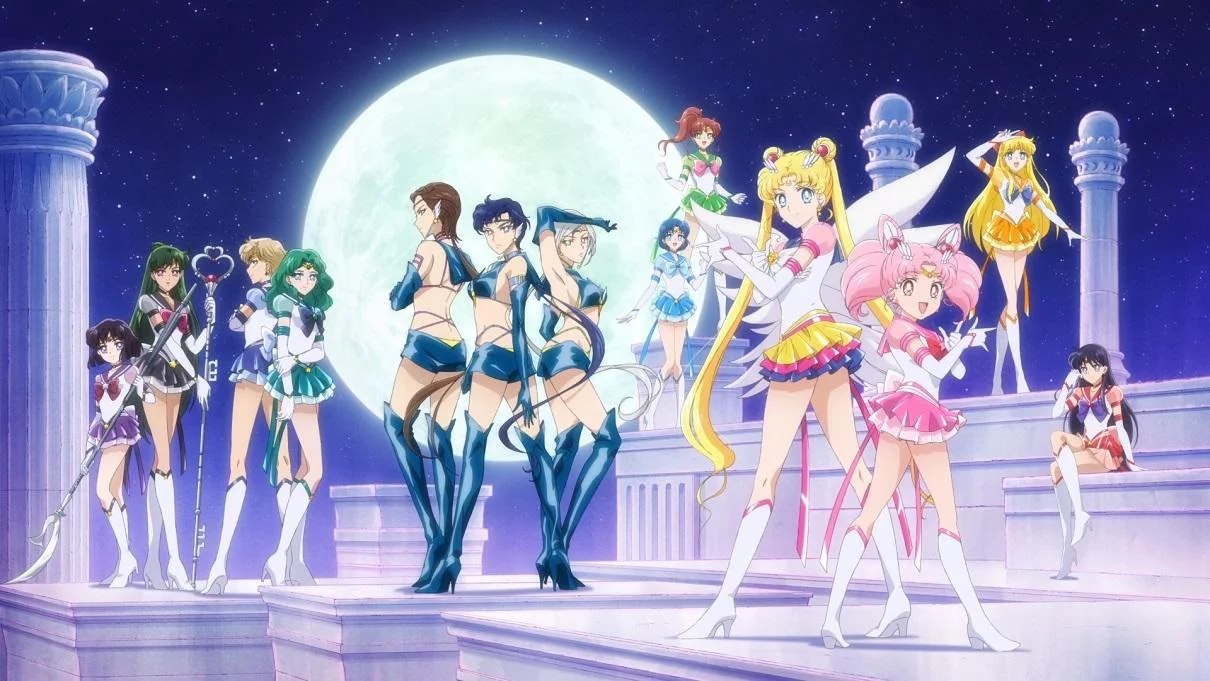
Sailor Moon chronicles the valiant efforts of Usagi Tsukino to safeguard Earth as the eponymous magical girl. Beyond its amazing narrative, Sailor Moon holds a distinguished position as a trailblazer within the anime.
Breaking barriers in a predominantly male-dominated world, it emerged as one of the pioneering blockbuster shojo anime and soared to become one of the highest-grossing anime franchises of all time.
Debuting in 1992, Sailor Moon swiftly ascended to the zenith as the quintessential shojo and magical girl series, a title it has retained ever since. While the original Sailor Moon anime ended its main storyline years ago, its enduring legacy continues to thrive primarily through merchandise sales.
Nevertheless, Sailor Moon’s journey is far from over, with new movies and other ventures slated for the future, ensuring its enduring presence in the annals of anime history.
Sailor Moon holds a special place in anime history, shaping the magical girl genre for generations. Premiering in the early ’90s, it brought a mix of action, friendship, romance, and supernatural elements. The story revolves around Usagi Tsukino, an ordinary girl who transforms into Sailor Moon, a guardian destined to protect Earth from evil forces.
Usagi starts out clumsy and emotional, far from the image of a heroic figure. But as the series progresses, she shows growth, taking on immense responsibilities while staying true to her heart. Her journey is about more than just battles; it reflects the struggles and changes that come with growing up.

She’s joined by fellow Sailor Guardians—each with distinct personalities, powers, and backstories. From the intelligent Ami to the fiery Rei, the cast becomes a tight-knit team. Their relationships feel genuine, filled with conflict, support, and humor, creating a strong emotional center for the show.
The villains add dramatic tension, with enemies like Queen Beryl and the Black Moon Clan threatening the balance of Earth and the universe. Each arc introduces new challenges that test the Guardians’ unity and determination, pushing their character development forward.
A unique aspect is the way the anime blends real emotions with fantasy elements. Love, jealousy, fear, and hope are not just plot devices—they’re deeply rooted in the characters’ experiences. Usagi’s relationship with Mamoru, also known as Tuxedo Mask, adds romantic depth without overshadowing the main narrative.

The animation, especially in the original seasons, has a nostalgic charm. While not always polished, it captures emotion well. Certain transformation sequences and battle scenes became iconic, influencing how future magical girl shows approached style and drama.
As the seasons progressed, the animation improved. Sailor Moon Crystal, the rebooted adaptation, offers a sharper, more detailed look but has sparked debate among fans. Some appreciate its faithfulness to the manga, while others prefer the emotional warmth of the original series.
Music also plays a vital role. The opening theme, “Moonlight Densetsu,” remains one of the most recognizable songs in anime. The background score changes to match mood shifts—lighthearted scenes use whimsical melodies, while intense moments are matched with dramatic tunes.
A lot of the show’s charm comes from its balance of everyday life with magical missions. School events, family dinners, and casual hangouts often intersect with monster attacks or cosmic threats. This rhythm creates a familiar yet exciting world that resonates with viewers.
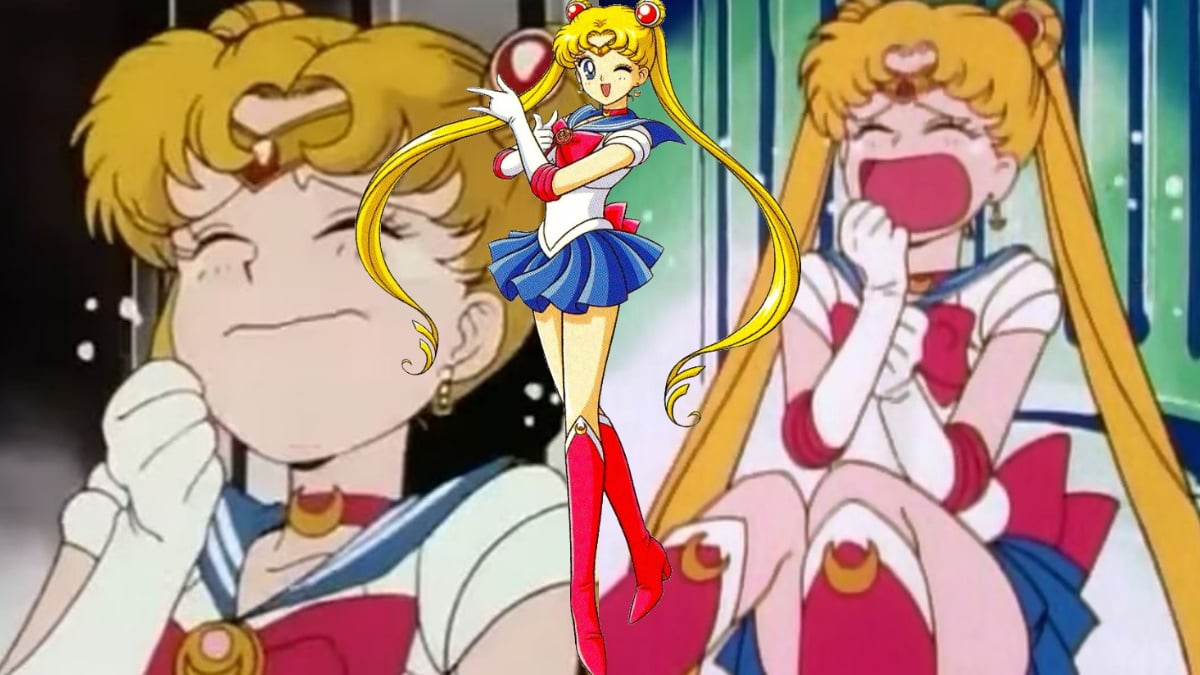
Friendship is more than just a theme—it’s the core of Sailor Moon. The Guardians’ loyalty to each other, their shared experiences, and their collective resolve demonstrate how powerful unity can be. It’s not just about strength; it’s about compassion and connection.
The show doesn’t shy away from heartbreak either. Loss, betrayal, and self-sacrifice are all present. Characters make hard choices and face the consequences, adding a layer of maturity to a series that initially seems lighthearted. These emotional moments linger long after the episode ends.
What makes Sailor Moon so effective is its relatability. Usagi isn’t perfect. She cries, complains, and doubts herself. But that vulnerability is what makes her feel real. She learns, grows, and becomes someone others can depend on—not because she’s flawless, but because she keeps trying.
Representation also plays an important part. The show includes diverse relationships and characters who don’t always fit traditional norms. Though some aspects were censored in earlier Western releases, the original content offers a more inclusive and progressive message.
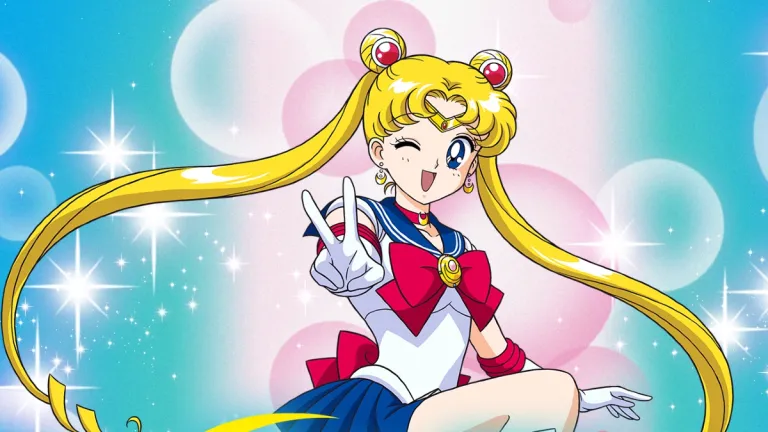
Each arc brings something different to the table. The first season lays the foundation, while Sailor Moon R explores deeper emotional ties. Sailor Moon S is considered by many as the peak, introducing fan favorites like Sailor Uranus and Sailor Neptune. Their presence added complexity and challenged existing dynamics.
Sailor Moon SuperS takes a lighter tone but develops Chibiusa and focuses more on dreams and hopes. Meanwhile, Sailor Stars closes the saga with a powerful finale that questions identity, loyalty, and destiny. It shows how far the characters—and the audience—have come since the beginning.
The influence of Sailor Moon is undeniable. It inspired countless anime and manga, from Cardcaptor Sakura to Puella Magi Madoka Magica. Its legacy continues through merchandise, musicals, and global fan communities. For many, it was their introduction to anime and still holds emotional significance.
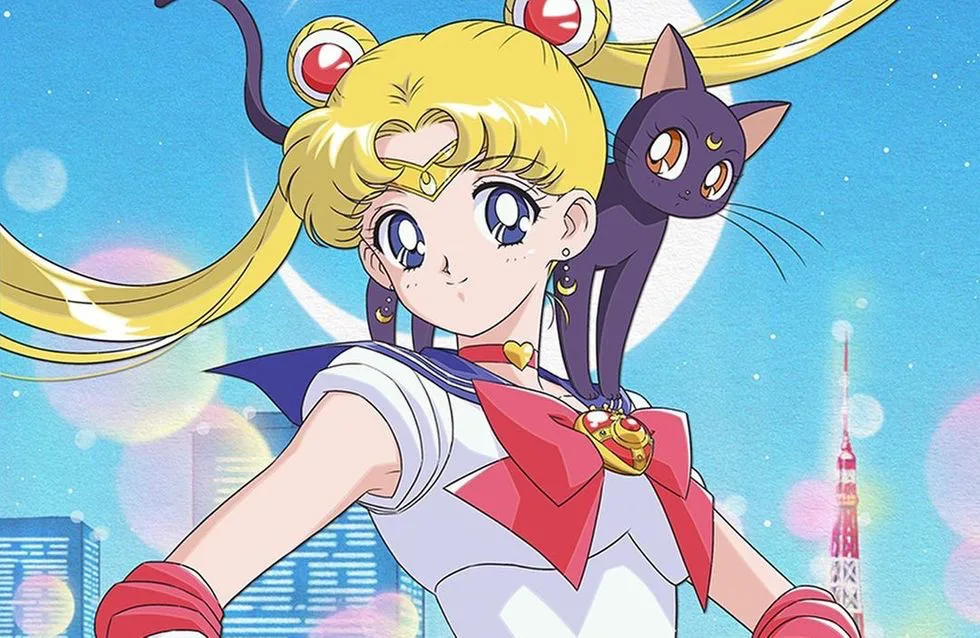
Despite its age, Sailor Moon remains approachable for new viewers. Its themes are timeless, its characters relatable, and its story uplifting. Whether through the original series, the manga, or the Crystal reboot, the magic of Sailor Moon continues to reach new generations.
The anime’s blend of fantasy and reality gives it a lasting appeal. It never relies solely on action or drama; instead, it weaves everyday struggles into its cosmic conflicts. That balance is what gives it heart—and what keeps it relevant even decades later.
Many moments from the show stay with fans for years. Usagi’s bravery, the Guardians’ loyalty, and the heartbreaks they endure are etched into anime history. There’s a reason the series is still being watched, discussed, and celebrated long after its debut.
Nostalgia is part of its charm, but it’s not the only reason people keep returning. The emotional beats are real. The lessons about friendship, perseverance, and love continue to resonate. It’s a show that grows with you, offering something different at each stage of life.

Even its flaws—occasional filler, inconsistent pacing—don’t diminish its power. Instead, they give it character. Its imperfections make it feel authentic. You’re not watching a polished product; you’re watching a story that cares more about heart than perfection.
The magical girl genre owes much to Sailor Moon, but its impact goes beyond anime. It shaped cultural ideas about female strength, unity, and emotional expression. It showed that being kind, vulnerable, and strong aren’t opposites—they coexist beautifully.
Whether you’re new to anime or a longtime fan, Sailor Moon offers an experience that’s hard to forget. It invites viewers into a world where love and justice go hand-in-hand, and where even the most unlikely hero can shine brightly in the darkest night.
10. KochiKame: Tokyo Beat Police
KochiKame: Tokyo Beat Police may not ring a bell for most audiences outside of Japan, yet within its home country, it holds an esteemed position as one of the highest-grossing anime in history.
More than just a cultural footnote, KochiKame stands as a veritable institution within both the anime industry and Japanese society at large.
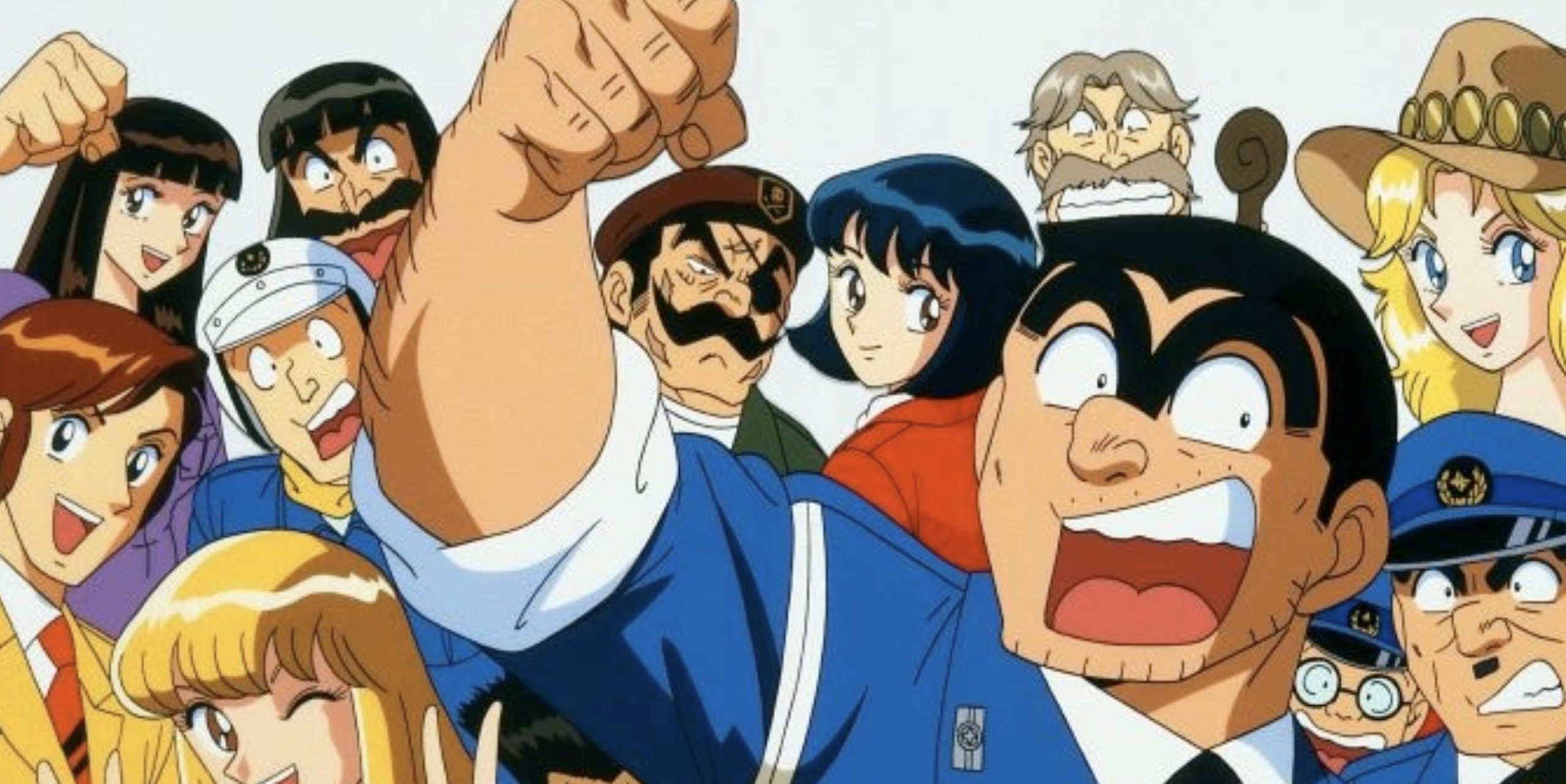
Commencing its serialization in 1976 and ending a remarkable four decades later in 2016, KochiKame remains a financial powerhouse, generating revenue through reprints, merchandise sales, and commemorative reruns of its anime and movies.
While new content may be scarce, KochiKame persists as an enduring sitcom and cultural touchstone, solidifying its status as one of the premier anime series in terms of financial success despite its relative obscurity in the Western hemisphere compared to the juggernauts of shonen anime.
9. Neon Genesis Evangelion

Neon Genesis Evangelion revolutionized the mecha genre by offering a groundbreaking portrayal of the darker aspects of piloting giant robots, subverting traditional anime tropes.
Through its depiction of teenagers compelled to combat monsters with their Evangelion, the series introduced a level of gravitas previously unseen in mecha anime, earning it acclaim as one of the greatest anime of all time.
Despite its enduring legacy and status as one of the highest-grossing anime franchises, a significant portion of Evangelion’s revenue stems from pachinko machines.
Additionally, the franchise garners substantial profits from the royalties of its iconic music. In total, Evangelion’s sales have surpassed nearly $9 billion, cementing its position as a financial juggernaut in the anime.

Neon Genesis Evangelion, directed by Hideaki Anno, is one of the most influential and emotionally complex anime series of the 1990s. First aired in 1995, it blends mecha action with psychological drama, offering a layered and often unsettling look at trauma, identity, and isolation through the lens of a post-apocalyptic setting.
Set in the futuristic city of Tokyo-3, the story follows Shinji Ikari, a 14-year-old boy summoned by his estranged father to pilot a giant bio-mechanical weapon known as an Evangelion. These machines are humanity’s last line of defense against mysterious beings called Angels, which threaten to destroy what remains of civilization after a global catastrophe known as Second Impact.
Shinji’s initial reluctance to fight reflects the emotional distance he feels from others. Unlike typical action-driven protagonists, his struggles center on feelings of abandonment, inadequacy, and a longing for acceptance. He isn’t interested in heroism—he just wants to be wanted, to find a place where he belongs, and to escape the emotional weight placed on him.

The show’s other central characters mirror and challenge Shinji’s emotional state. Rei Ayanami, a quiet and distant pilot, embodies detachment and duty. Her ambiguous background adds layers of mystery to the narrative. Asuka Langley Soryu, fiery and confident, masks her own deep-rooted insecurities with arrogance and bravado. These characters aren’t just allies—they are mirrors to Shinji’s internal conflict.
The series begins as a somewhat traditional mecha show, but gradually moves toward intense introspection. Battles become less about external conflict and more about what’s happening within the characters. Episodes feature increasingly fragmented storytelling, hallucinations, internal monologues, and symbolic visuals. The more time passes, the less the show adheres to typical action structure.

The visual presentation of Evangelion is minimalist at times but layered with meaning. Rather than relying on flashy animation during battles, it uses silence, still shots, and psychological imagery to focus on the characters’ internal states. This choice not only builds tension but also turns ordinary scenes into moments of existential reflection and discomfort.
A recurring theme throughout the series is the concept of “The Hedgehog’s Dilemma”—the idea that humans long for closeness but hurt each other when they get too near. This metaphor encapsulates the entire structure of Shinji’s relationships. He is constantly torn between needing connection and fearing the pain that comes with it.
Gendo Ikari, Shinji’s father and the head of NERV (the organization behind the Evangelions), remains emotionally inaccessible. His coldness drives much of Shinji’s pain and reinforces themes of parental rejection. Gendo’s manipulations and obsession with bringing back Shinji’s mother reveal deeper motivations, suggesting personal grief hidden beneath his stoicism.

As the narrative unfolds, viewers are introduced to deeper layers involving Seele, a secretive organization with its own agenda. Religious imagery such as crucifixes, angels, and the Tree of Life is used throughout, not to provide theological commentary but to suggest the weight of destiny, sacrifice, and the clash between divine ambition and human fragility.
The soundtrack by Shiro Sagisu is both haunting and majestic. From the upbeat opening theme “A Cruel Angel’s Thesis” to the melancholy piano pieces and choral arrangements, the music enhances the emotional tension. The use of silence and ambient sound in key moments adds to the unease, reinforcing the psychological focus of the show.
While battles with Angels often contain excitement, they’re used sparingly and with purpose. These scenes become more like metaphors for the emotional crises the characters face. One of the most memorable battles involves Asuka in the latter episodes, where her fierce resistance spirals into mental collapse, underscoring the cost of emotional vulnerability.
The final two episodes abandon traditional storytelling entirely. With dwindling production budgets and rising creative tensions, the series turns inward. Using abstract visuals, inner monologues, and symbolic frames, these episodes dissect the mental states of the core characters. For some, this was a letdown; for others, it was an artistic peak that dared to be different.
For viewers seeking more closure, The End of Evangelion was released as a companion film that retells the ending through a more narrative-focused approach. It replaces introspective ambiguity with visceral imagery and brutal emotion. The film reinforces the same psychological themes while offering a dramatic, unsettling look at human consciousness and choice.
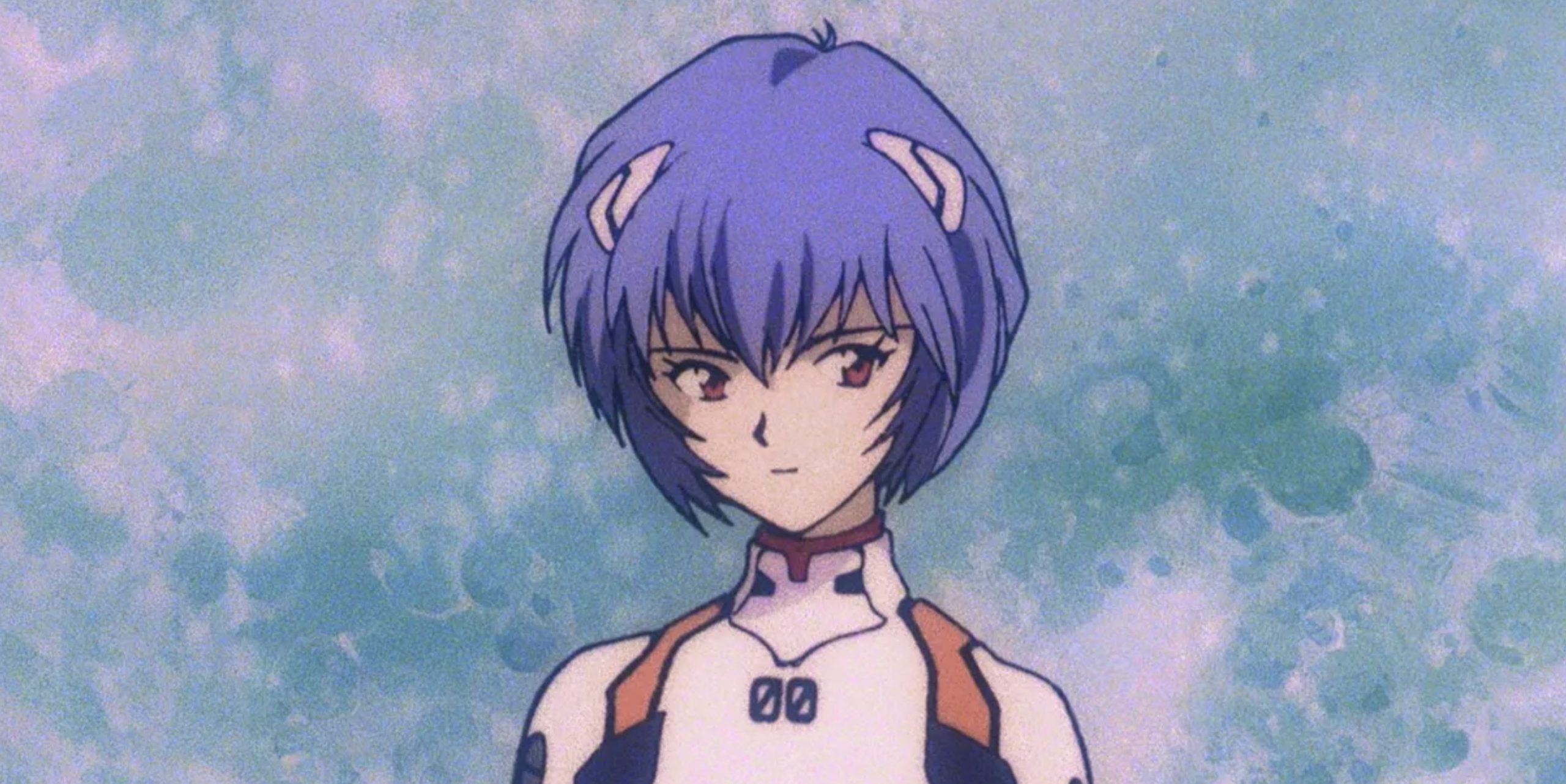
One of the reasons Evangelion stands out is how it challenges the viewer to engage with uncomfortable truths. Instead of giving easy answers or resolutions, it asks questions about why we seek meaning, why we run from pain, and how we define self-worth. The mechs and monsters are window dressing for far more personal conflicts.
The impact of the show on anime and pop culture has been vast. Many modern series draw from its emotional complexity, broken characters, and refusal to stick to genre conventions. Yet few have matched the intensity or introspective power it maintains across just 26 episodes. It created a template, but also a warning.
It’s not just the themes or characters that leave a mark. It’s the moments of silence, of looking into a character’s eyes as they confront their fears. It’s the feeling of being exposed through animation, of seeing parts of yourself you didn’t expect reflected back through Shinji, Asuka, or Rei.
The brilliance of Evangelion lies in its honesty. It doesn’t lie about how hard it is to understand others—or yourself. It shows how trauma hides beneath silence, how connection feels like both salvation and a risk. For many viewers, it becomes less about sci-fi and more about their own thoughts, memories, and regrets.
For all its confusion and abrupt tonal shifts, Neon Genesis Evangelion remains a defining series for its ability to challenge expectations. It doesn’t offer a comfortable escape but forces you to confront anxiety, identity, and meaning itself. It’s raw, introspective, and sometimes painful—but also deeply human in its attempt to understand what it means to exist.
8. Yu-Gi-Oh!
Yu-Gi-Oh! stood out in the anime with its focus on a card game, providing it with a distinct advantage over its counterparts.
While ostensibly centered around Yugi Muto’s journey to become a legendary card duelist, the series’ true priority lay in serving as a promotional platform for its titular card game.
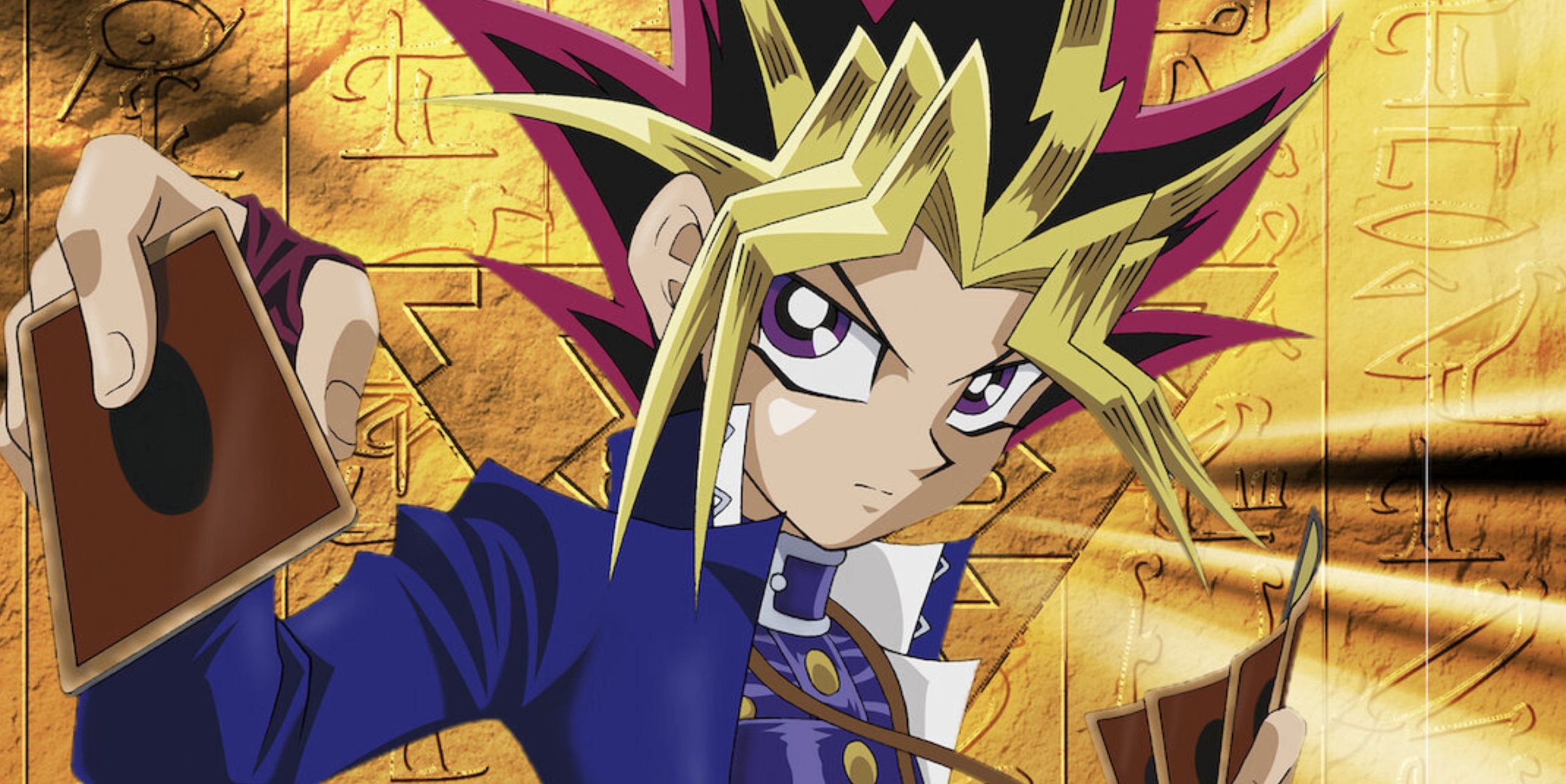
Unsurprisingly, Yu-Gi-Oh!’s advertising strategy proved highly effective. Sales from the Yu-Gi-Oh! card game alone soared to over $11 billion, emerging as the franchise’s primary and most lucrative revenue stream.
Meanwhile, the anime series and movies of Yu-Gi-Oh! Enjoying financial success, their earnings pale in comparison to the staggering profits generated by the cards themselves.
7. One Piece

One Piece stands as one of the longest-running anime series of all time, boasting an impressive tally of over 1,087 episodes. Its enduring popularity can be attributed to its vast and devoted fanbase, as well as a narrative that seems boundless in its scope.
The anime chronicles the adventures of Monkey D. Luffy and his crew as they begin on a quest to discover the fabled One Piece treasure and secure Luffy’s title as the King of the Pirates.
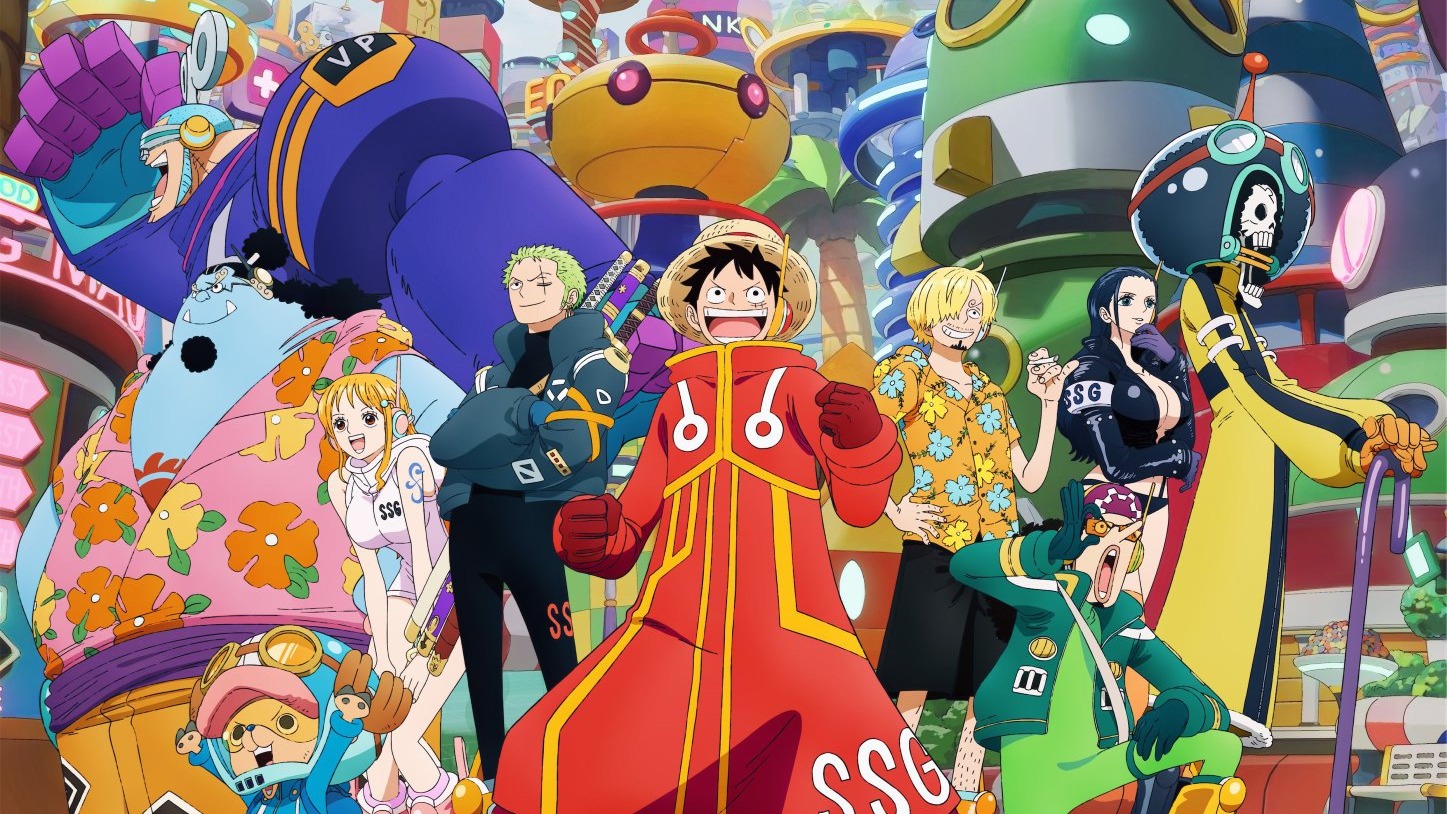
Since its debut in 1999, One Piece has maintained unwavering ratings and earnings.
While the anime series and movies have achieved blockbuster success, the bulk of One Piece’s net worth is derived from merchandise and video game sales.
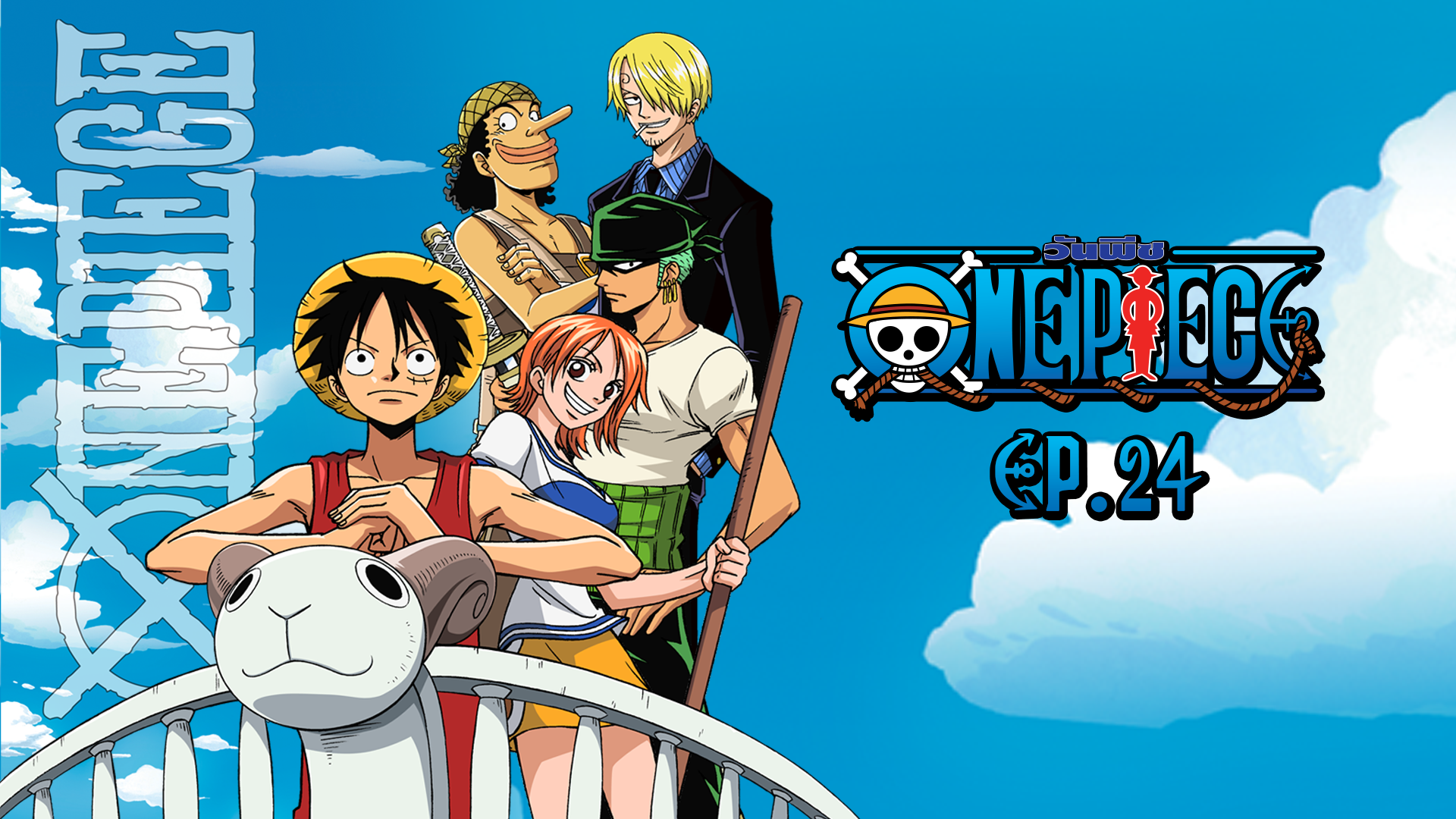
As the series progresses into its final arc, it is anticipated to continue its financial ascent, further solidifying its status as one of the most lucrative franchises in anime history.
Eiichiro Oda’s One Piece stands as one of the most enduring and celebrated anime series of all time. It begins with a boy named Monkey D. Luffy who sets out to become the King of the Pirates. But this isn’t just a treasure-hunting story — it’s a journey about chasing dreams and challenging fate.
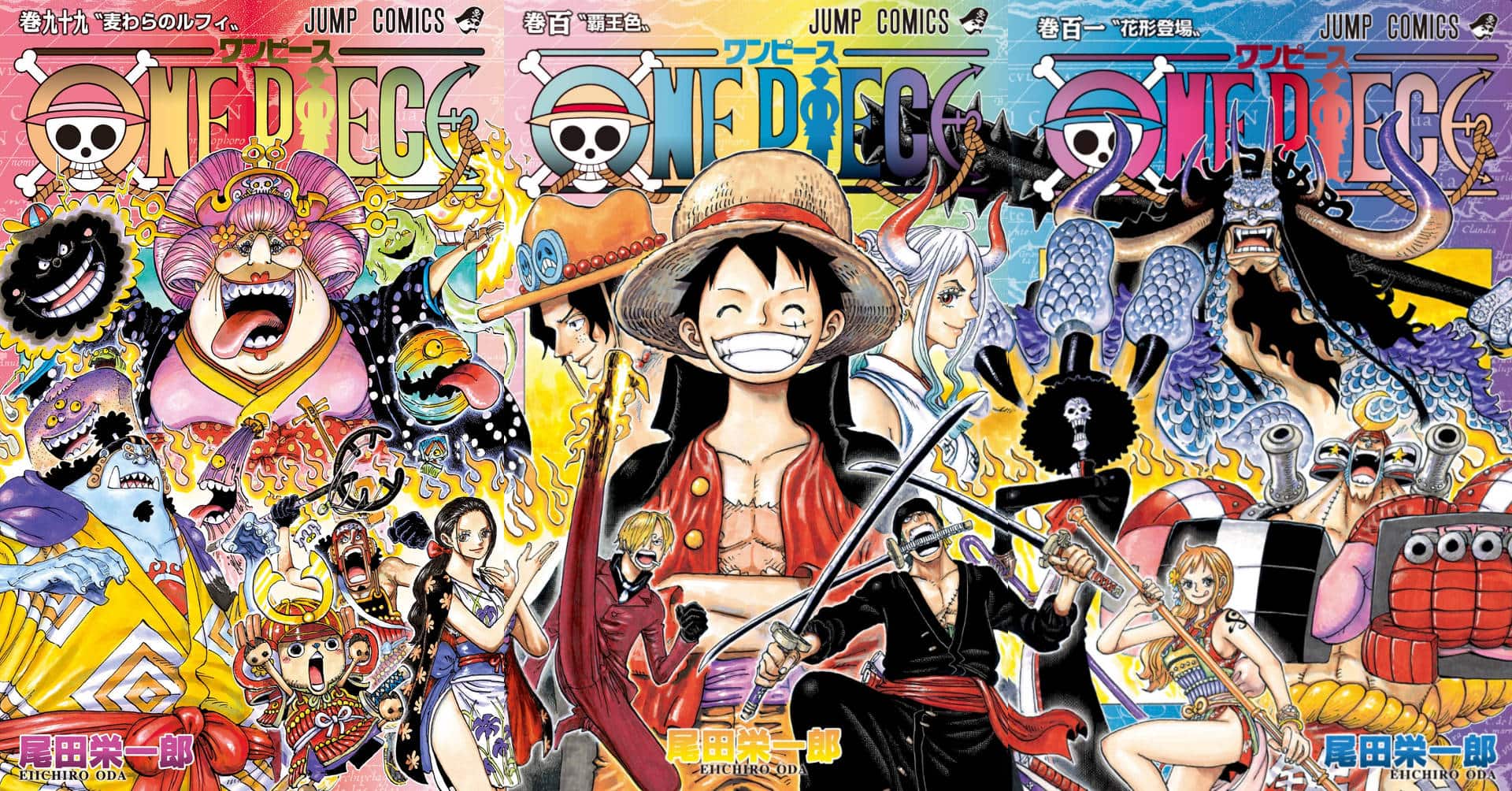
Luffy, a cheerful and unpredictable protagonist, gains the power of rubber after eating a Devil Fruit. His ability to stretch his body makes for exciting battles, but what makes him special is his unshakeable belief in freedom and loyalty to his friends. He’s fearless, honest, and emotionally sincere — the perfect heart for such a sprawling tale.
Luffy’s adventure begins in the East Blue, where he gradually builds his crew, known as the Straw Hat Pirates. Each member brings something unique, not just in ability but in emotional depth. Zoro, the swordsman, is committed to becoming the strongest. Nami, the navigator, hides a painful past under her tough exterior.
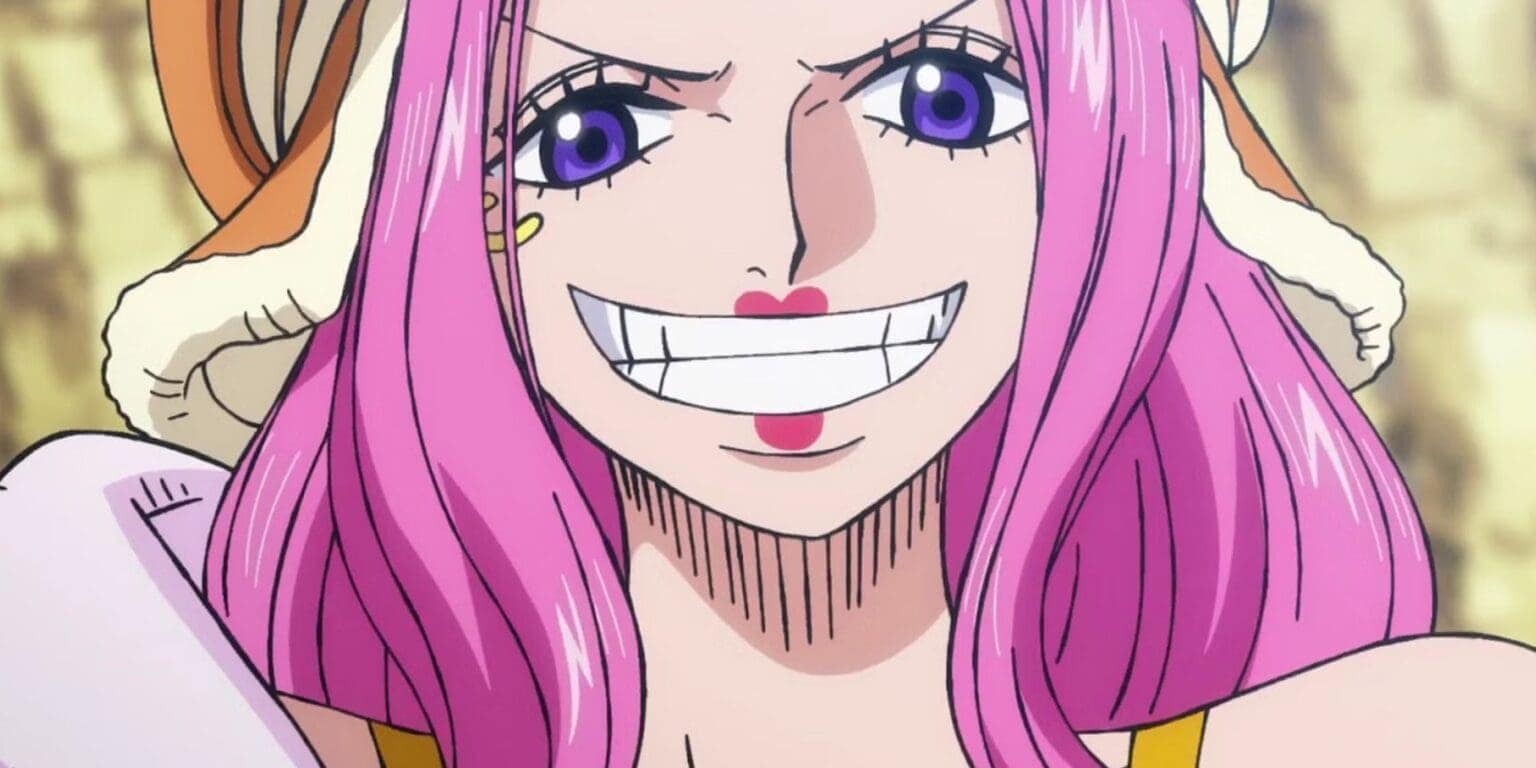
Sanji, a chivalrous cook, carries deep personal scars. Usopp masks insecurity with bravado and storytelling. Chopper, a reindeer doctor, is kind but misunderstood. Robin, a former assassin, seeks the truth about history. Franky, the cyborg shipwright, is eccentric yet sentimental. Brook, the skeleton musician, carries immense loneliness. Jinbe, the helmsman, brings calm strength.
The emotional center of One Piece often lies in its backstories. These moments, layered with tragedy, loss, and resilience, add weight to every victory the crew earns. Characters are not just fighting for power but for personal liberation, identity, and belonging. Each arc peels away another layer of their past and deepens their motivations.
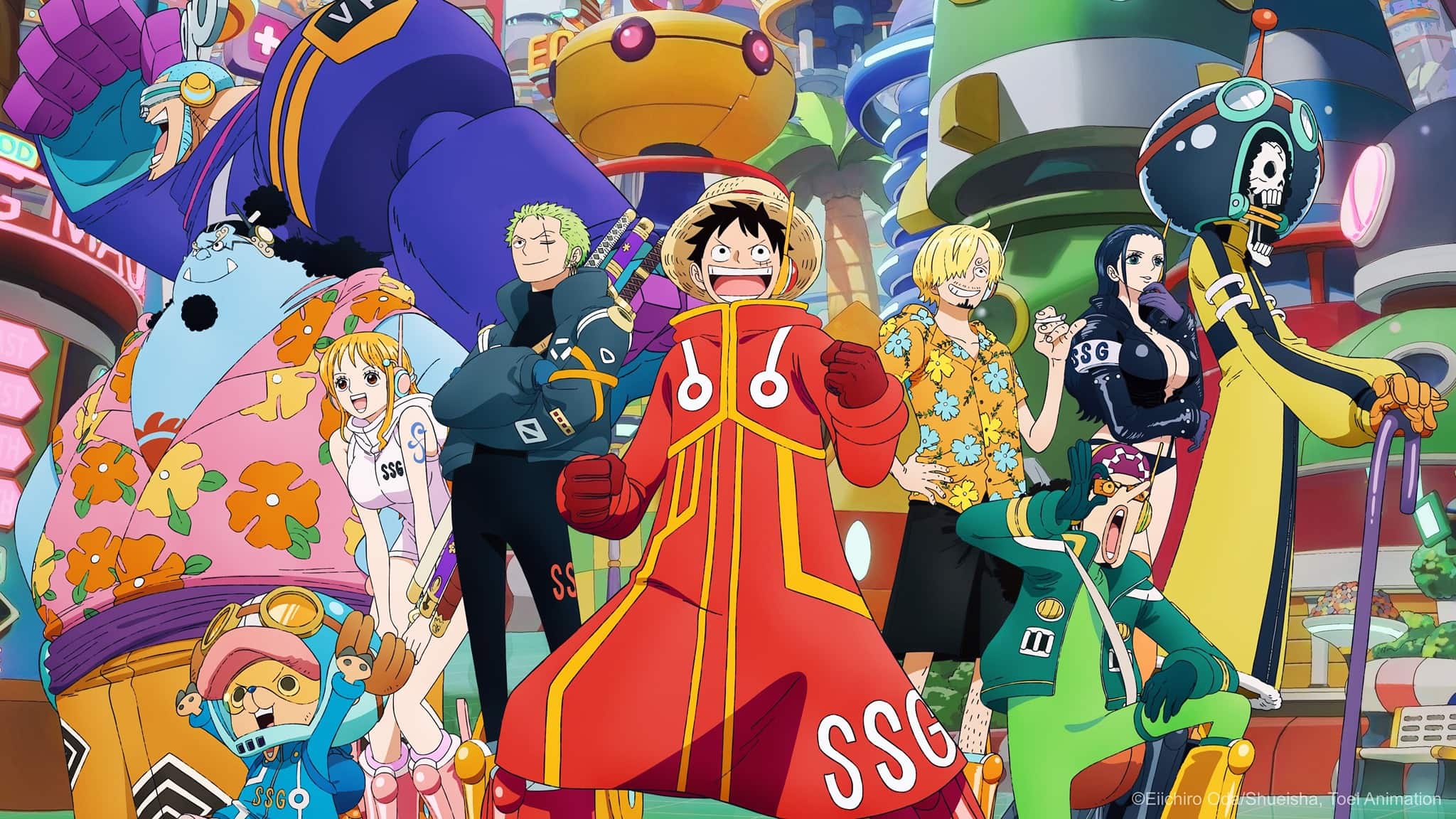
The series stretches across oceans, islands, and entire civilizations. Yet despite the vast setting, Oda manages to build a connected world full of politics, history, and moral ambiguity. The Grand Line, where most of the journey unfolds, is full of powerful adversaries, shifting alliances, and ancient secrets waiting to be unearthed.
The villains in One Piece aren’t just obstacles — they often symbolize systemic cruelty. Crocodile’s manipulation of a kingdom, Enel’s self-proclaimed godhood, Doflamingo’s reign of terror, and the World Government’s secrecy reflect real-world dynamics. These foes push Luffy and his crew to mature and redefine their mission.
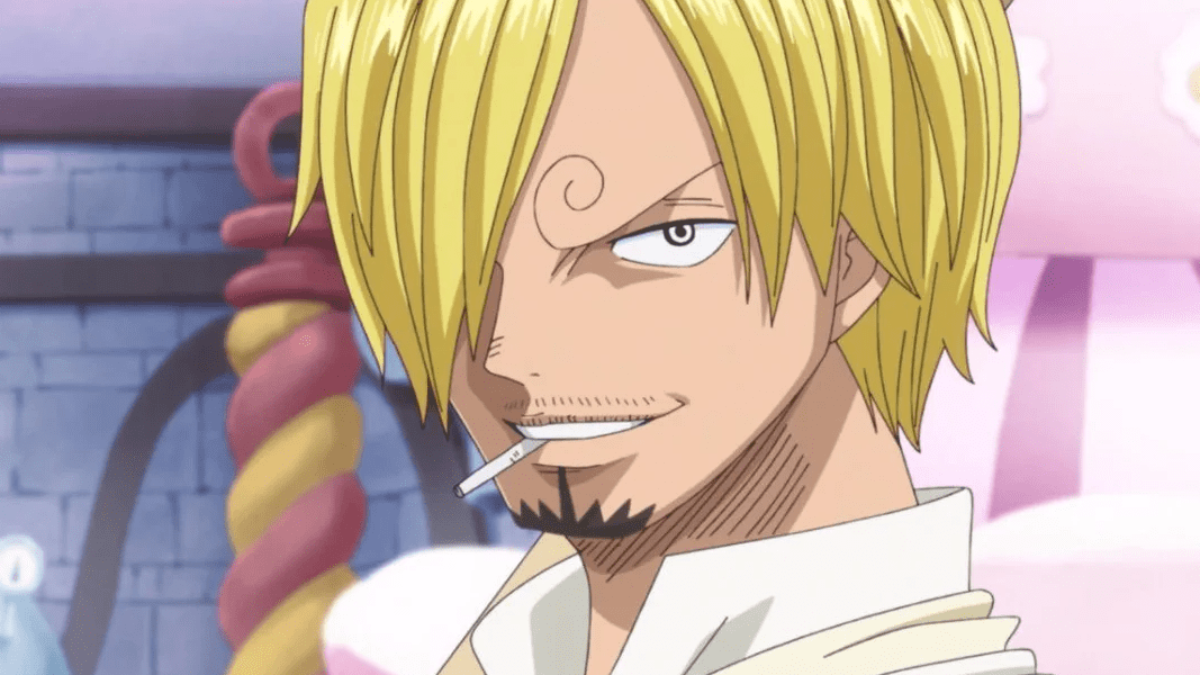
Luffy doesn’t aim to rule others. His idea of becoming the Pirate King is rooted in freedom — the ultimate right to live by one’s will. This message, repeated throughout the story, becomes more powerful with each episode. The treasure, the “One Piece,” is symbolic of a larger truth rather than just gold.
The bonds among the Straw Hats are the series’ emotional anchor. Their loyalty goes beyond duty. Every time one of them is threatened or wounded, the rest rally fiercely. The moment Luffy declares war on the World Government to protect Robin remains one of the most powerful turning points in anime history.
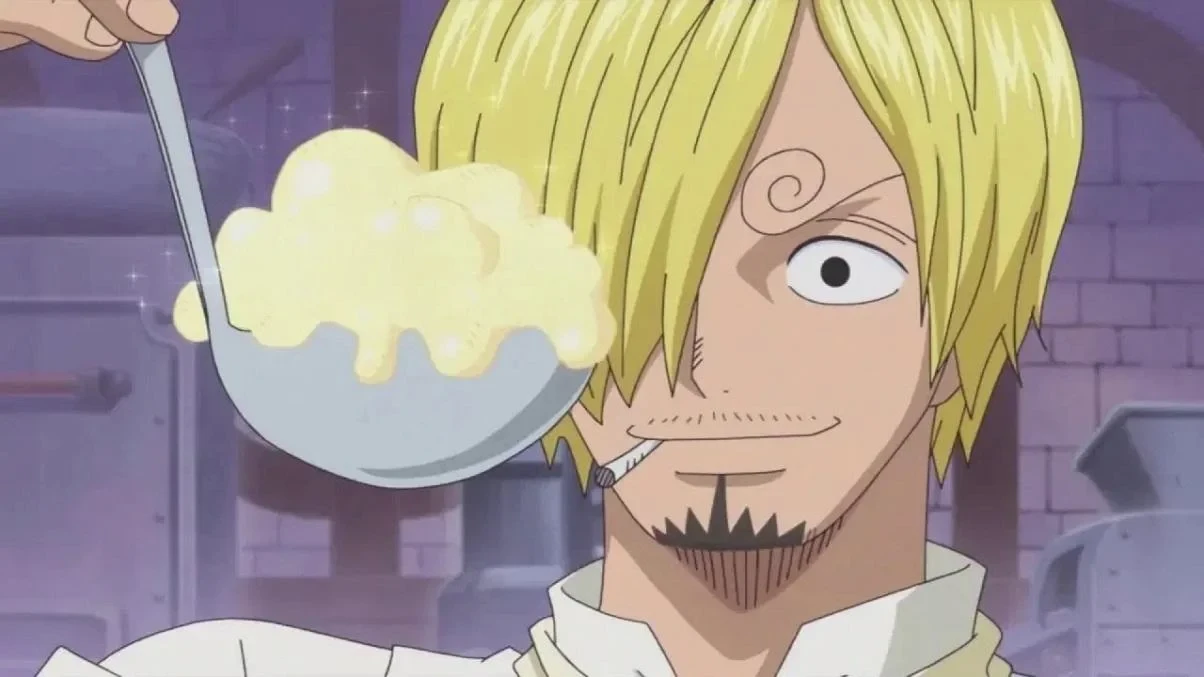
One Piece also stands out for its humor. Whether it’s Luffy’s clueless antics, Zoro’s poor sense of direction, or Brook’s constant skull jokes, the show balances emotional weight with silliness. This balance makes heavy arcs more digestible and moments of joy all the more rewarding after intense battles.
The animation has evolved dramatically over time. While the early episodes feel dated, the recent arcs — especially Wano — display fluid motion, bold color design, and crisp fight choreography. The use of vibrant palettes and stylized action scenes matches the energy and absurdity of the world perfectly.
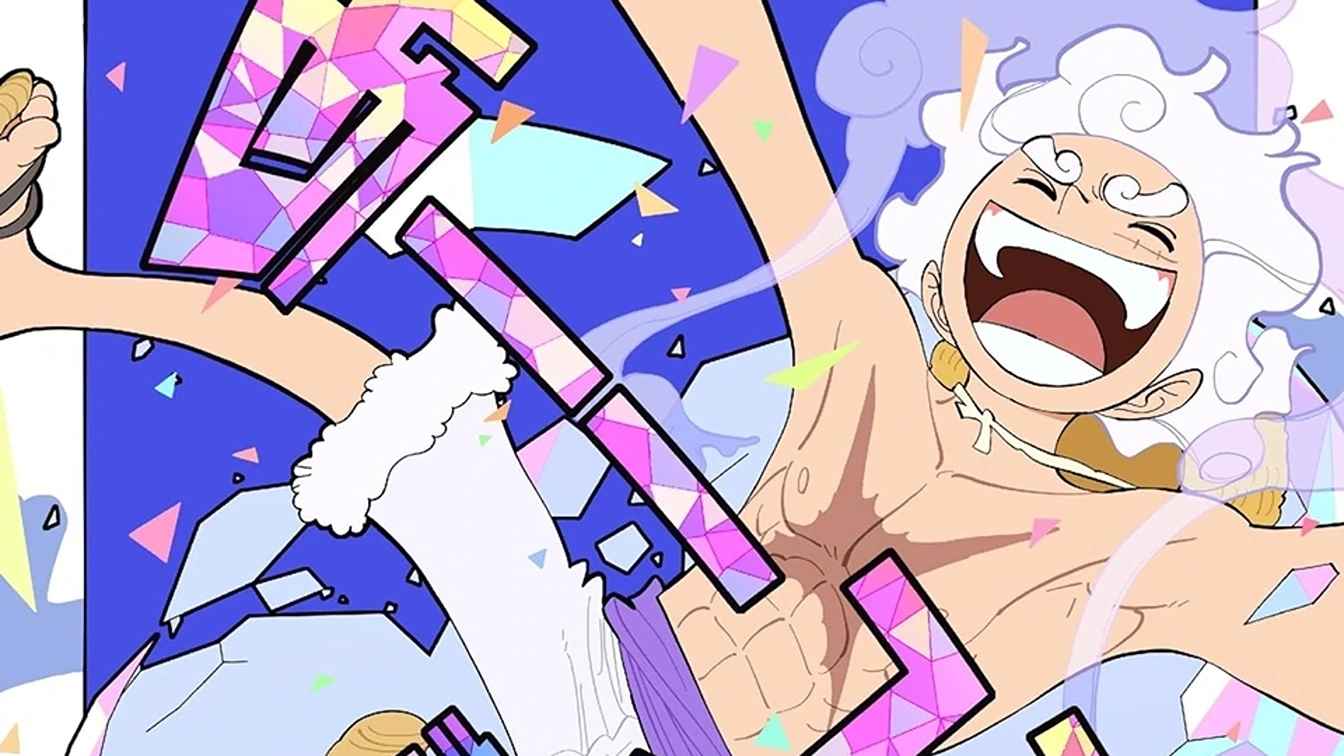
Voice acting deserves special recognition. Mayumi Tanaka brings an infectious energy to Luffy. Kazuya Nakai captures Zoro’s gruff loyalty, and Akemi Okamura gives Nami a complex range of emotion. These voices, familiar to long-time fans, help root the audience emotionally in the characters’ struggles and triumphs.
The music, composed by Kohei Tanaka and Shiro Hamaguchi, elevates the mood of each arc. From the upbeat “We Are!” opening theme to dramatic orchestral pieces during major battles, the soundtrack contributes heavily to the series’ emotional pull. Even the quieter tracks have a way of staying with you long after watching.

Arc after arc, One Piece manages to remain fresh by shifting tone, scale, and stakes. From Alabasta to Enies Lobby, Marineford to Dressrosa, and now into Wano, each saga expands the universe while reinforcing core themes: justice, freedom, legacy, and the grayness between right and wrong.
Oda also excels at foreshadowing. Plot threads introduced hundreds of episodes earlier suddenly become relevant again. This narrative patience creates a sense of reward for long-time viewers and demonstrates Oda’s mastery of long-form storytelling. The world feels alive, not just because of its detail but because of its narrative cohesion.
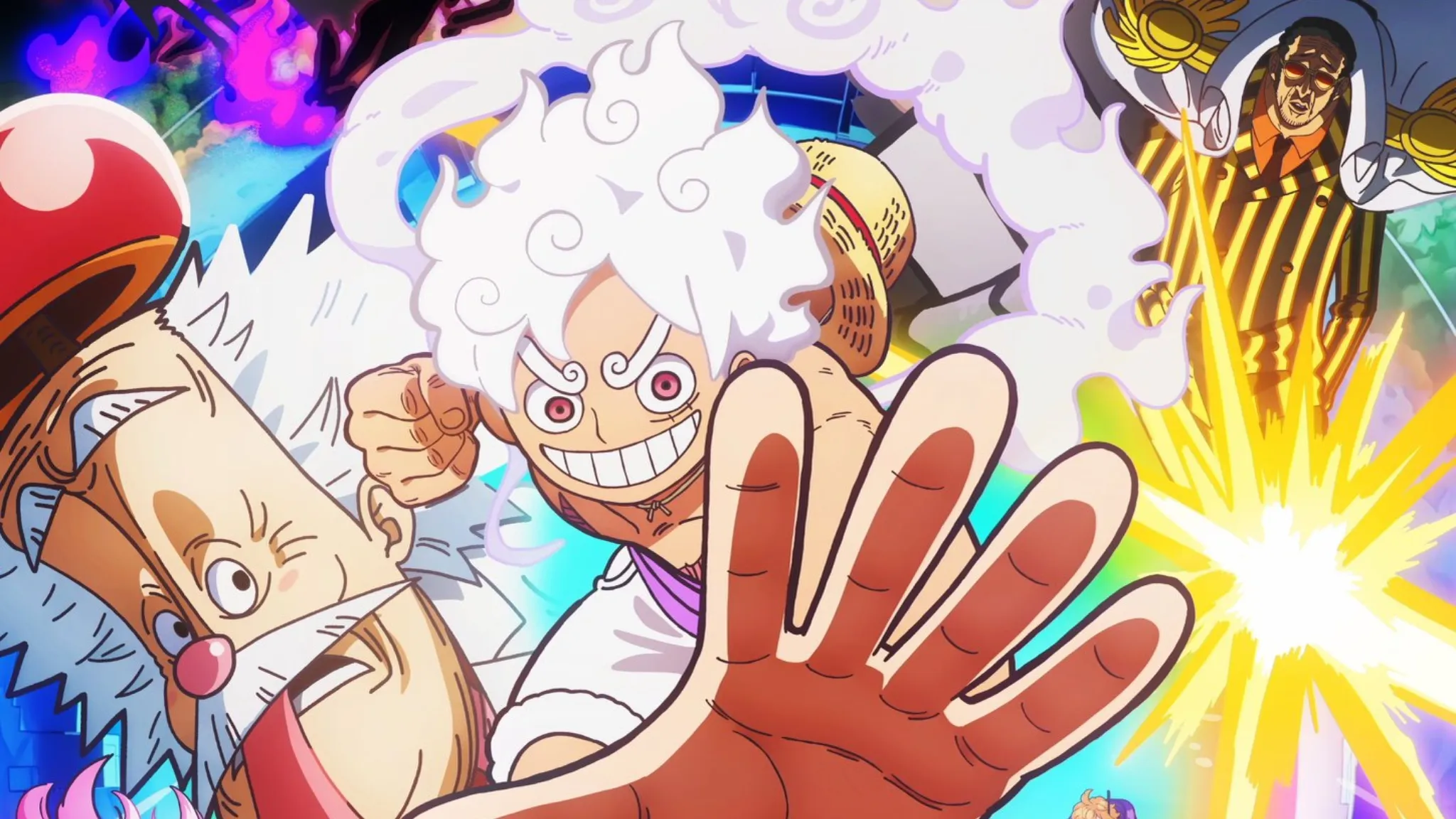
Despite its epic length, the series rarely drags. Filler arcs exist, but they don’t dominate the experience. The majority of the story is driven by meaningful progress, character growth, and rising tension. And unlike many long-running anime, One Piece retains a strong sense of identity throughout its run.
Fans are particularly invested because the stakes feel personal. These characters have dreams — real, vulnerable ones. Watching them chase those dreams through hardship, loss, and friendship creates a deep connection. The journey isn’t just Luffy’s; it becomes the viewer’s too.
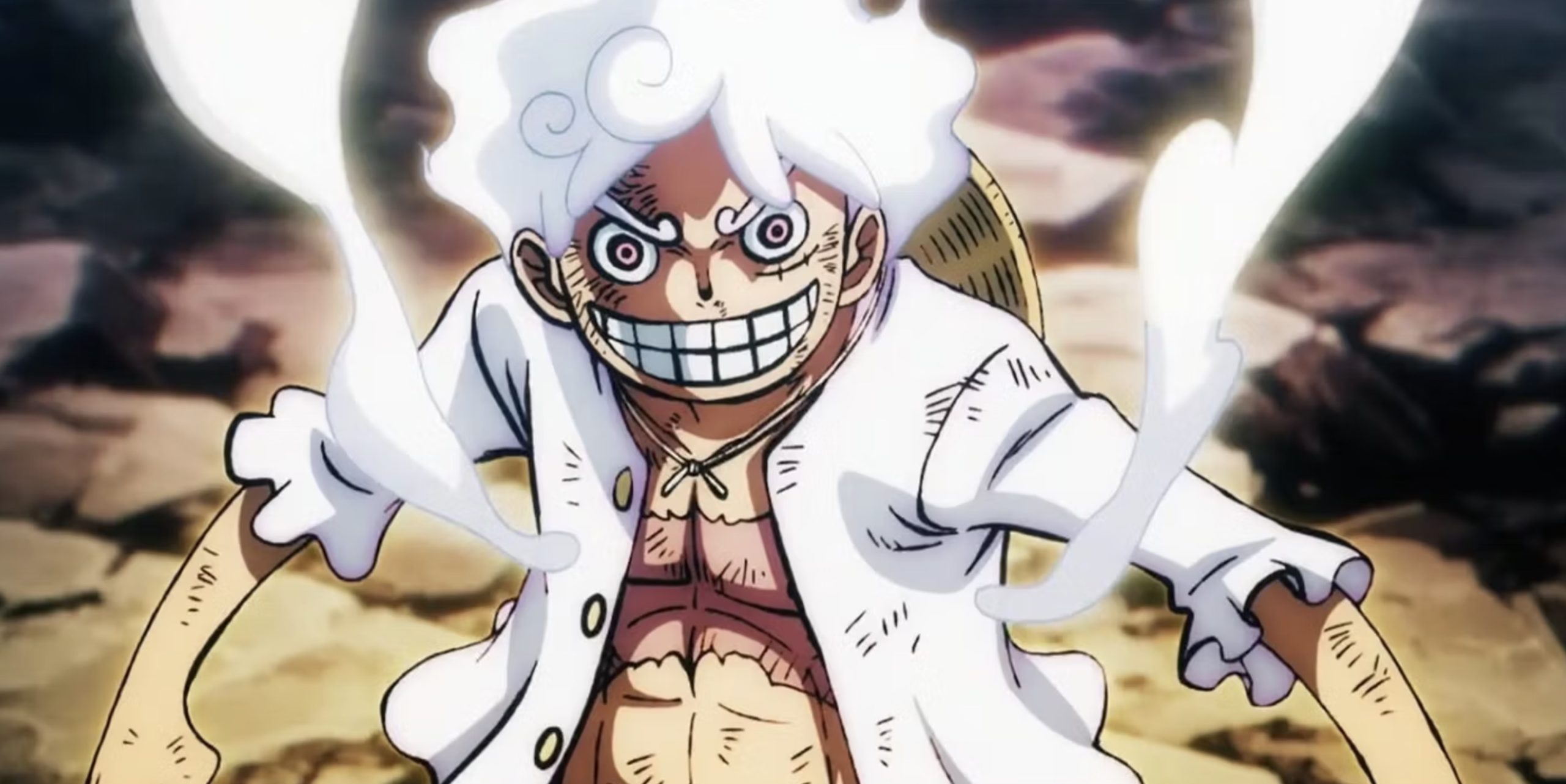
One Piece is often misunderstood as simply a battle anime. But beneath its action lies thoughtful storytelling about ambition, trauma, and chosen family. The themes grow more mature with time, making it a rare example of a show that matures with its audience.
Even after more than 1,000 episodes, the excitement surrounding One Piece hasn’t waned. New characters, unresolved mysteries, and the looming final war keep fans engaged. With the manga approaching its final act, the anime continues to build momentum toward what promises to be a legendary conclusion.
There’s no single reason why One Piece continues to connect with so many. It’s a blend of its heart, its humor, its scale, and its sincerity. It makes you laugh, cry, and believe in the power of dreams — all while riding along on a ship with a crew that feels like family.
6. First Of The North Star
Fist of the North Star emerged as a revolutionary franchise during the 1980s, playing a pivotal role in establishing anime’s presence overseas. Set in a post-apocalyptic world, the narrative revolves around Kenshiro, a formidable martial artist on a quest to safeguard the innocent and vulnerable from various adversaries.
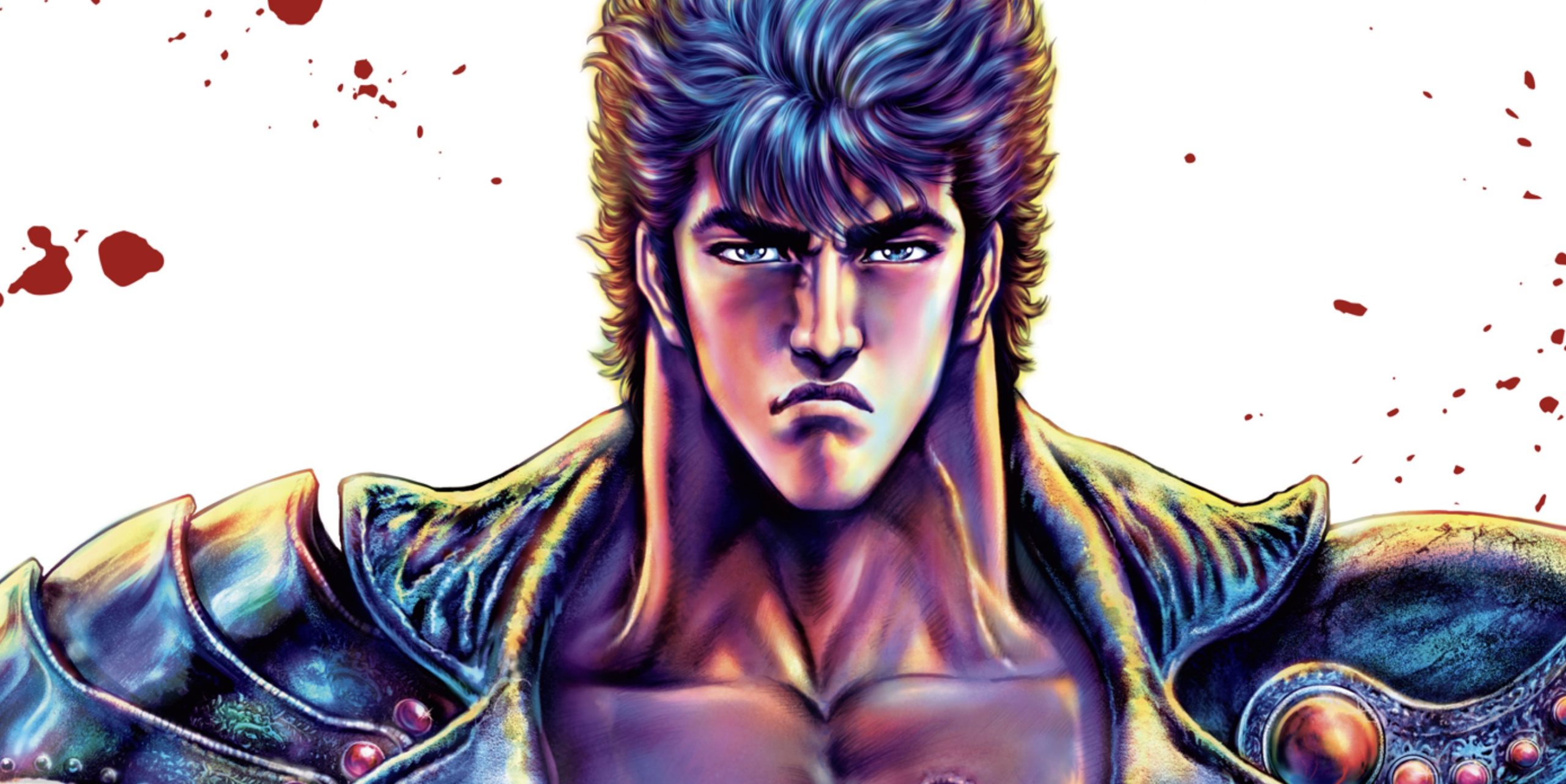
Despite its vintage origins, Fist of the North Star remains among the highest-grossing anime franchises to date. Surprisingly, a significant portion of its financial success stems from pachinko machines, which have generated a staggering $14 billion in sales.
While the quintessentially ’80s Fist of the North Star may have fewer releases in recent years, each new installment continues to command a respectable sum upon its release.
5. The Dragon Ball
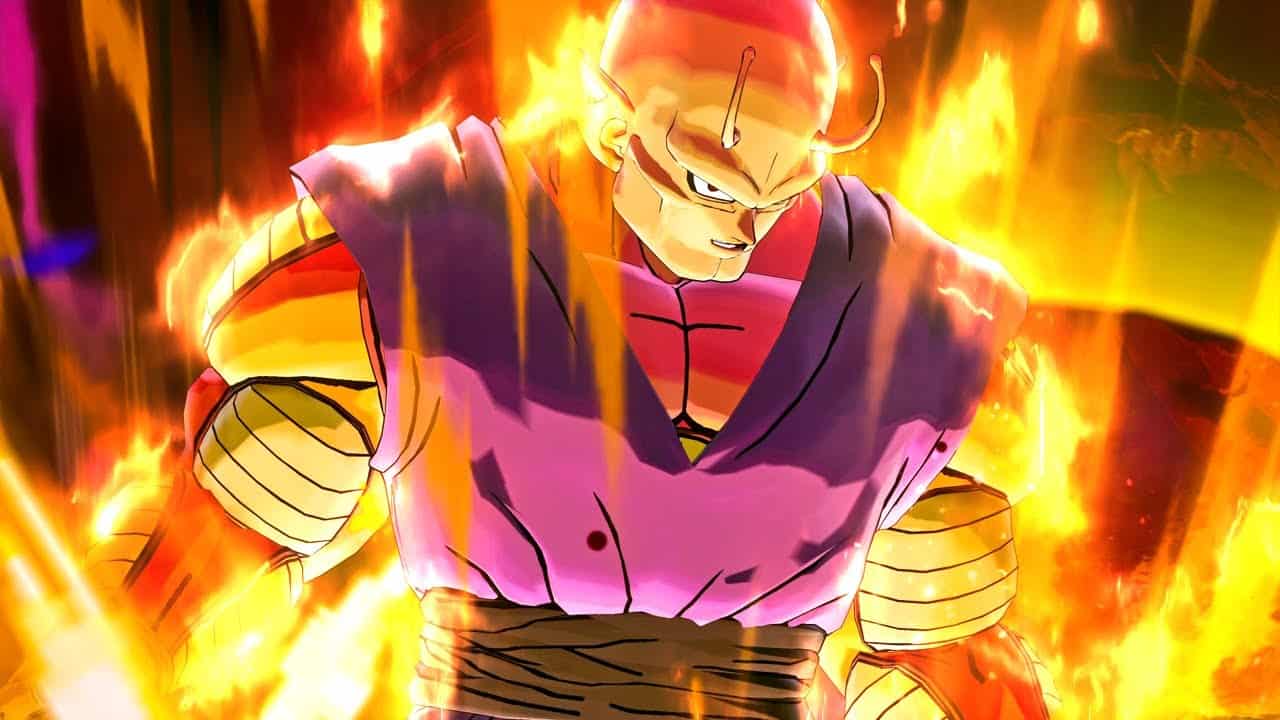
Dragon Ball stands as an enduring icon among the highest-grossing anime of all time, with amazing audiences since its inception in the ’80s, and continues to thrive to this day.
A beloved shonen classic, the series traces the journey of Son Goku from his youth to adulthood, with its title derived from the mystical Dragon Balls that possess wish-granting powers when collected in full.
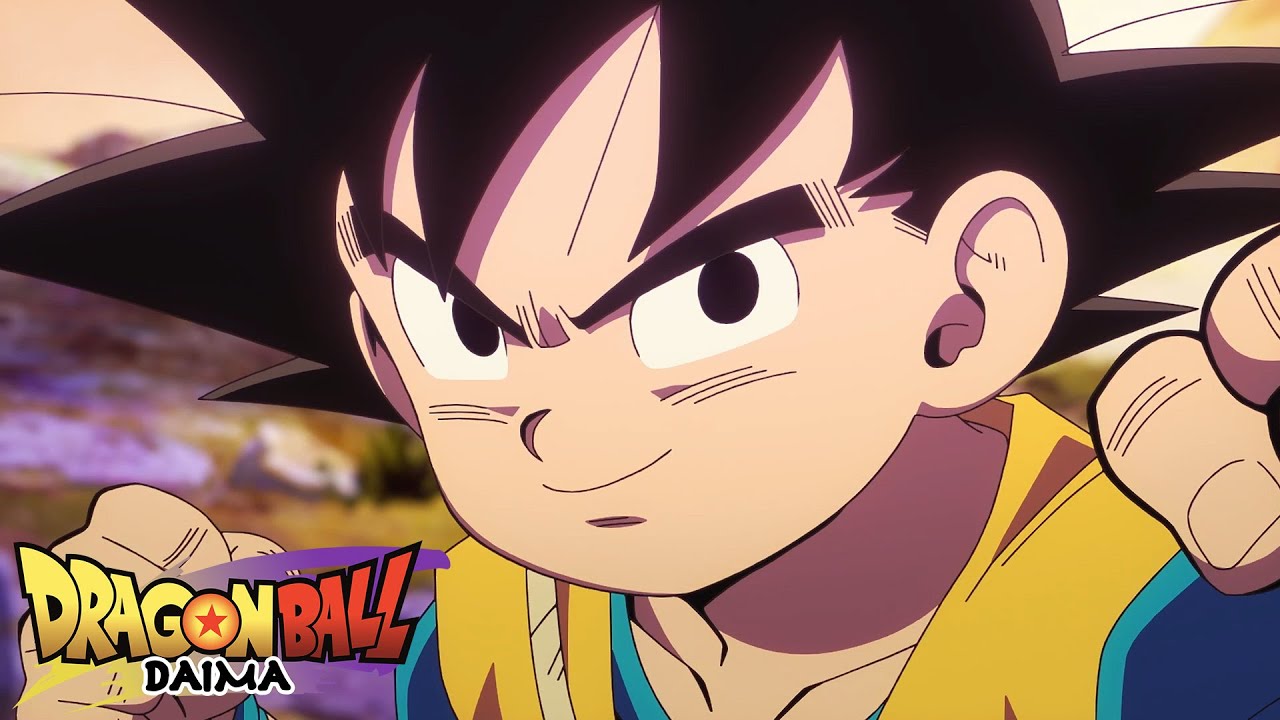
A significant portion of Dragon Ball’s revenue stems from video games and merchandise sales, underscoring its immense commercial success.
Recent blockbuster movies have further solidified its status as a titan in the anime industry. With its impeccable animation and unwavering popularity, Dragon Ball shows no signs of slowing down, with plans for future releases already in the pipeline.
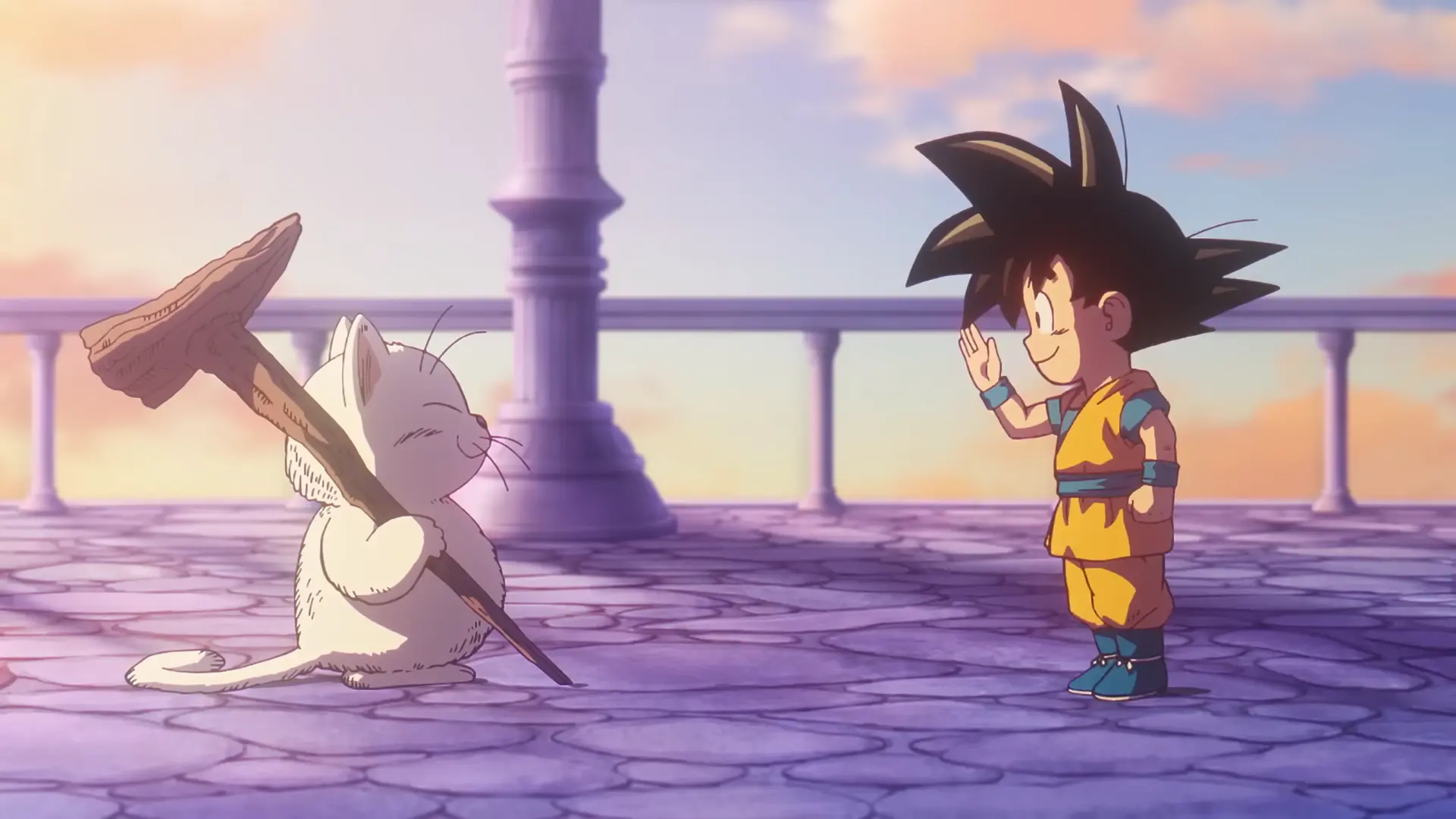
Renowned for its broad appeal among action enthusiasts worldwide, Dragon Ball ranks among the highest-grossing anime of all time.
Its enduring legacy is a witness to its unparalleled resonance and cultural significance, placing it among the elite few in the anime that have achieved such monumental success.
Dragon Ball remains one of the most influential and widely recognized anime franchises ever made. Beginning in the mid-1980s, it not only transformed Japanese animation but also helped introduce anime to mainstream international audiences. The story follows Son Goku, a naive but strong boy with a monkey tail, as he seeks the mystical Dragon Balls.
Created by Akira Toriyama, the series started as a lighthearted martial arts journey based loosely on the Chinese novel Journey to the West. The manga, serialized in Weekly Shonen Jump, gradually shifted into action-heavy arcs filled with powerful enemies, energy beams, and iconic transformations. These changes shaped the tone of modern shonen anime.
Early episodes focused more on humor and adventure, with Goku meeting characters like Bulma, Master Roshi, Krillin, and Yamcha. These interactions were playful but paved the way for deeper relationships. Goku’s innocence and overwhelming strength made him an endearing lead, admired by audiences across generations.
As the story continued, tournaments became a central feature. The World Martial Arts Tournaments allowed characters to showcase growth, challenge rivals, and introduce new techniques. This recurring structure helped build anticipation and kept fans interested in each new matchup and training arc.
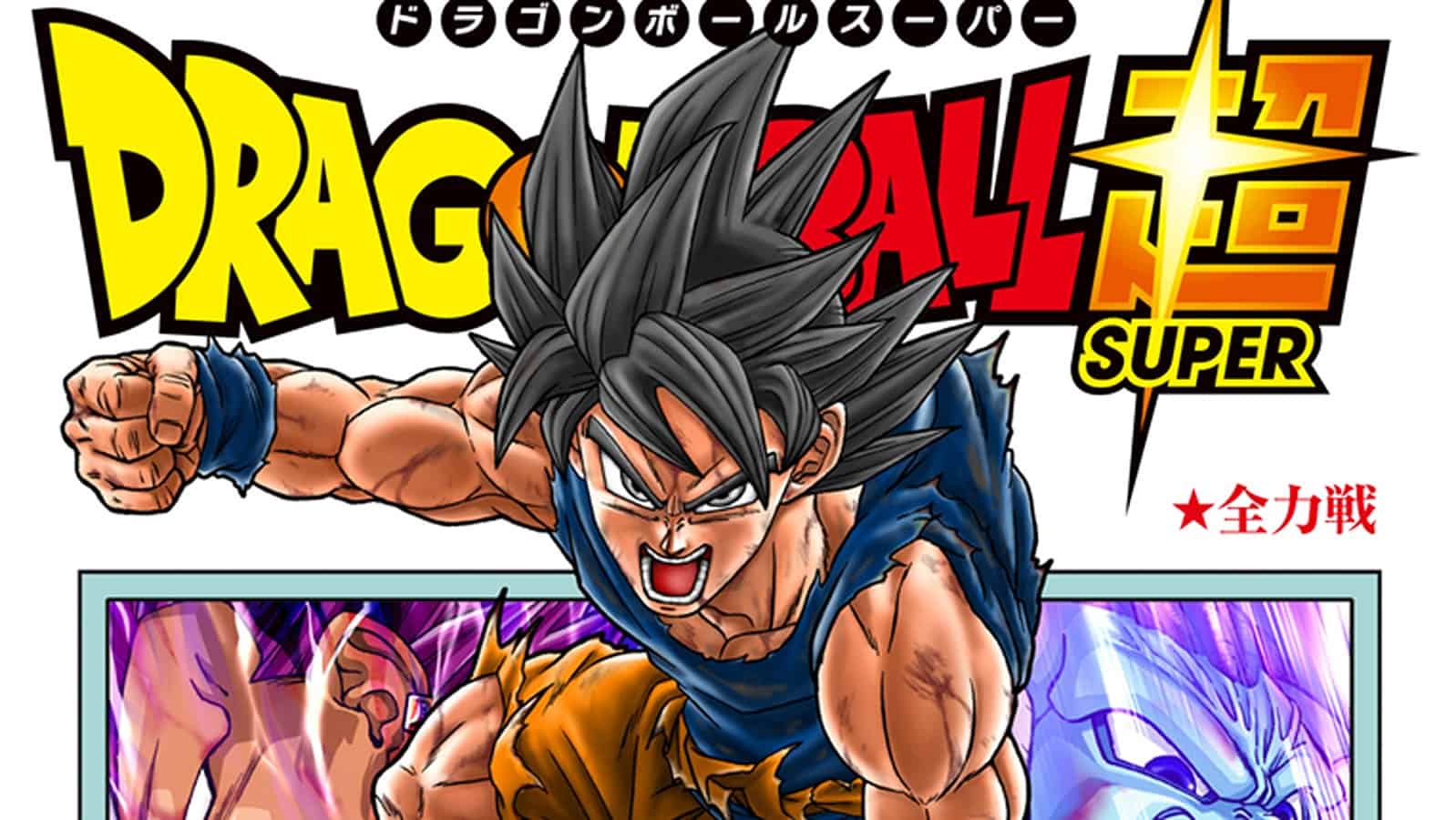
One of Dragon Ball’s strengths lies in how it manages character development through physical and emotional trials. Goku evolves not just in power, but also in wisdom and responsibility. His journey from carefree boy to protector of Earth is filled with personal milestones and unforgettable showdowns.
Dragon Ball Z introduced a tonal shift. Starting with the arrival of Goku’s brother, Raditz, the stakes grew higher, and so did the scale of power. This era brought in Super Saiyans, energy clashes, and intense intergalactic threats. Viewers got deeper into themes of destiny, family, and sacrifice.
Vegeta’s arc became a cornerstone of the series. His pride, rivalry with Goku, and gradual softening added emotional weight. Initially cold and ruthless, he slowly grew into a father and reluctant ally, showing how even the most hardened warrior could grow and change over time.
The series is famous for its transformations. Super Saiyan, introduced during the battle with Frieza, became a pop culture moment. Later forms — Super Saiyan 2, 3, and eventually God — allowed fans to see characters grow stronger, each level visually distinct and narratively meaningful.
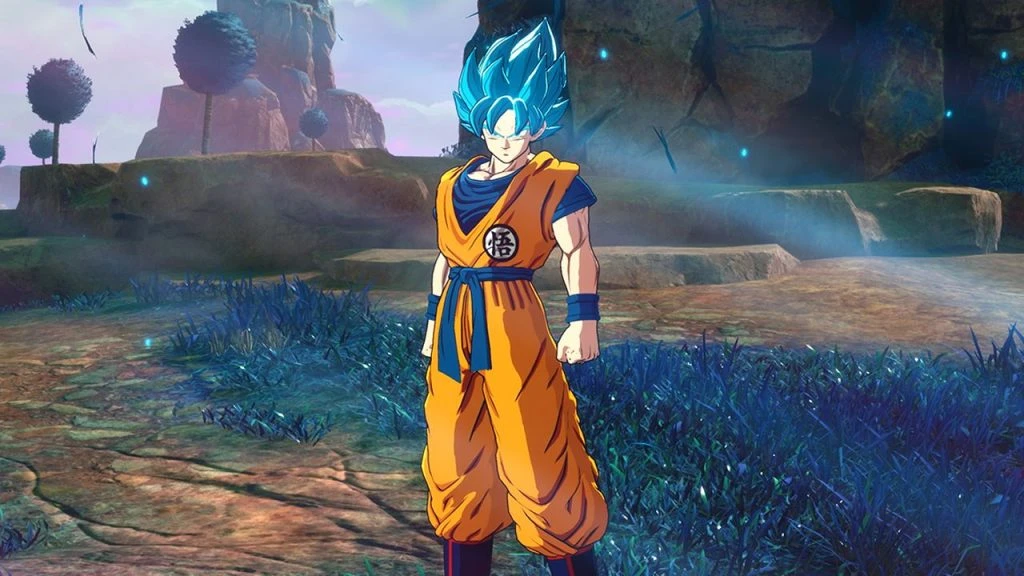
Villains like Frieza, Cell, and Majin Buu weren’t just obstacles — they reflected different dangers. Frieza represented oppression and cruelty. Cell stood for evolution and perfection. Buu brought chaos and unpredictability. These arcs offered unique challenges and forced the Z Fighters to grow stronger together.
Dragon Ball’s appeal wasn’t only in battles. Its humor, character interactions, and slice-of-life episodes added balance. Scenes of Goku trying to get a driver’s license or Vegeta attending a family vacation reminded viewers that even world-saving warriors have everyday lives and moments of levity.
Dragon Ball GT, although not based on the original manga, experimented with different themes. It sent Goku back to childhood, traveled through space, and introduced new characters and transformations. While divisive, GT still contributed to the franchise’s rich universe and introduced lasting ideas like Super Saiyan 4.

Dragon Ball Super followed years later, reviving fan enthusiasm worldwide. This installment expanded the universe further with the multiverse concept, new gods, and epic tournaments. Goku’s fight against Jiren during the Tournament of Power remains one of the most visually stunning and emotionally driven battles in the series.
Goku’s development in Super showed his desire for challenge more than heroism. He wasn’t saving the world out of duty but seeking strong opponents. This nuance added complexity to his character, making him feel more like a martial artist than a traditional savior figure.
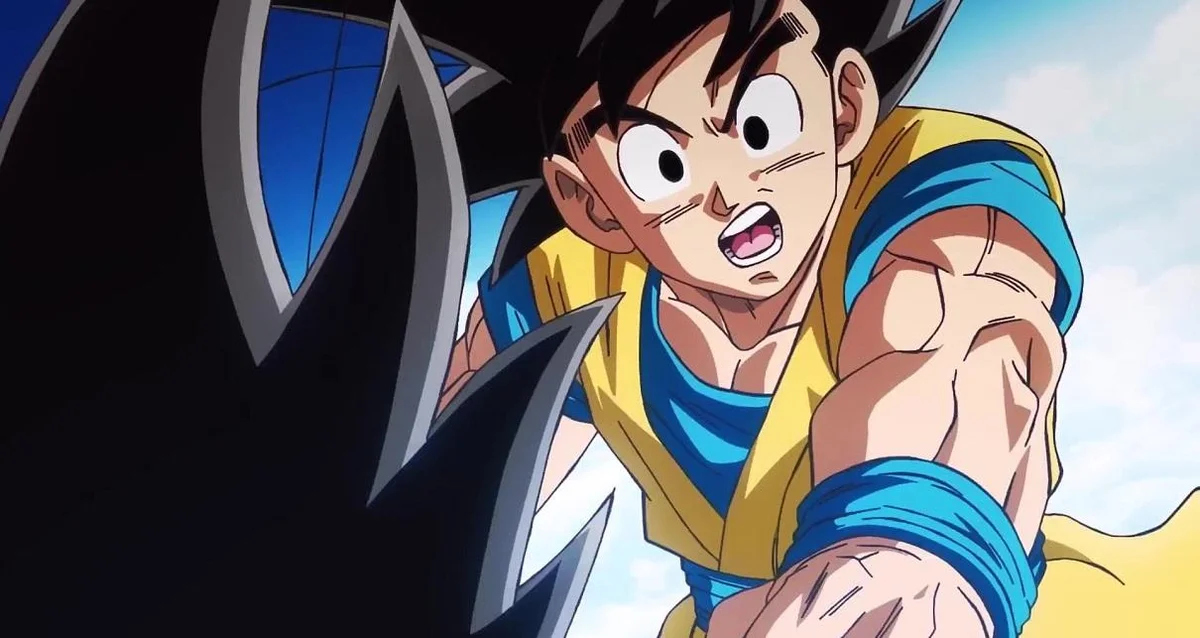
The introduction of Beerus and Whis added divine scale and humor. Beerus, the God of Destruction, wasn’t purely evil but playful and unpredictable. His dynamic with Goku and Vegeta refreshed the tone of the series, bringing comedy and tension in equal measure.
Animation quality has improved significantly over time. Earlier arcs were hand-drawn with occasional inconsistencies, but later episodes and movies like Dragon Ball Super: Broly showcased sleek designs, fluid action, and detailed character expressions. These upgrades helped the franchise stay visually relevant for modern viewers.
Music has played a vital role throughout. From the original Japanese opening “Makafushigi Adventure!” to Super’s energetic “Limit-Break x Survivor,” each song adds energy and emotion. Background scores during battles or emotional moments intensify the mood and keep audiences hooked.
One aspect fans admire is the generational effect. Viewers who grew up with the original series now share it with their kids. Dragon Ball has become a shared cultural bond, discussed through memes, rewatch sessions, and fan art across all platforms.
Merchandise has remained a major pillar of its success. Action figures, apparel, trading cards, and video games keep the brand alive. From classic arcade titles to modern console games like Dragon Ball FighterZ, fans continue reliving iconic battles in interactive form.
Dragon Ball’s influence extends beyond anime. It has inspired countless artists, creators, and athletes. Its emphasis on hard work, training, and perseverance resonates globally. Phrases like “over 9000” and poses like the Kamehameha are now embedded in internet and sports culture alike.
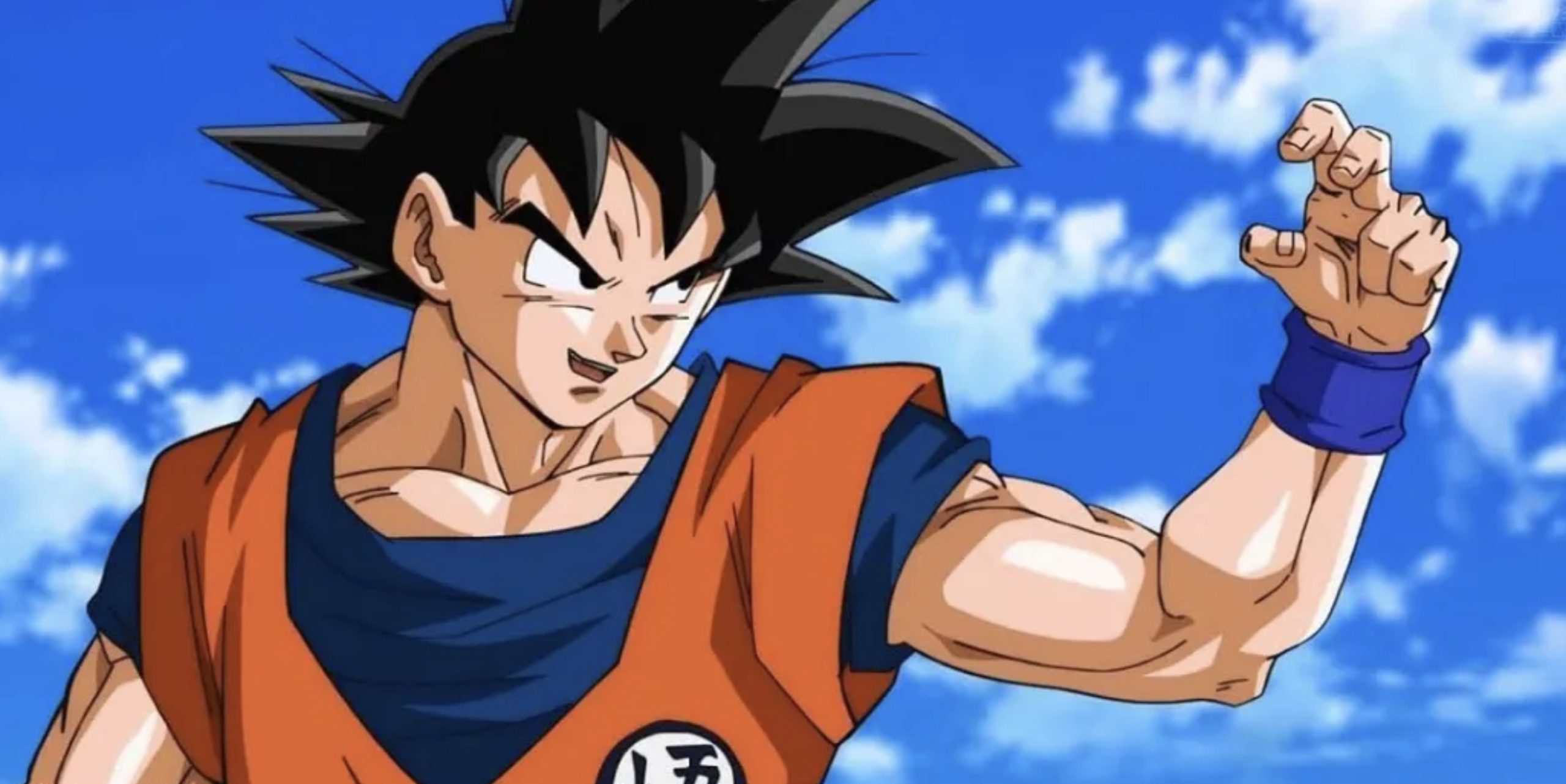
Despite criticism about pacing or filler episodes, Dragon Ball endures because of its heart. The message that strength comes from effort, support, and belief in oneself connects deeply. Goku’s endless drive reminds fans to keep pushing forward, no matter the challenge.
Toriyama’s legacy lives on, not only through anime and manga but also through the ongoing stories he left behind. With each arc, Dragon Ball invites viewers to look beyond limits, accept rivalries as motivation, and treat each failure as a path to progress.
Dragon Ball isn’t just about punches or power levels. It’s about family, endurance, and protecting what matters. The combination of intense action, comedy, and emotional beats creates a story that spans generations. Fans keep coming back not just for battles, but for the lessons hidden beneath them.
4. Mobile Suit Gundam
It’s widely recognized that Mobile Suit Gundam soared to become one of the highest-grossing anime franchises in history, largely due to its toy sales.
While the classic Mobile Suit Gundam anime and its numerous retellings enjoyed success, the franchise owes its very existence to its model kits, known as Gunplas, which consistently outsell all other merchandise.
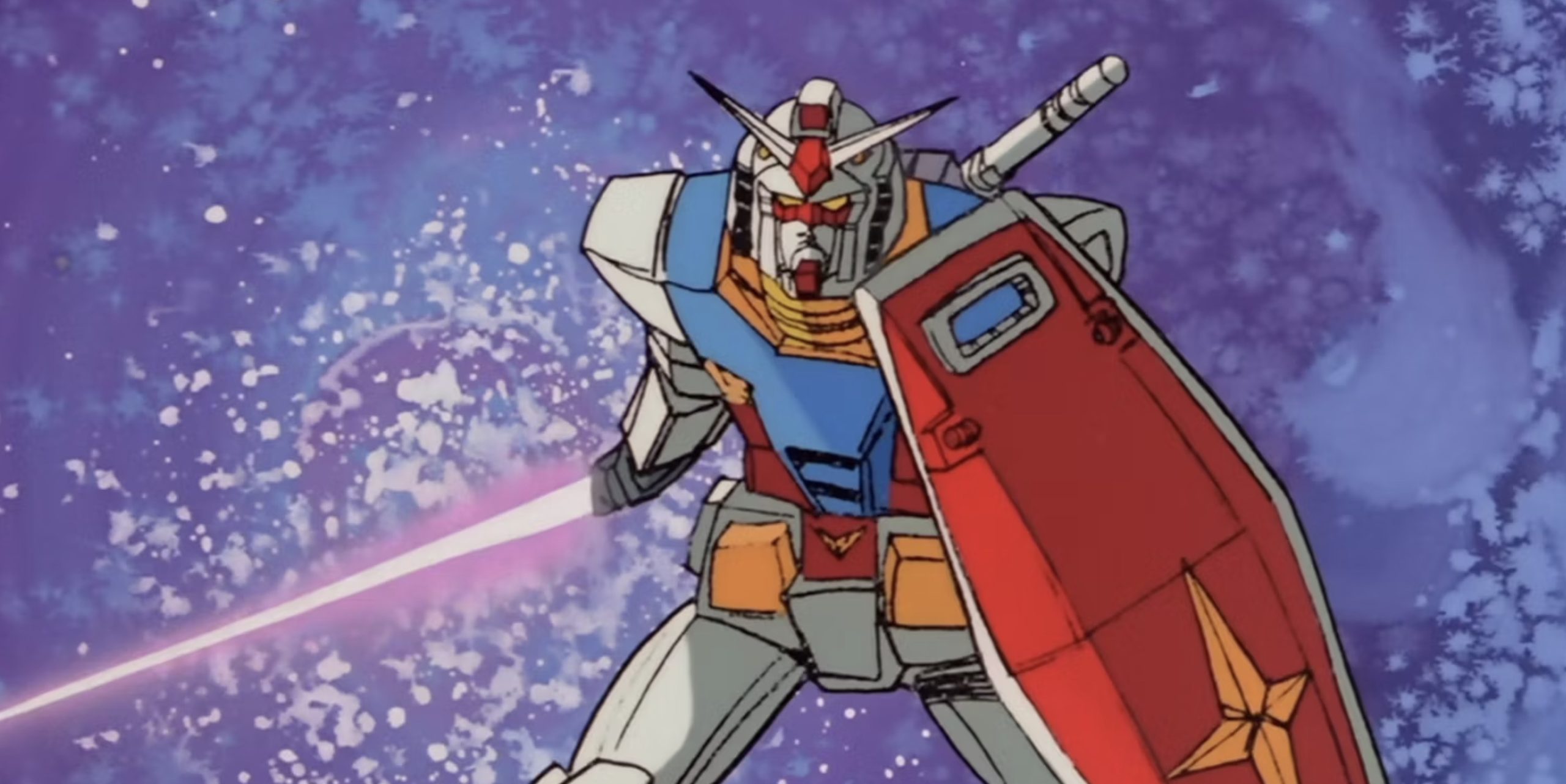
A pivotal factor in Gundam’s enduring prosperity lies in its ability to adapt to contemporary trends. Despite maintaining its core themes and narratives, each new Gundam anime installment is tailored to resonate with the sensibilities of its respective era’s youth.
This deliberate approach ensures that a fresh Gundam tale is crafted for every decade and generation, further solidifying its relevance and appeal across diverse audiences.
3. Anpanman
Anpanman may not be a household name beyond Japan, but within the country, it reigns as a beloved children’s anime. The series revolves around a superhero whose head is a delectable cake filled with red bean paste—a traditional Japanese treat known as “anpan”—who defends the world against the villainous germ, Baikinman.

Parents understand the unwavering dedication children have to the things they love. It’s no surprise then that nearly all of Anpanman’s revenue stems from retail sales of Anpanman-themed merchandise for kids.
Additionally, a significant portion of its earnings, amounting to nearly $14 billion, can be attributed to ticket sales for the Yokohama Anpanman Children’s Museum.
2. Hello Kitty
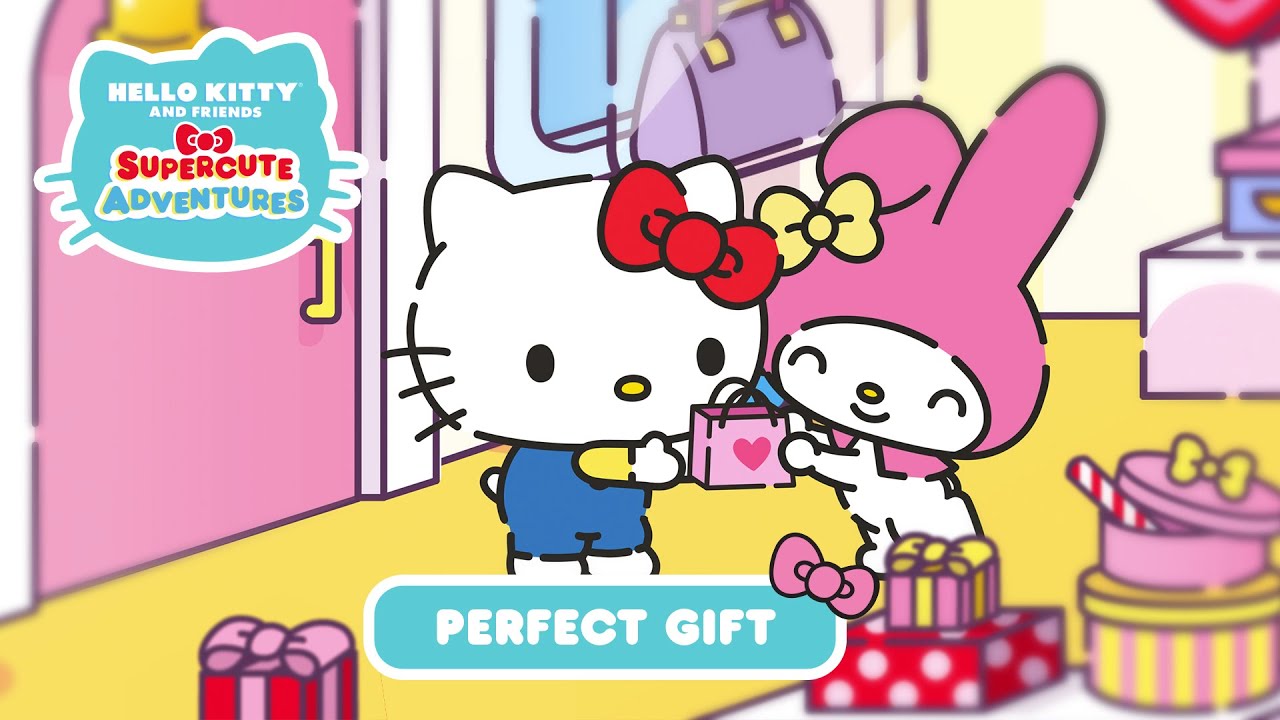
To many, Hello Kitty epitomizes a merchandising icon rather than a prominent anime character. Notably, Hello Kitty’s revenue stream is predominantly fueled by merchandise sales, prompting some to view its numerous, albeit often overlooked, anime as little more than promotional vehicles for licensed goods and apparel.
This perception gained validation in 2014 when estimates suggested that Hello Kitty could rake in a staggering $8 billion annually. It’s reasonable to assume that this figure has only escalated in the years since.
While Hello Kitty’s cartoons and movies may not serve as lucrative cash cows, it appears that maximizing profits through media ventures was never the primary focus of this franchise.
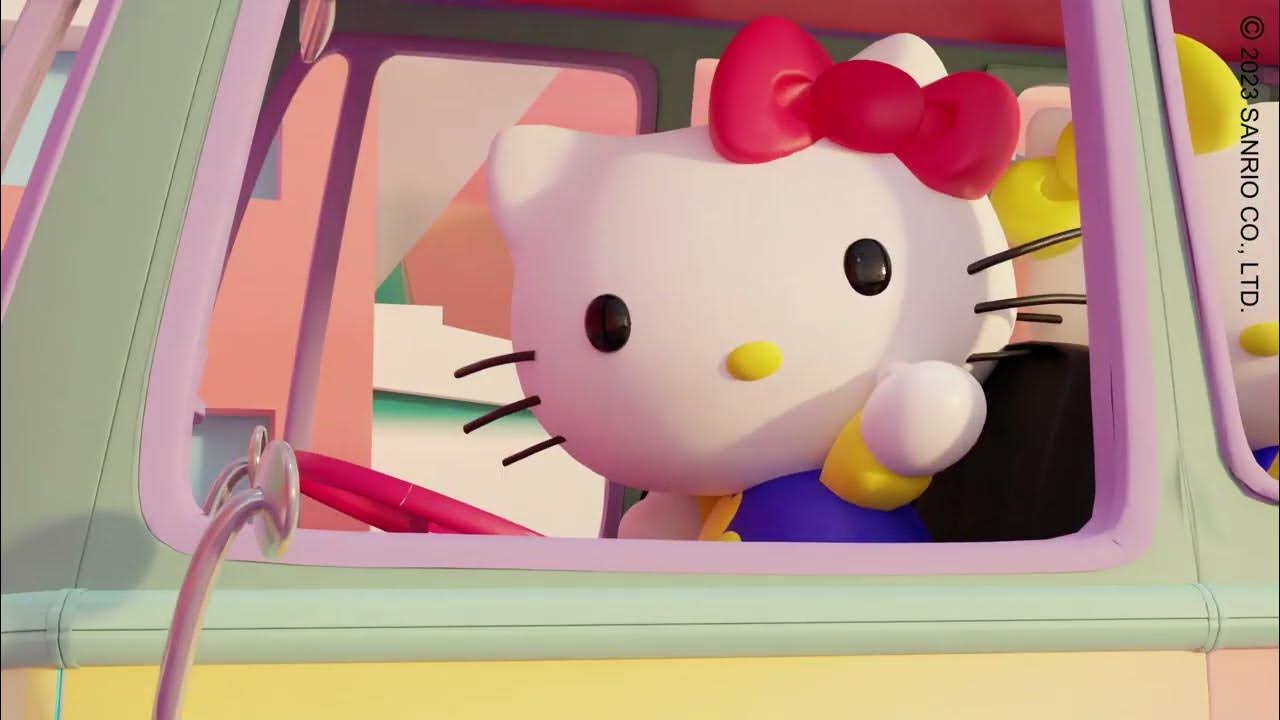
Hello Kitty has remained a global phenomenon for decades, becoming more than just a character — she’s a cultural figure recognized across continents. Created by Sanrio in 1974, Hello Kitty was originally intended for a young audience, but over time, her appeal stretched far beyond childhood into fashion, media, and lifestyle.
Designed by Yuko Shimizu, Hello Kitty debuted as a small image on a vinyl coin purse. Her simplistic look — a round face, small dot eyes, and signature red bow — was minimal yet unforgettable. She didn’t have a mouth, a creative decision meant to allow people to project their own feelings onto her.

Although she began in Japan, Hello Kitty quickly spread through international markets, especially in the United States during the late ’70s and early ’80s. Young girls were drawn to her innocent charm, and soon she appeared on everything from stationery to lunch boxes, winning hearts in households worldwide.
One key factor behind her lasting success lies in her adaptability. Hello Kitty has evolved with time, staying relevant through collaborations with designers, celebrities, and major franchises. These joint ventures have helped her maintain visibility and connect with newer generations without losing her nostalgic identity.
Sanrio also expanded her universe by introducing friends like My Melody, Badtz-Maru, and Keroppi. These characters gave the brand more personality and allowed Hello Kitty to exist in a broader, imaginative setting where stories, friendships, and adventures could unfold in playful ways.
Hello Kitty’s world has grown through animations, video games, mobile apps, and even theme parks like Sanrio Puroland in Tokyo. These expansions helped build her identity beyond just being a merchandise icon. She became part of childhood memories and nostalgic reflections for many adults.
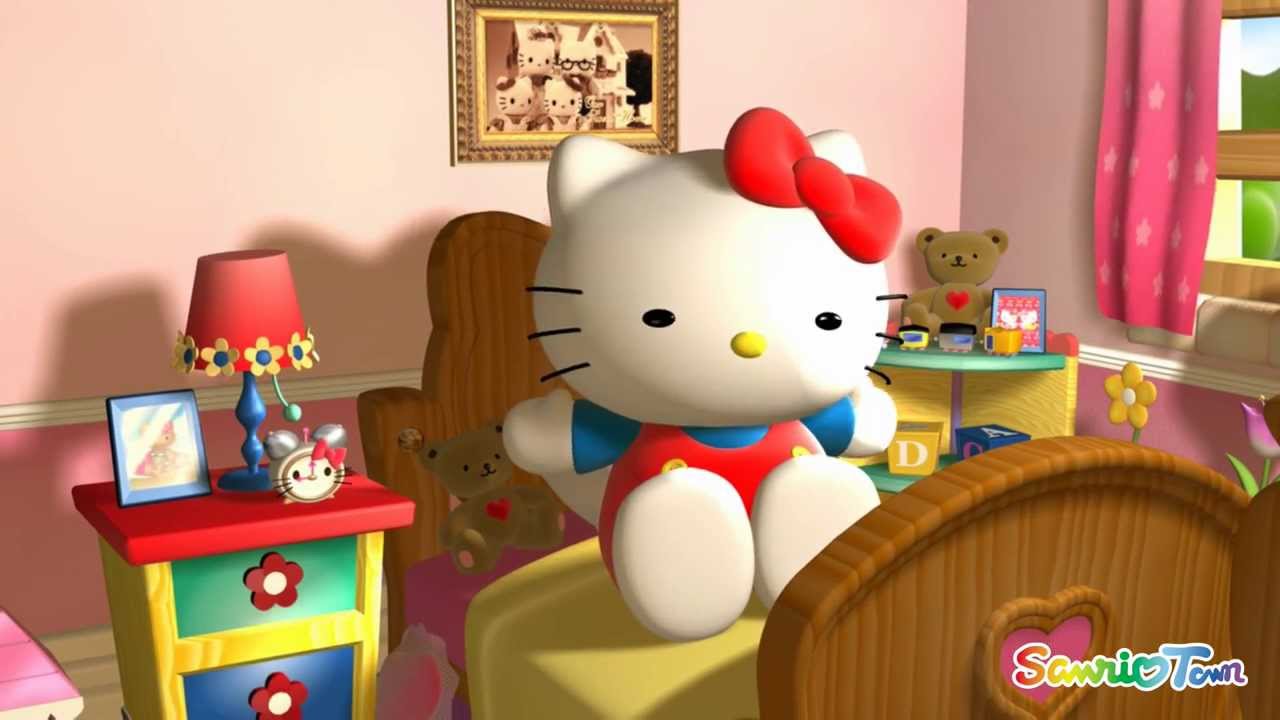
While her primary image is innocent and sweet, Hello Kitty has crossed into edgier or more mature domains. High-end designers have incorporated her into fashion runways, and she’s even been tattooed as body art. Her flexibility in style gives her a unique edge other characters rarely match.
The absence of a defined personality also works in her favor. Unlike most characters, Hello Kitty doesn’t speak or show extreme emotion. This makes her universally relatable — people of any culture or language can connect with her image without needing translation or specific context.
Critics have at times questioned the overwhelming commercialization of Hello Kitty, wondering if the brand values substance as much as style. However, fans argue that the brand’s appeal lies in its simplicity and how it allows people to project their emotions onto a calm and familiar figure.
Hello Kitty-themed cafés, makeup lines, and household goods have helped blend the character into adult lifestyles. Unlike most characters that fade with age, Hello Kitty matures alongside her audience. Many who once wore Hello Kitty backpacks now drink from Hello Kitty mugs in their offices.
The brand also works well due to its attention to detail. Sanrio maintains tight control over Hello Kitty’s aesthetic, ensuring she never strays far from her recognizable form. Whether appearing in Japanese ads or European boutiques, she maintains a look that is both consistent and comforting.
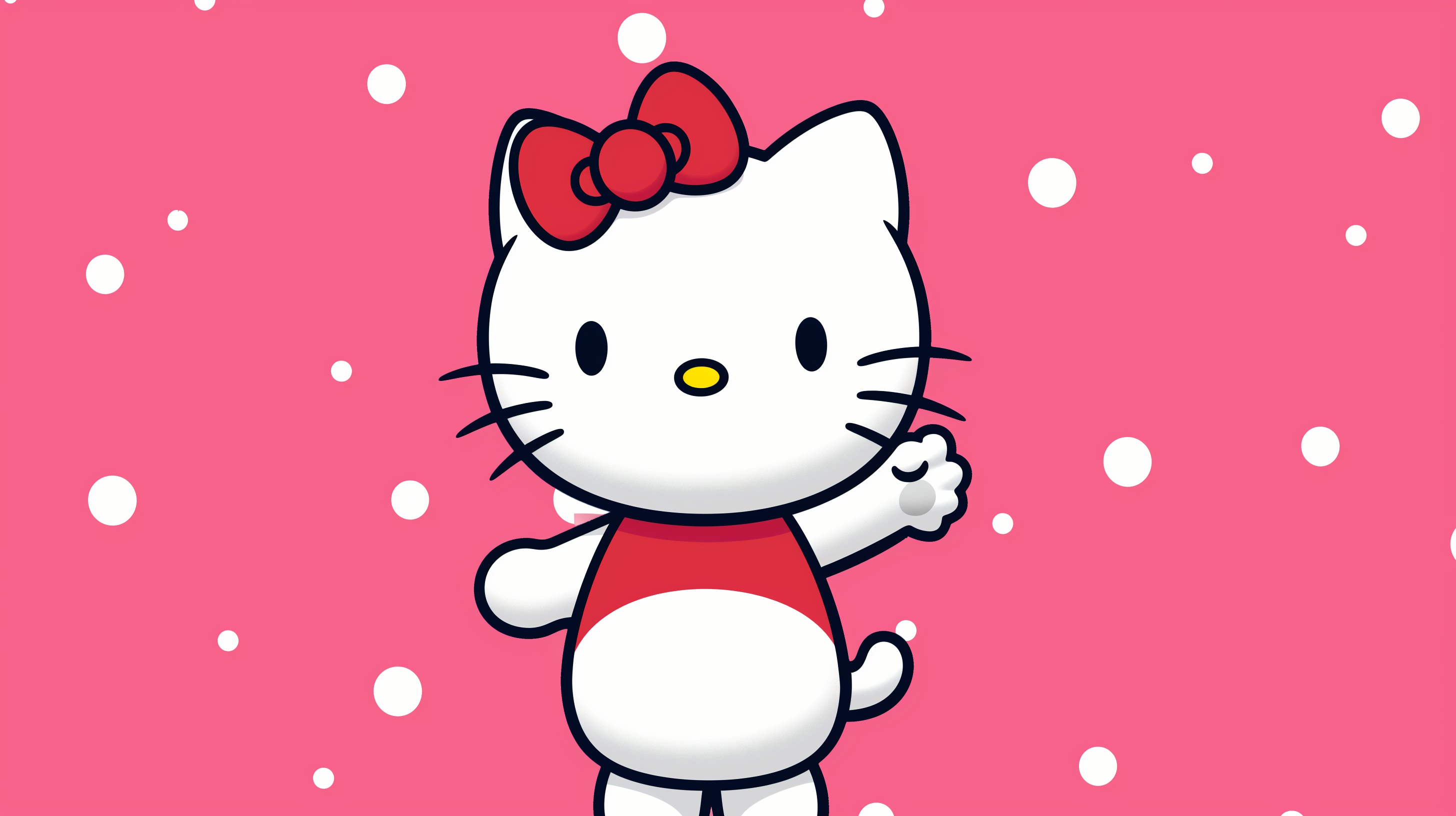
On television, Hello Kitty has had multiple series, each reflecting the values of friendship, kindness, and imagination. These shows are designed with young viewers in mind but occasionally reference broader themes that resonate with parents and older fans as well.
Her influence in pop culture cannot be overstated. Hello Kitty has graced the sides of airplanes, appeared in music videos, and even had a presence at fashion events. She manages to bridge gaps between generations and subcultures without losing her soft, iconic charm.
Despite her global fame, Hello Kitty remains rooted in Japanese pop culture. She’s often associated with “kawaii” — a style and philosophy of cuteness that has deep cultural resonance in Japan. Her image is considered a gentle escape from stress and complexity.
Interestingly, Hello Kitty isn’t even a cat — at least, not officially. Sanrio has stated that she is a British girl named Kitty White who lives just outside London. This quirky fact only adds to her appeal and invites discussions that keep her in the spotlight.

Merchandising continues to be the backbone of Hello Kitty’s success. From toys and gadgets to high-end fashion accessories, she covers a wide range. Her face is both nostalgic and modern, making her just as likely to appear on a child’s pencil case as a designer handbag.
Social media has helped revive interest in Hello Kitty. Influencers post photos of Hello Kitty-themed items, rooms, and fashion, giving the brand renewed exposure. Memes and fan art also contribute to her cultural presence and help younger generations discover her charm.
Children still encounter Hello Kitty in early stages of development, learning about friendship, patience, and creativity through her shows and books. For adults, she’s a symbol of nostalgia, often tied to memories of childhood and simpler times. She represents joy across age gaps.
Hello Kitty’s influence extends into philanthropy and causes. She has been featured in health campaigns, environmental initiatives, and even as a UNICEF ambassador. Her image adds a gentle face to serious issues, helping reach broader and more diverse audiences.
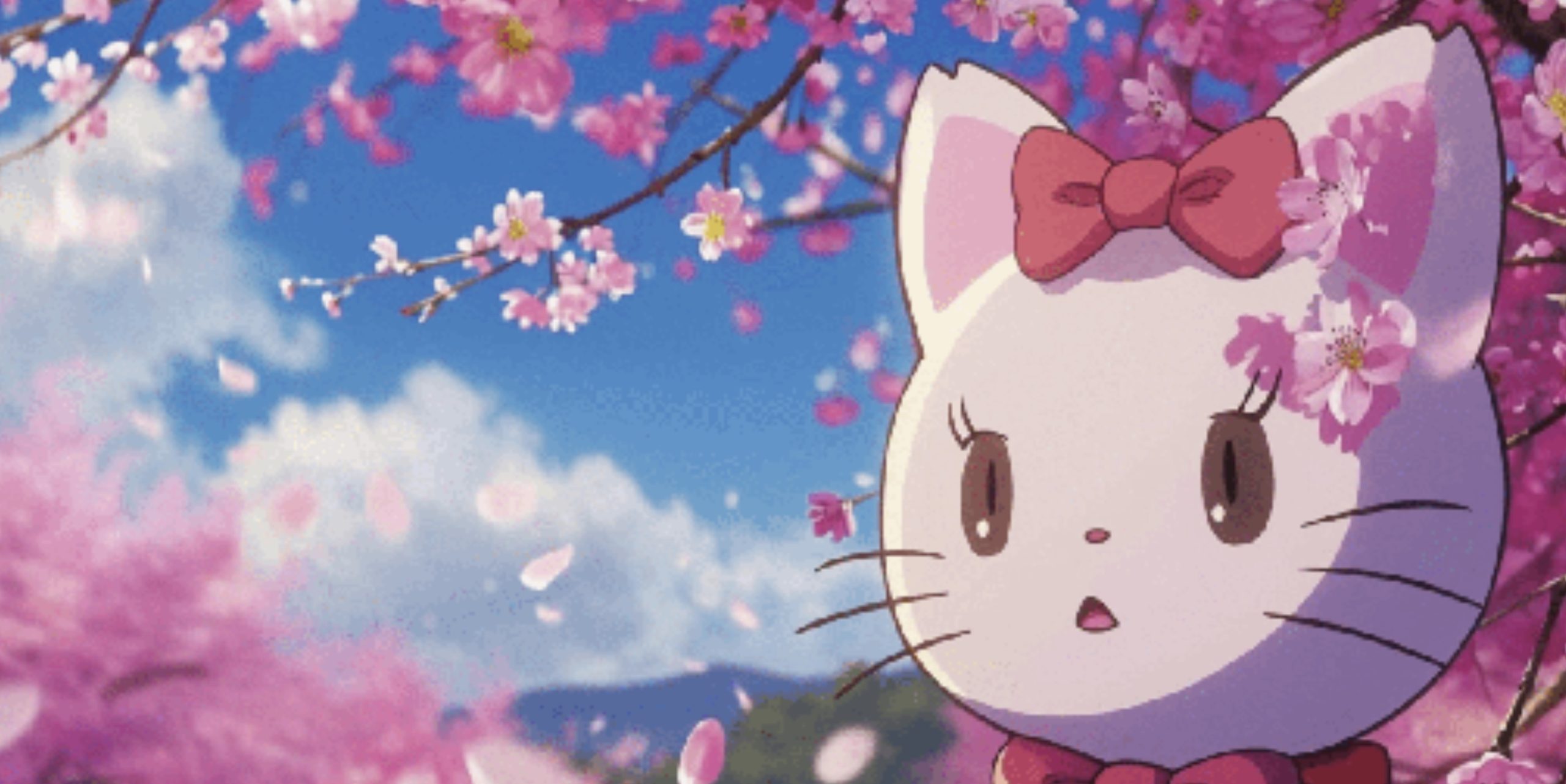
There’s something timeless about Hello Kitty. She has managed to stay charming and relevant without changing too much. In a rapidly shifting world, her constant smile and soft presence offer stability and comfort that few pop culture icons can match.
As Sanrio continues to innovate while respecting tradition, Hello Kitty remains a central figure in their brand. Her ability to balance nostalgia with trendiness ensures she’ll continue engaging hearts — whether through plush toys or limited-edition fashion drops — for years to come.
Hello Kitty’s story is ultimately one of endurance, gentle charm, and universal connection. From coin purses to digital media, she continues to offer a calm, welcoming presence. Her silent smile speaks volumes, reminding fans that simplicity and kindness still have power in every corner of life.
1. Pokémon

It comes as no surprise that Pokémon reigns as the highest-grossing anime franchise in history. While The Pokémon Company ceased publicizing Pokémon’s total worth in 2019, estimations placed its value at approximately $71 billion at that time. By 2022, this figure purportedly surged to surpass $100 billion.
Despite boasting an immensely successful anime, trading card game, and video game lineup, licensed merchandising emerges as Pokémon’s primary revenue driver.
Sales of licensed merchandise, including toys and books, consistently surpass those of Pokémon’s video games, manga, cards, and anime combined.
With its formidable presence across various mediums, this juggernaut franchise has solidified its status as the highest-grossing anime of all time and shows no signs of relinquishing its title in the foreseeable future.
Pokémon began as a Game Boy title in the 1990s but quickly expanded into one of the most influential franchises of all time. With its anime series launching in 1997, it introduced global audiences to Ash Ketchum, Pikachu, and a universe filled with imaginative creatures. Over time, the show grew beyond just collecting creatures—becoming a story of ambition, friendship, and emotional resilience.
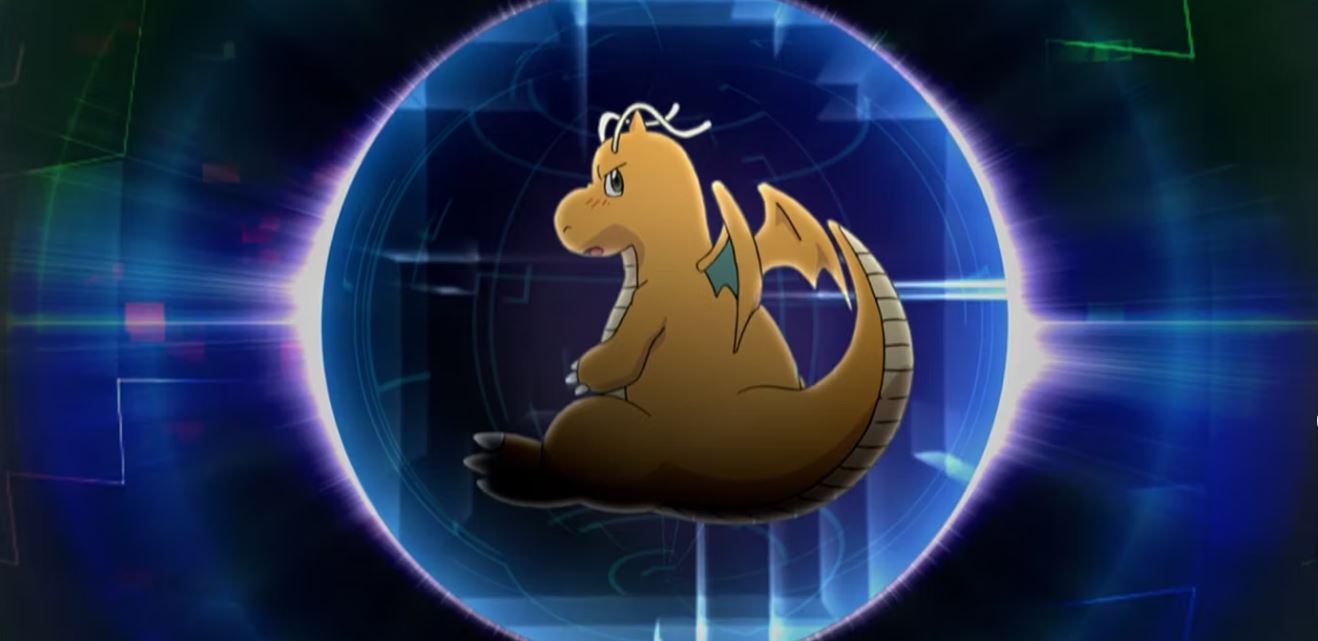
The anime’s charm lies in its core idea: trainers setting out to bond with Pokémon and grow together. Ash, an eager young boy from Pallet Town, starts with his loyal Pikachu. Their early struggles laid the foundation for an evolving partnership built on trust and perseverance. Through each region, their connection grows, becoming a symbol of mutual respect and understanding between humans and Pokémon.
One standout element is how the series captures emotional maturity. While the surface presents lively battles and humorous misadventures, deeper themes surface often—letting go of a companion, overcoming self-doubt, or learning from failure. These moments add heart and sincerity, especially when Ash parts with close partners like Butterfree or Goodra to support their growth.
As the series traveled from Kanto to Johto, Hoenn, Sinnoh, and beyond, the anime adapted its tone to match the shifting era of Pokémon games. Each region came with new rules, companions, and legendary Pokémon. The show stayed relevant by blending nostalgia with fresh experiences, ensuring fans of all ages remained connected through both familiarity and novelty.
Ash’s journey wasn’t just about gym badges. His encounters with trainers, gym leaders, and rivals brought different philosophies about battling, loyalty, and teamwork. Gary Oak pushed Ash to become more strategic. Paul, in contrast, challenged Ash’s belief in bonding with Pokémon emotionally. These rivalries weren’t merely competitive—they were philosophical.
The anime doesn’t shy away from themes of failure. Ash loses leagues, falters in battles, and occasionally makes poor choices. These defeats aren’t dismissed—they’re turning points. The Kalos League finale, where he falls short despite immense growth, is one such emotional blow that mirrors real-life setbacks and the importance of perseverance.
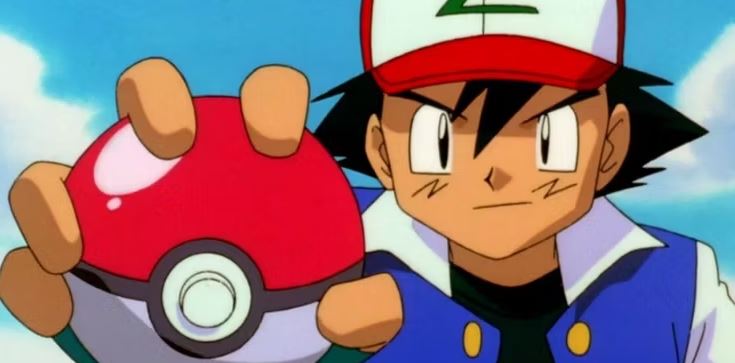
Team Rocket—Jessie, James, and Meowth—add comic relief, but their consistent failures also highlight another theme: persistence. Despite countless defeats, they remain determined. Occasionally, the show offers glimpses into their pasts, revealing the pain behind the laughter. These moments add depth to their characters, making them more than just villains.
The companionship in Pokémon is not limited to trainer and Pokémon. Ash’s relationships with Misty, Brock, May, Dawn, and others highlight diverse friendships. Each companion brings unique strengths and flaws, teaching Ash—and viewers—about trust, disagreement, and support. Their departures are always emotional, underlining the show’s focus on fleeting yet meaningful connections.
Music in the series plays a critical role in its emotional appeal. The opening themes across generations aren’t just catchy—they reflect the spirit of the seasons. Songs like “The Journey Starts Today” or “Together” emphasize hope, courage, and new beginnings, enhancing the emotional beats of the episodes.
Visually, the animation has evolved significantly. The early hand-drawn style of the Kanto region gave way to smoother, vibrant digital art in recent years. Battle scenes became more dynamic, and character expressions more nuanced. The shift was especially notable in Pokémon Journeys, which embraced cinematic quality, pushing the franchise’s artistic standards.
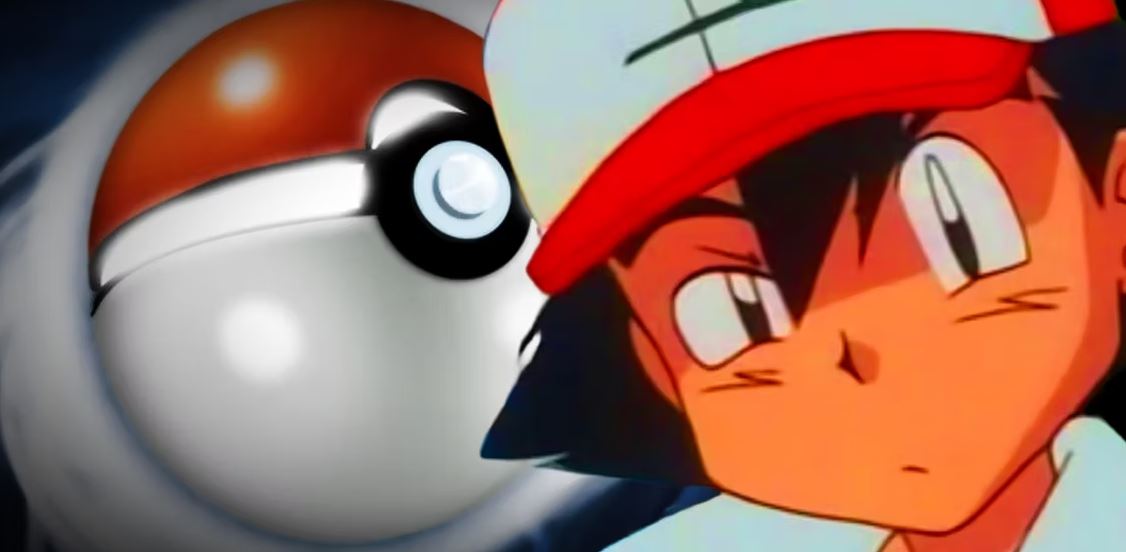
One of the series’ proudest moments came when Ash finally became a world champion in Pokémon Journeys. This long-awaited achievement felt earned—not just for Ash, but for fans who had grown up watching his struggles. It wasn’t just a victory in the narrative—it was a payoff for years of commitment to a character that embodied effort and growth.
The introduction of Goh in Journeys shifted the focus slightly. Unlike Ash, who focused on battles, Goh aimed to catch every Pokémon. This contrast allowed the show to explore a new dimension of the franchise: research and discovery. It showcased how Pokémon trainers can follow different paths and still achieve meaningful goals.
Outside the anime, Pokémon extended its reach into films, merchandise, and spinoffs. Movies like Pokémon: The First Movie and Pokémon: I Choose You! explored the deeper bonds between Ash and his Pokémon. The former, especially, left a lasting impression with its moral about coexistence and empathy, introducing viewers to powerful emotional stakes.
The presence of legendary and mythical Pokémon added an element of awe to the narrative. Their inclusion often came with moral questions—about power, responsibility, and balance. Encounters with Mewtwo, Lugia, or Zeraora weren’t just flashy events; they carried philosophical undertones that offered a deeper message behind the action.
Newer series like Pokémon Horizons introduce fresh protagonists and storylines, showing that the franchise is not reliant solely on Ash. This transition allows for new interpretations while respecting the foundation laid by earlier series. It demonstrates the flexibility of the Pokémon universe, capable of reinventing itself without losing its core.
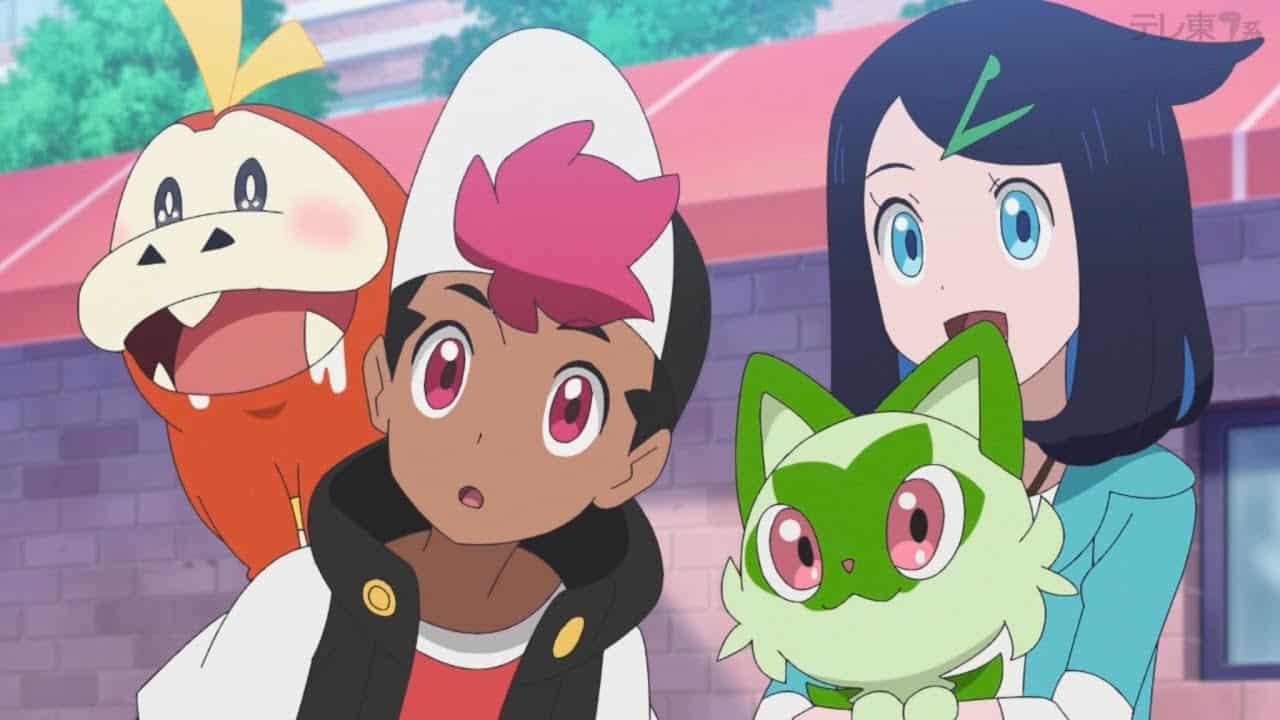
The emotional reach of the anime is universal. Kids find wonder in the colorful creatures and adventures. Teenagers relate to the trials of growing up, while adults revisit the show for comfort or nostalgia. The timeless themes of loyalty, kindness, and perseverance ensure that every viewer finds something meaningful, regardless of age.
Beyond fiction, Pokémon has impacted real life. It encourages players and viewers to explore, collect, and build bonds—whether with digital creatures or real-world friends. Events like Pokémon Go further blurred the lines between the game and reality, building a global community rooted in shared curiosity and adventure.

Educationally, the franchise has also found a place. Concepts like evolution, habitats, and cooperation mirror real-world biology and ethics, making it an engaging way for younger audiences to absorb lessons without realizing it. It’s entertainment that educates, often through the lens of empathy and respect for life.
Pokémon remains more than just an anime. It’s a cultural marker—a symbol of generations growing up, dreaming big, and continuing to chase after something meaningful. Whether you’re just starting with Pikachu or reminiscing about Charizard’s early battles, there’s always another region, another story, another friendship waiting to unfold.


